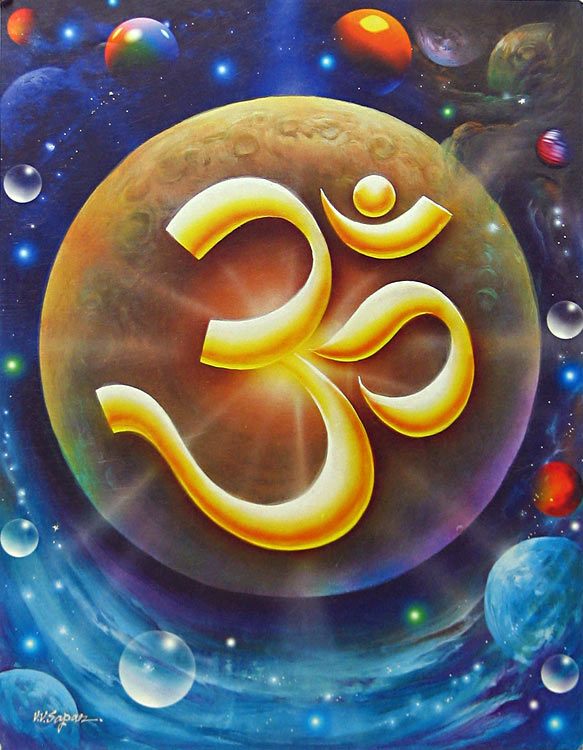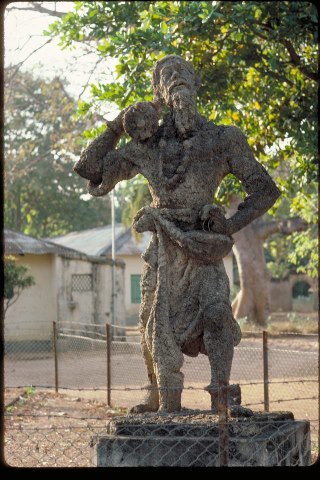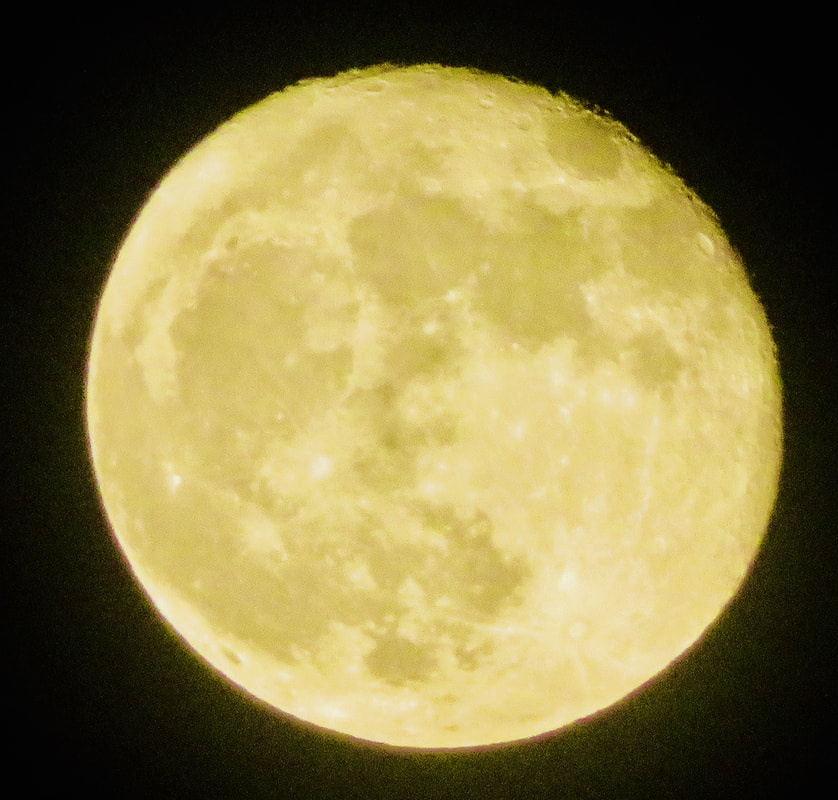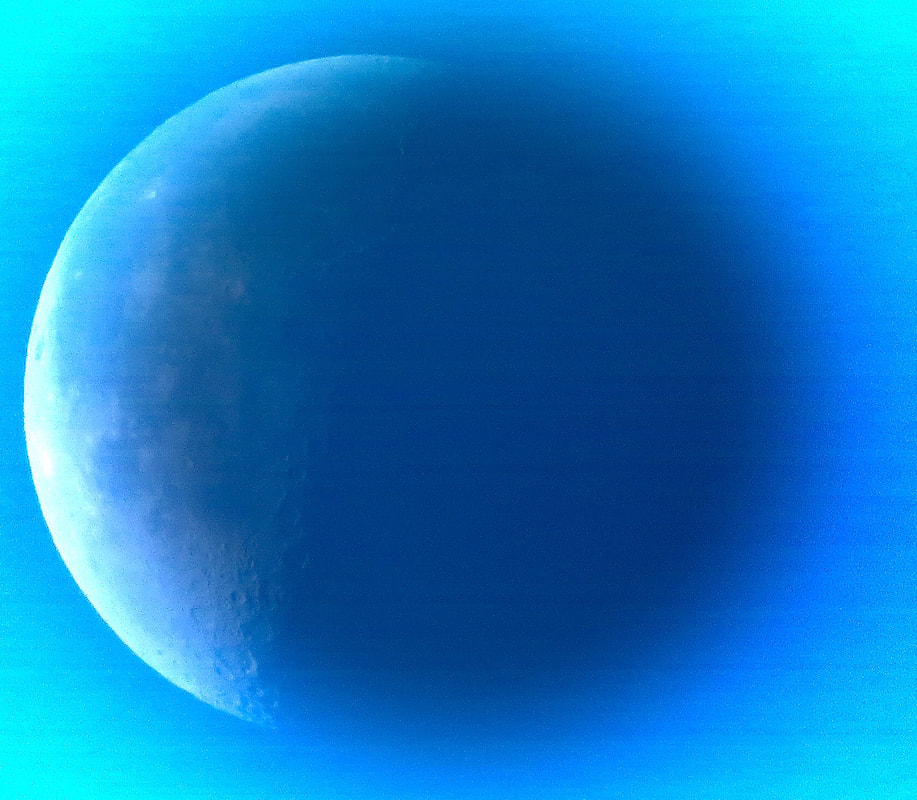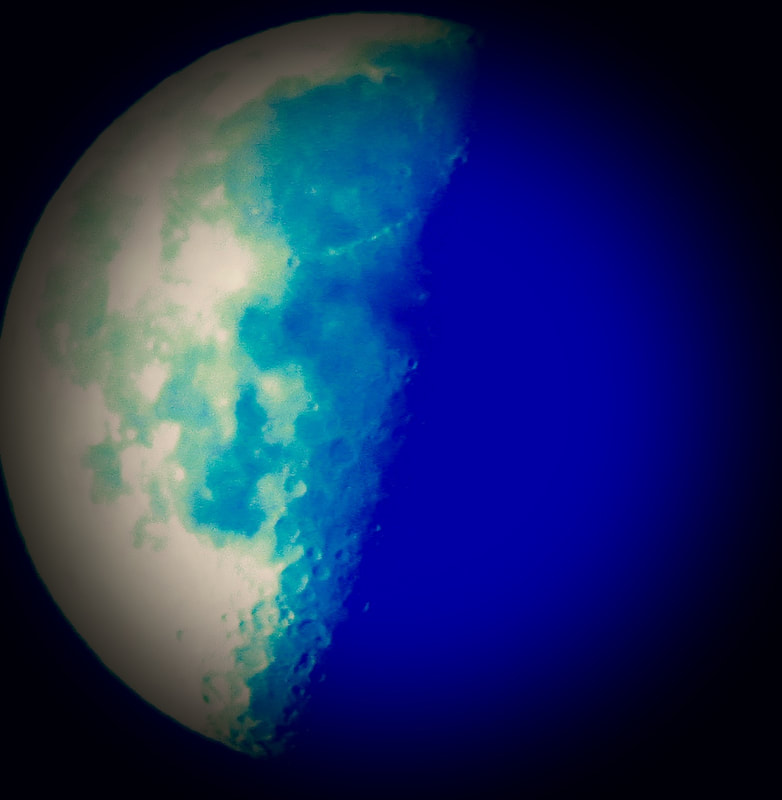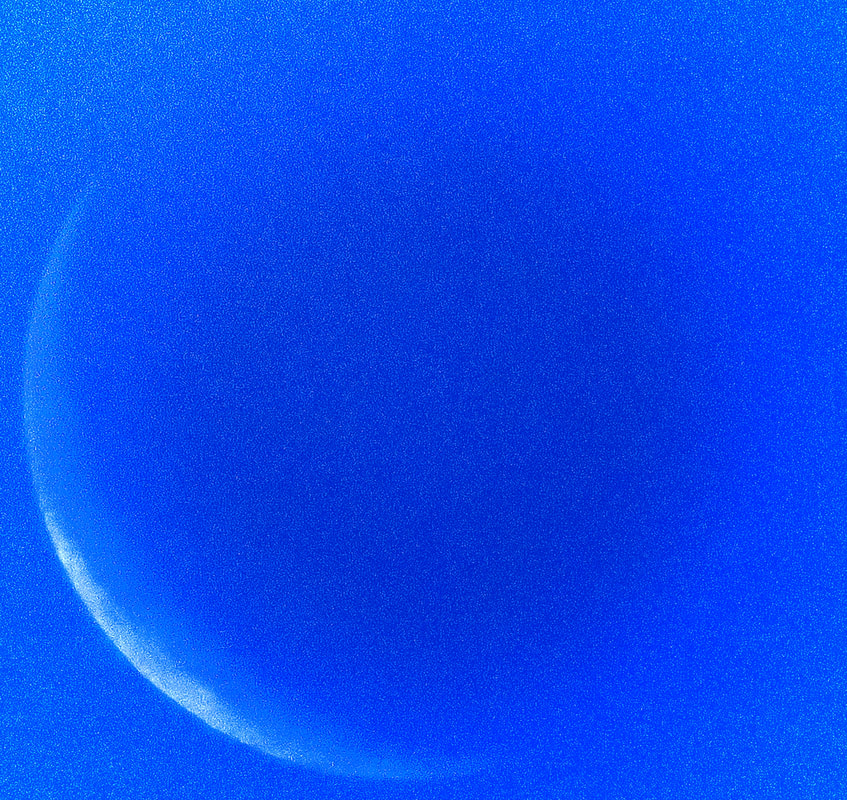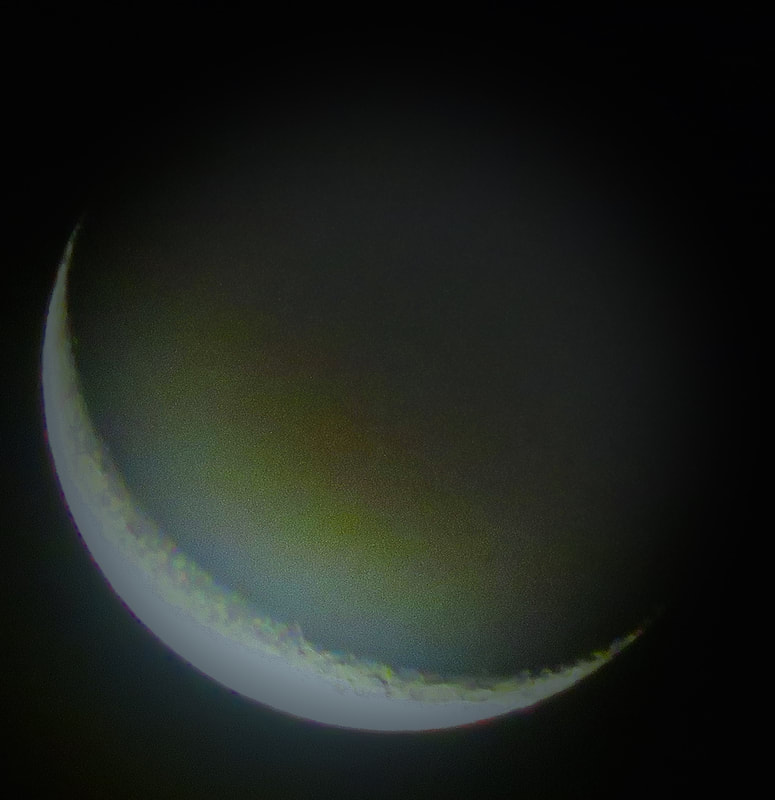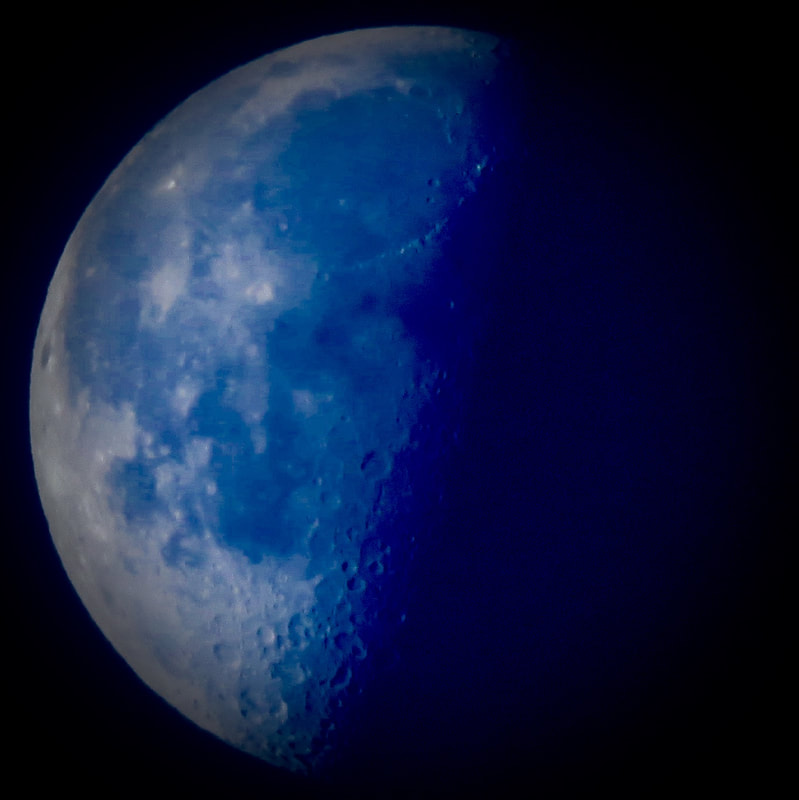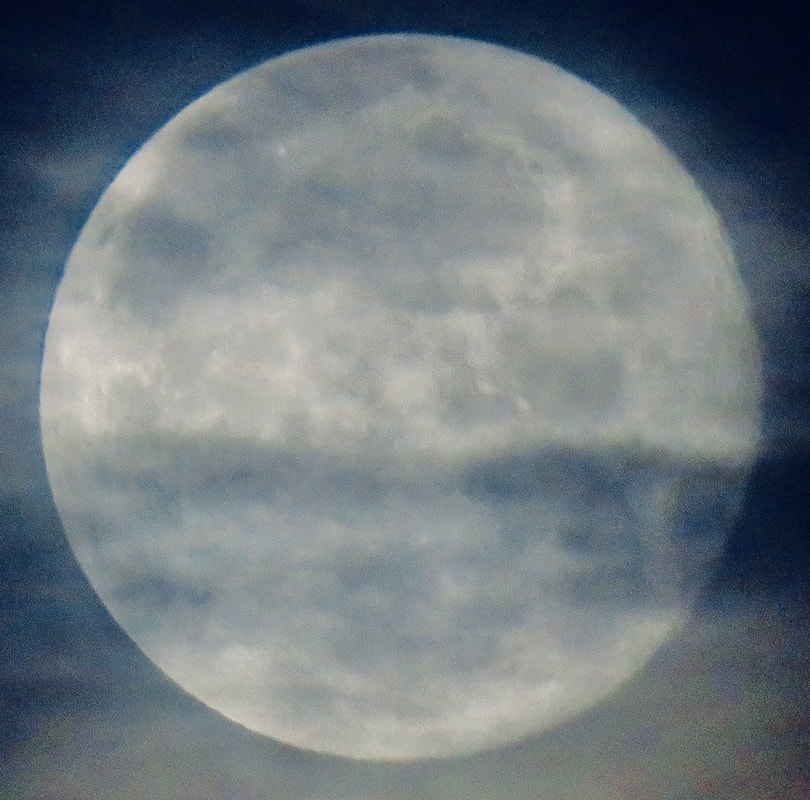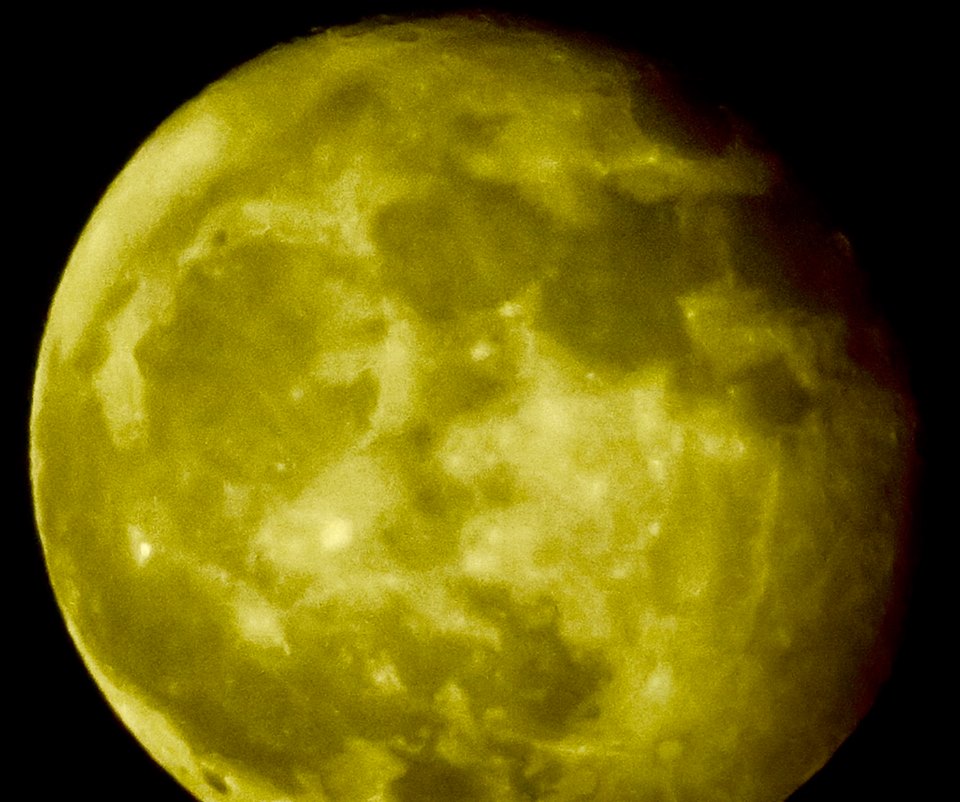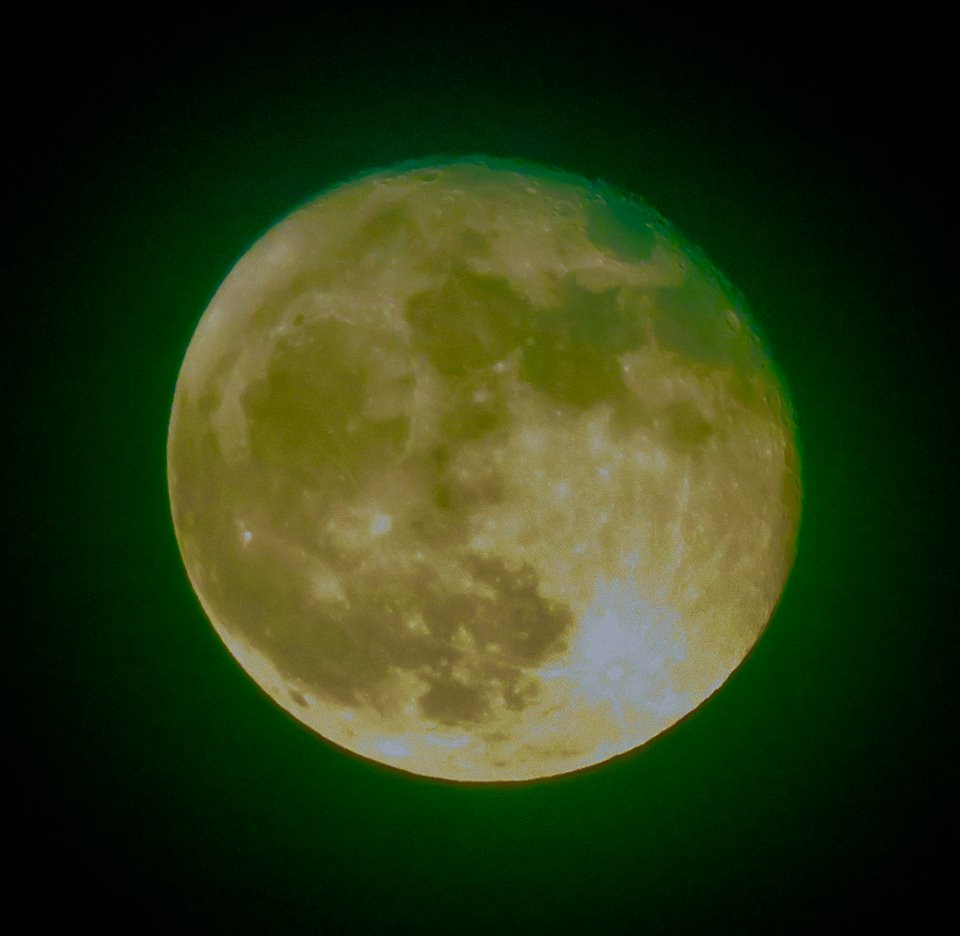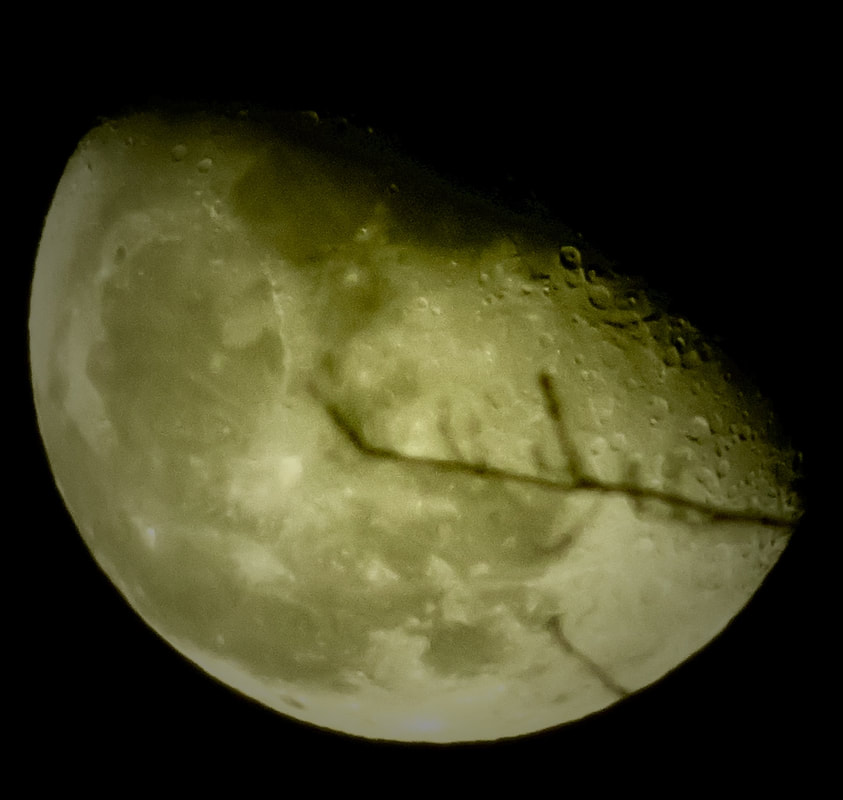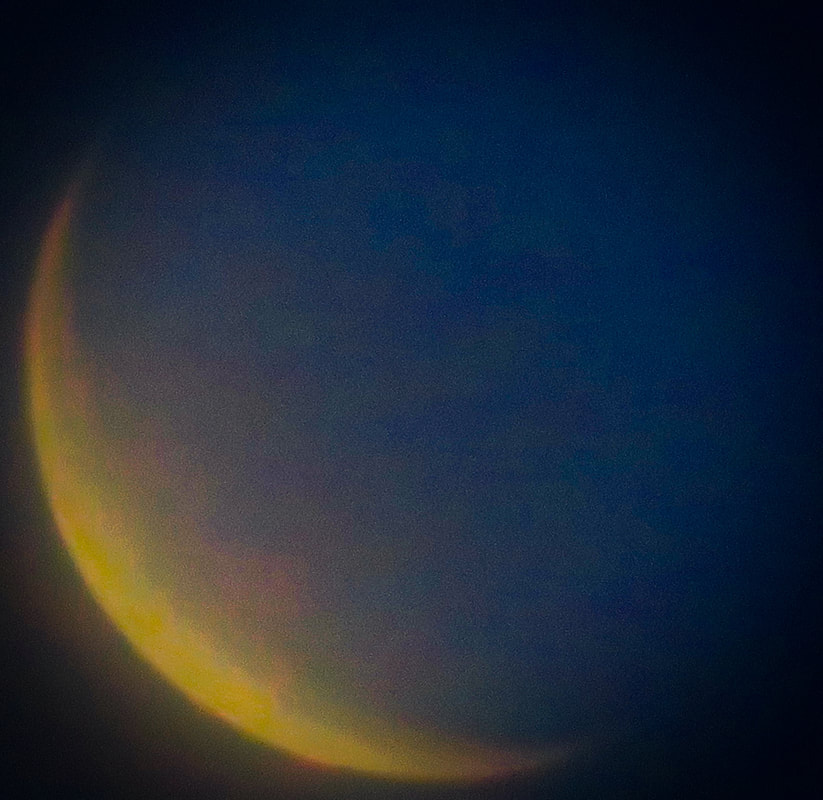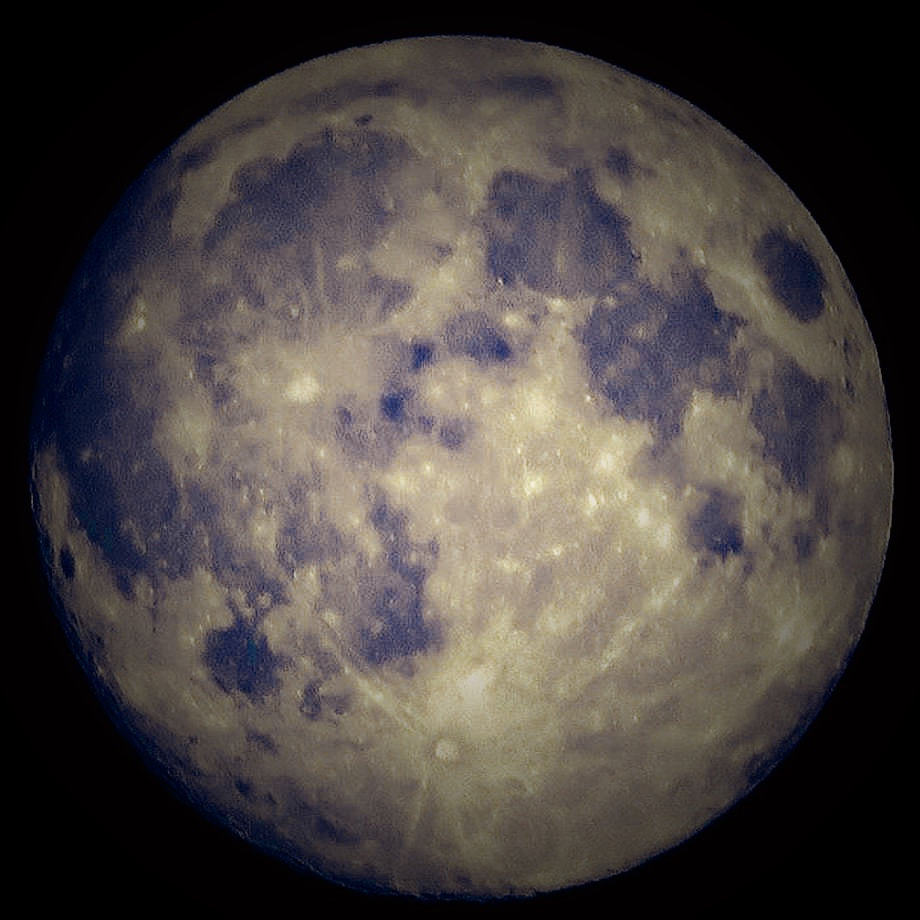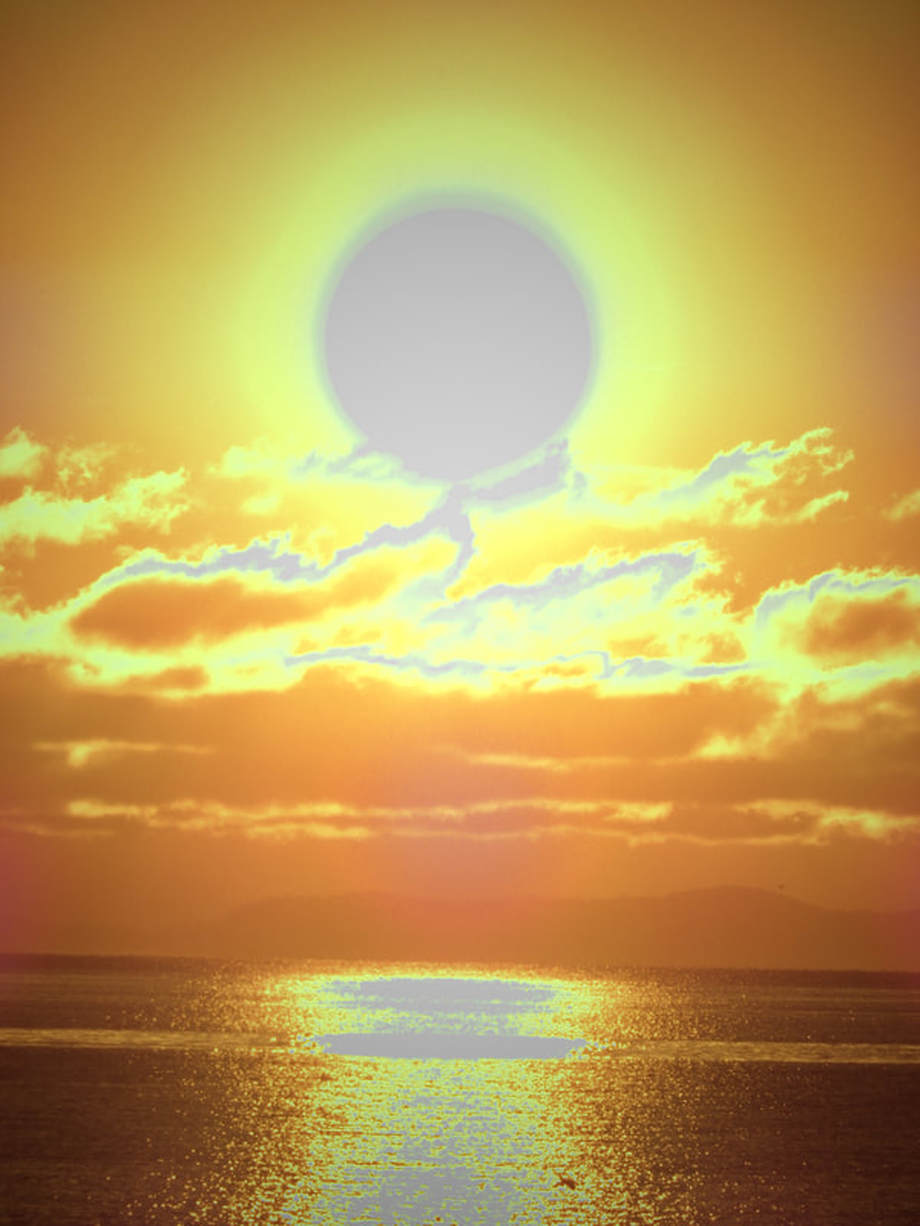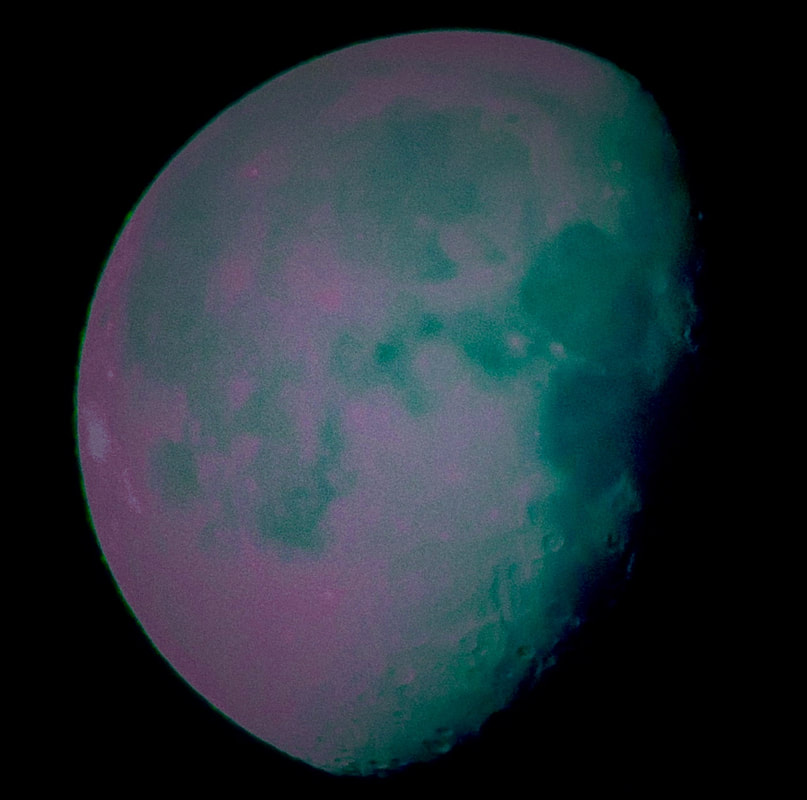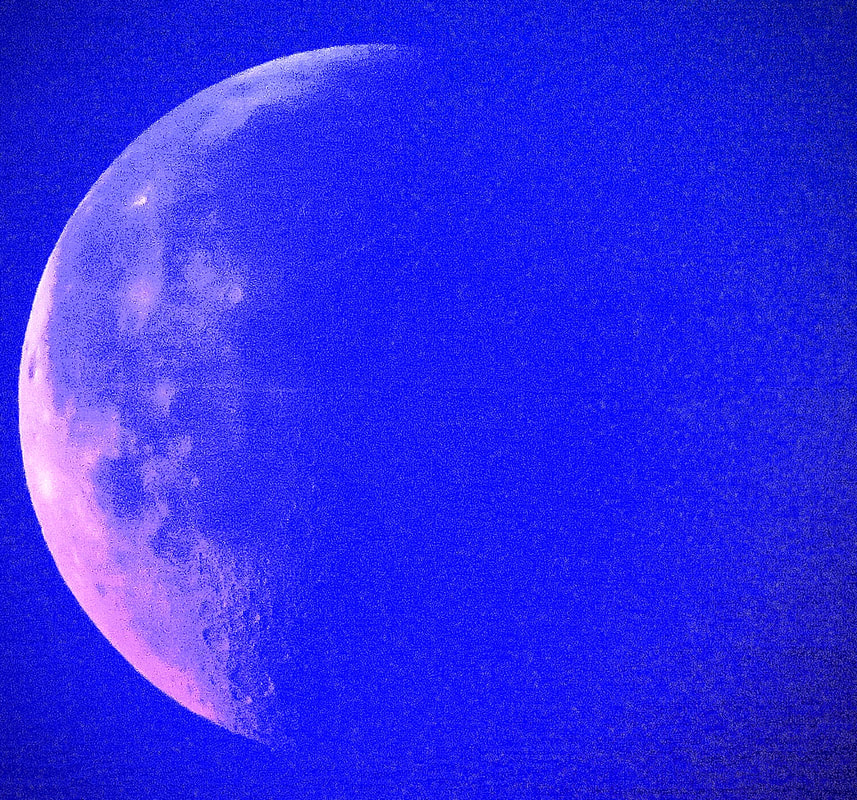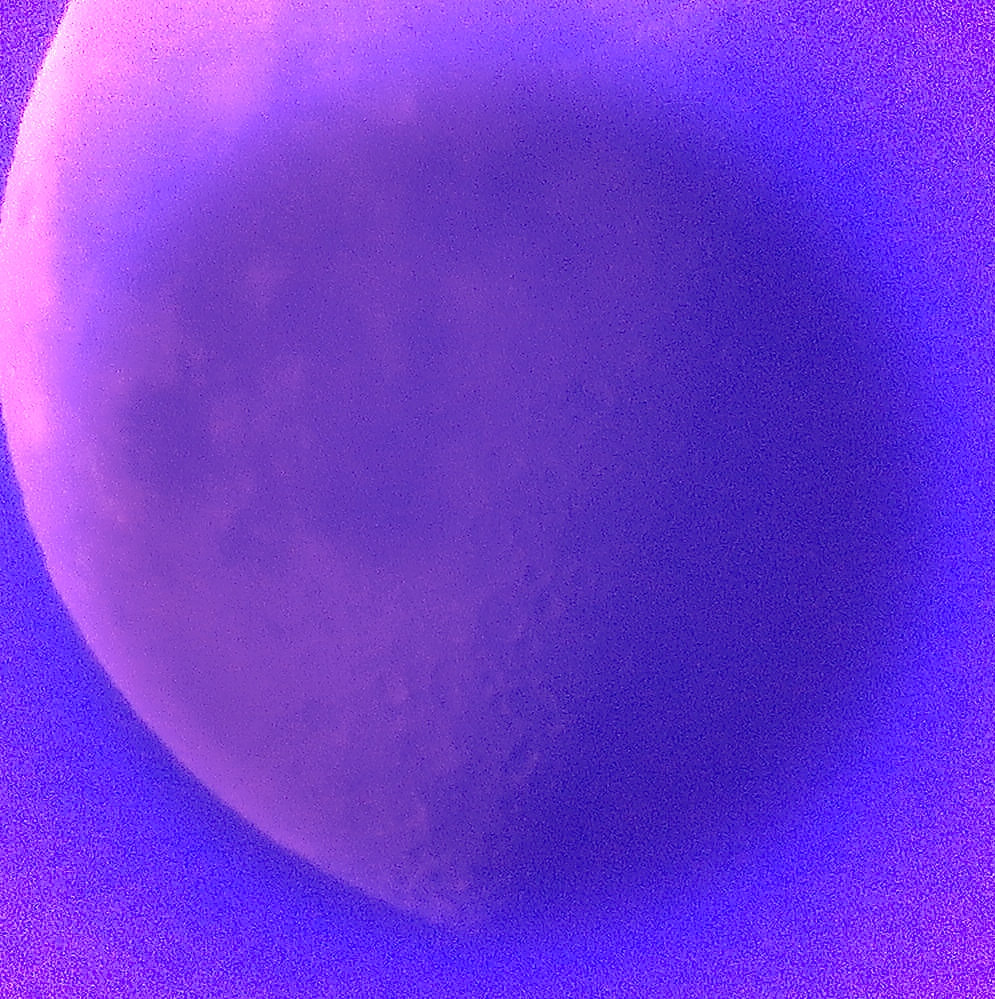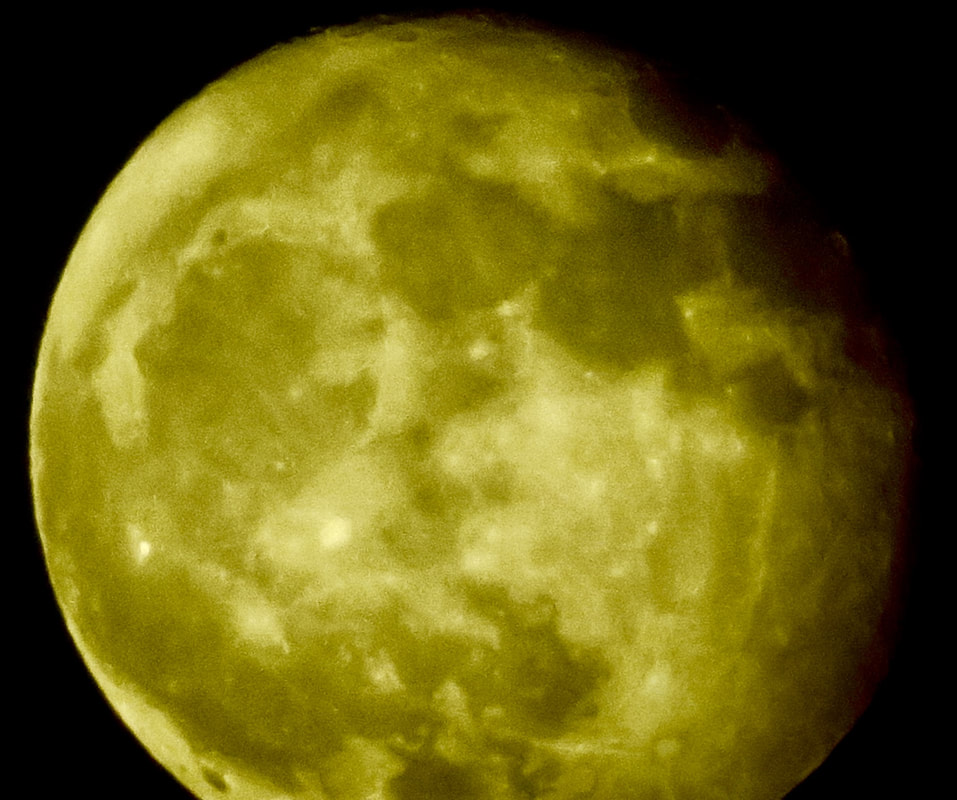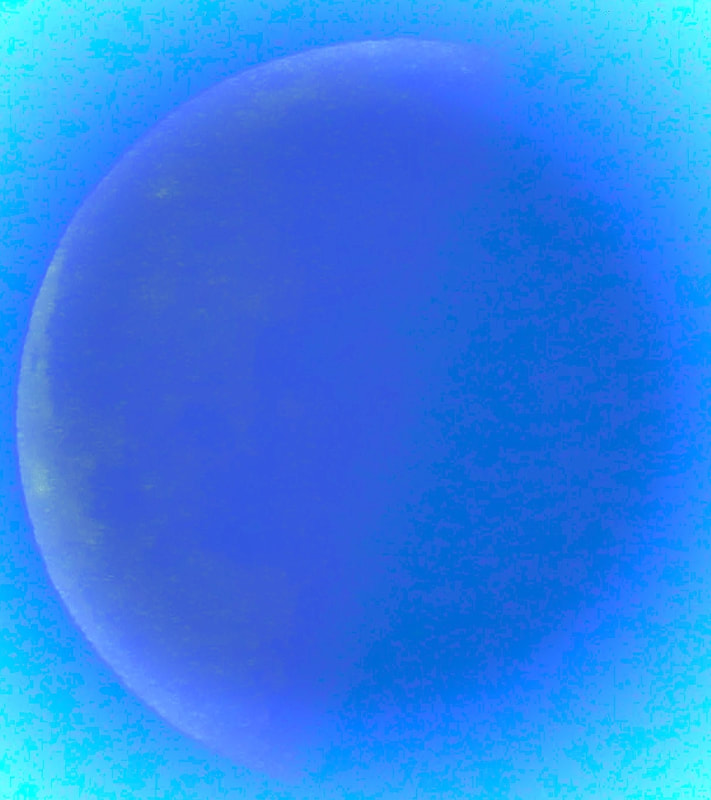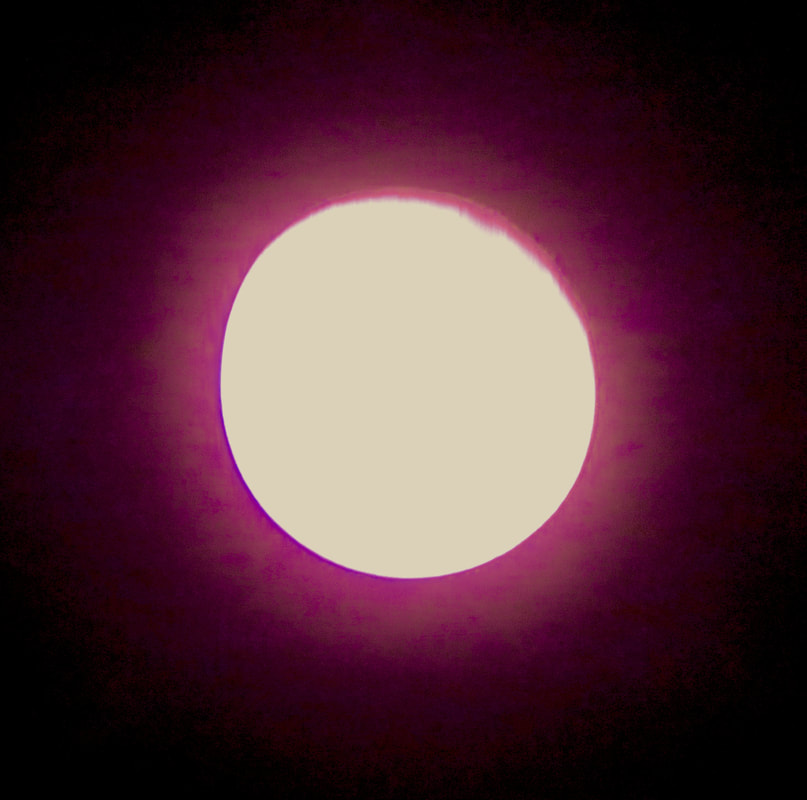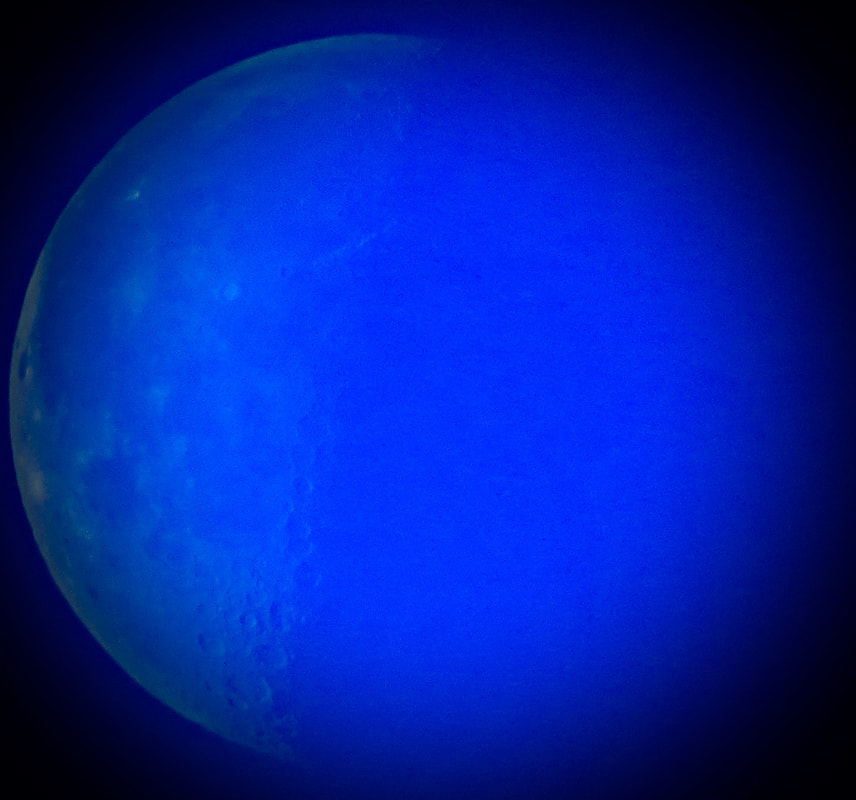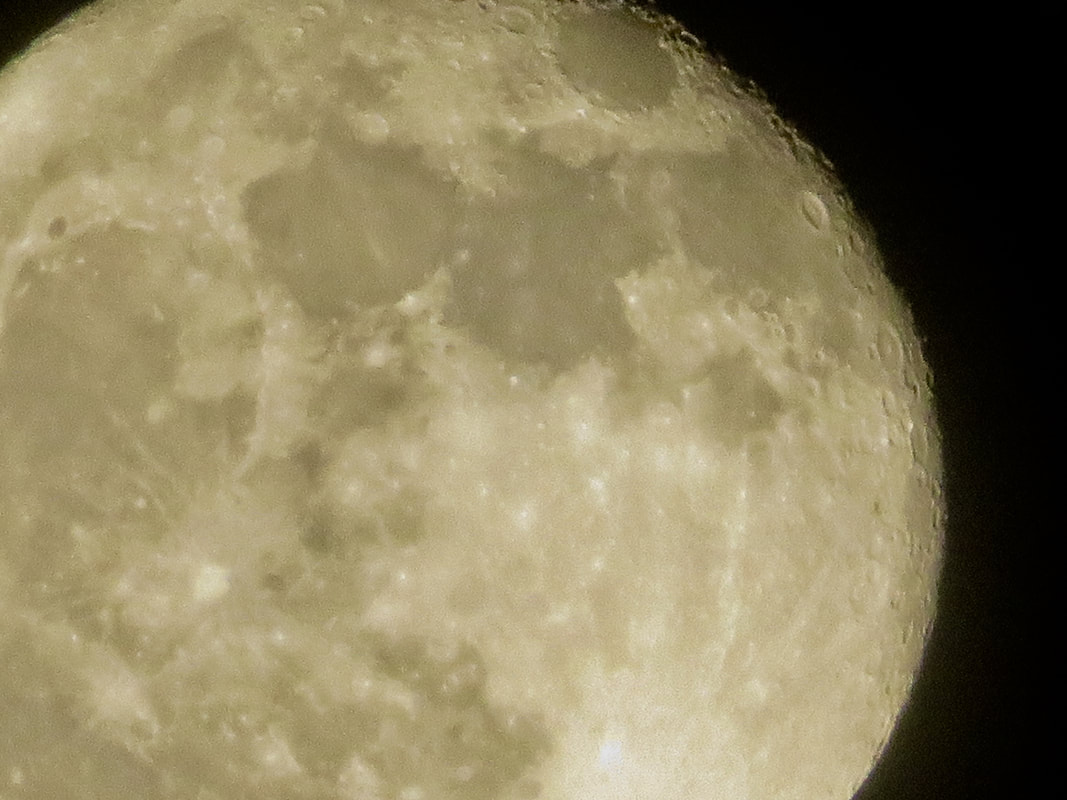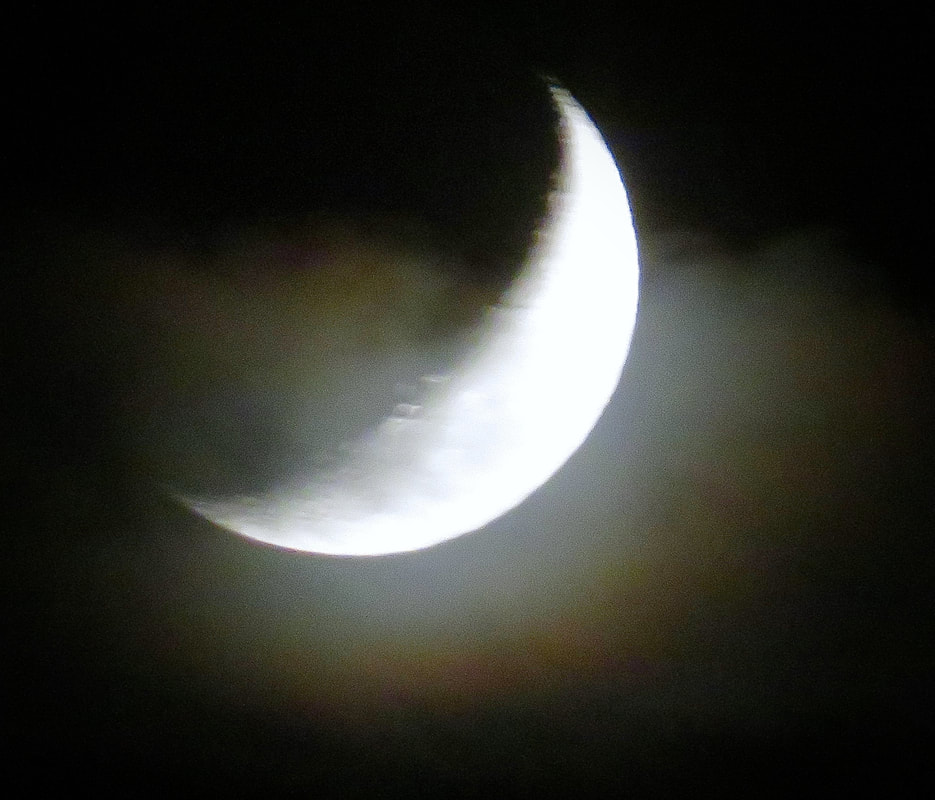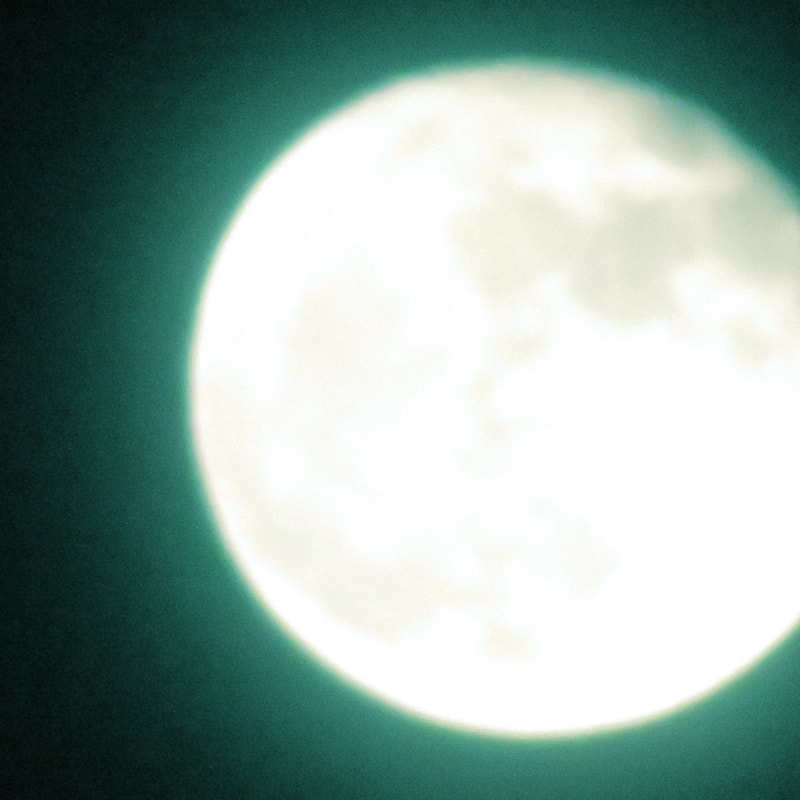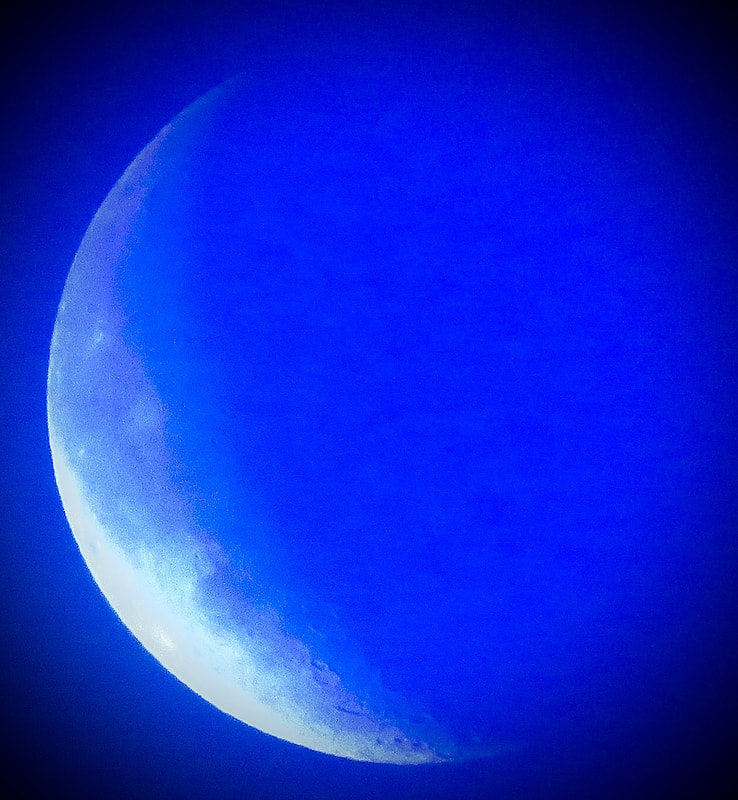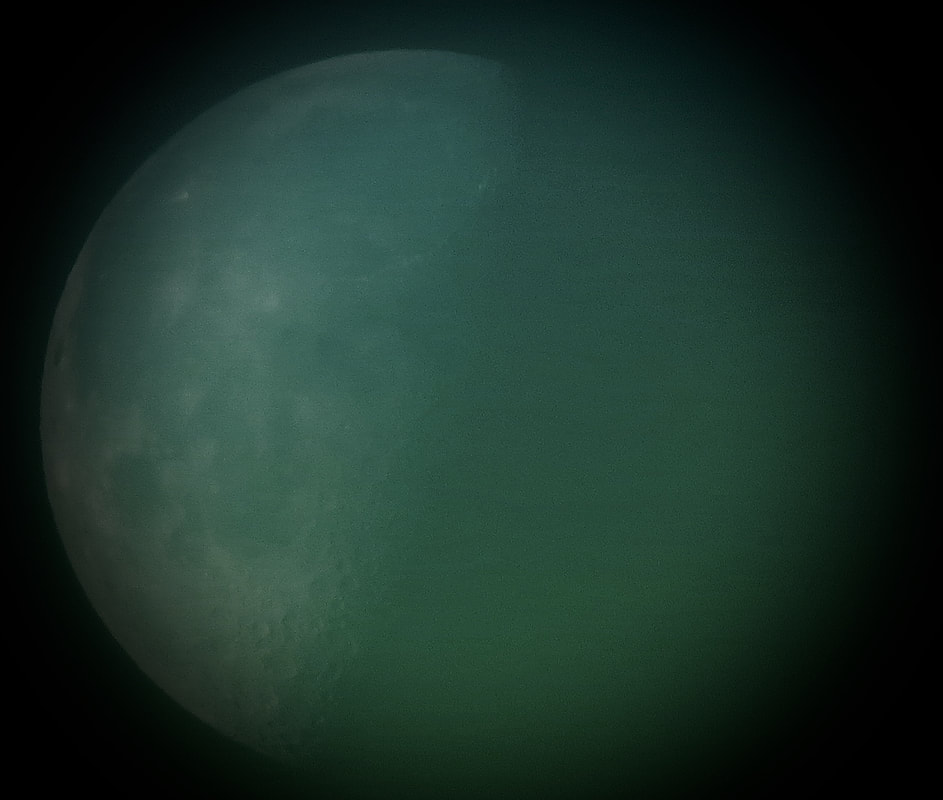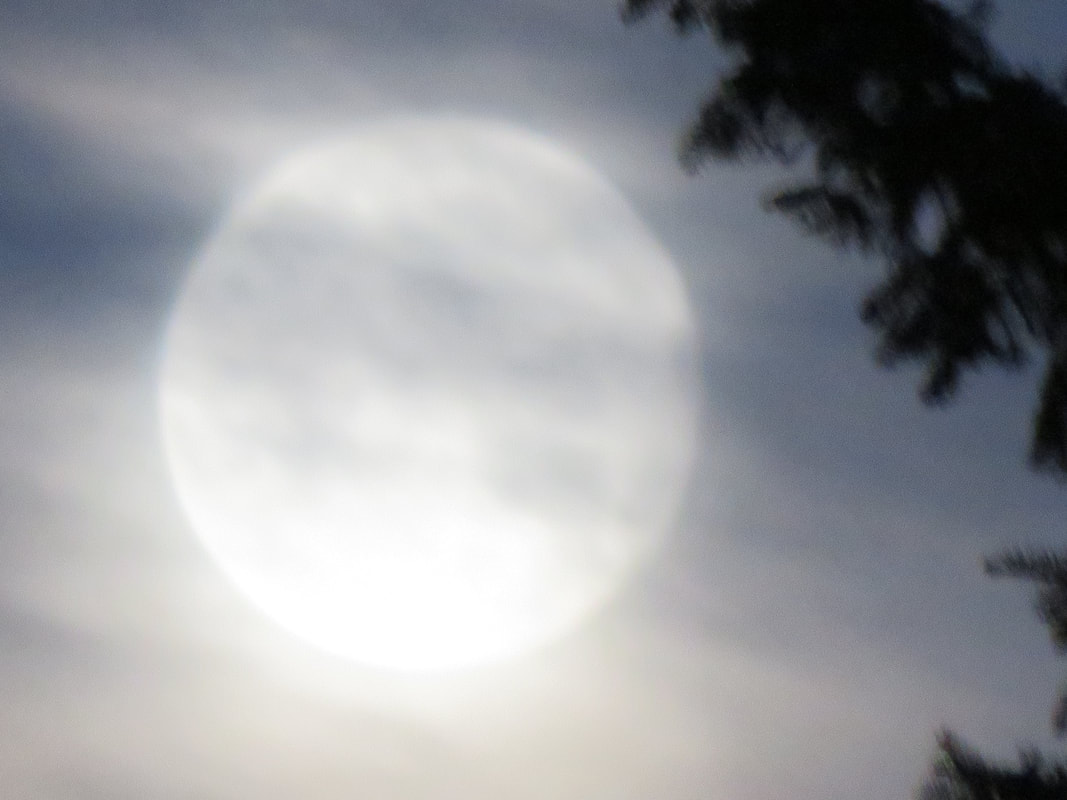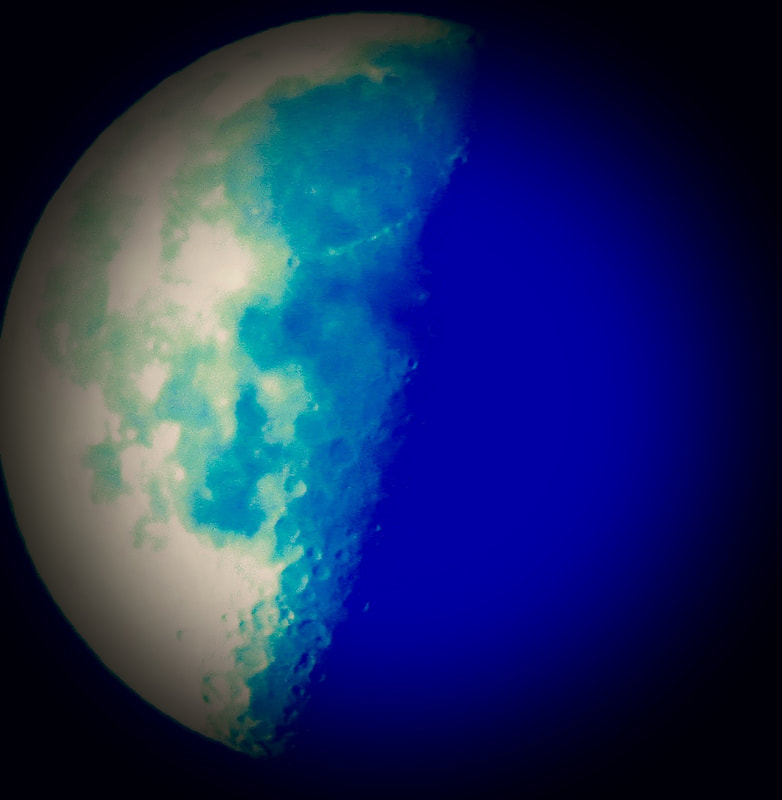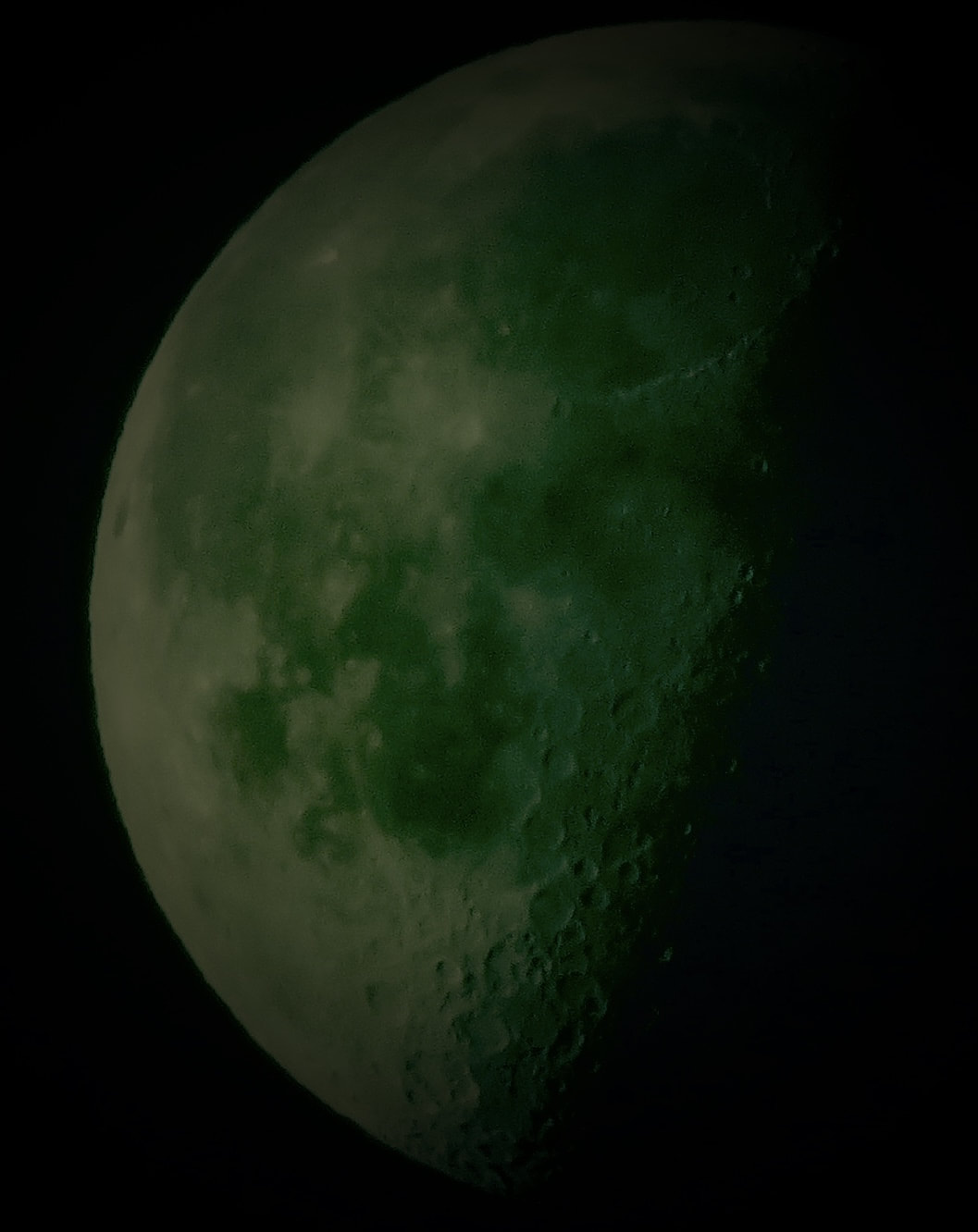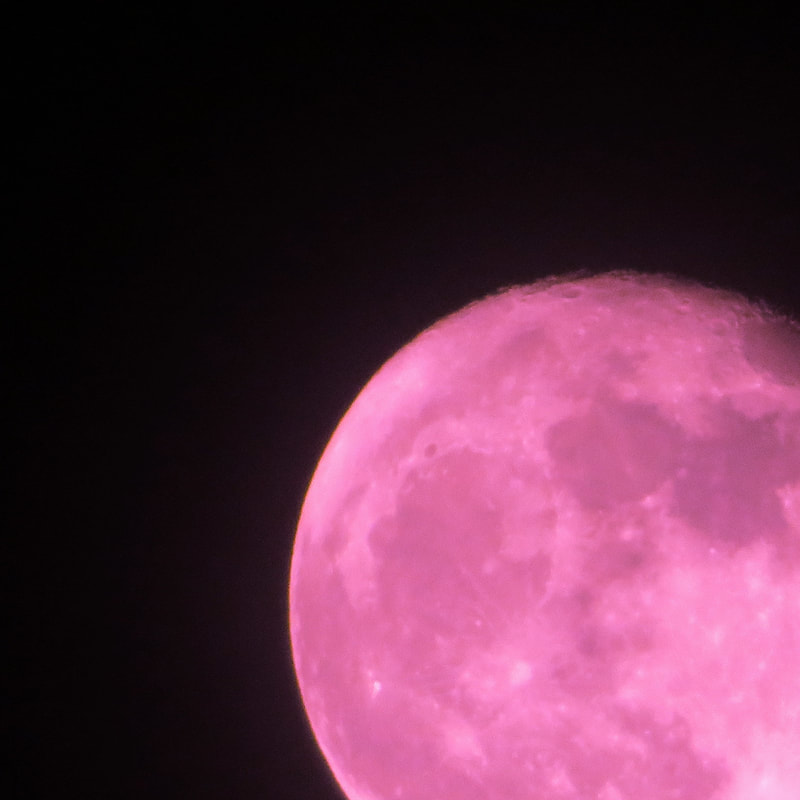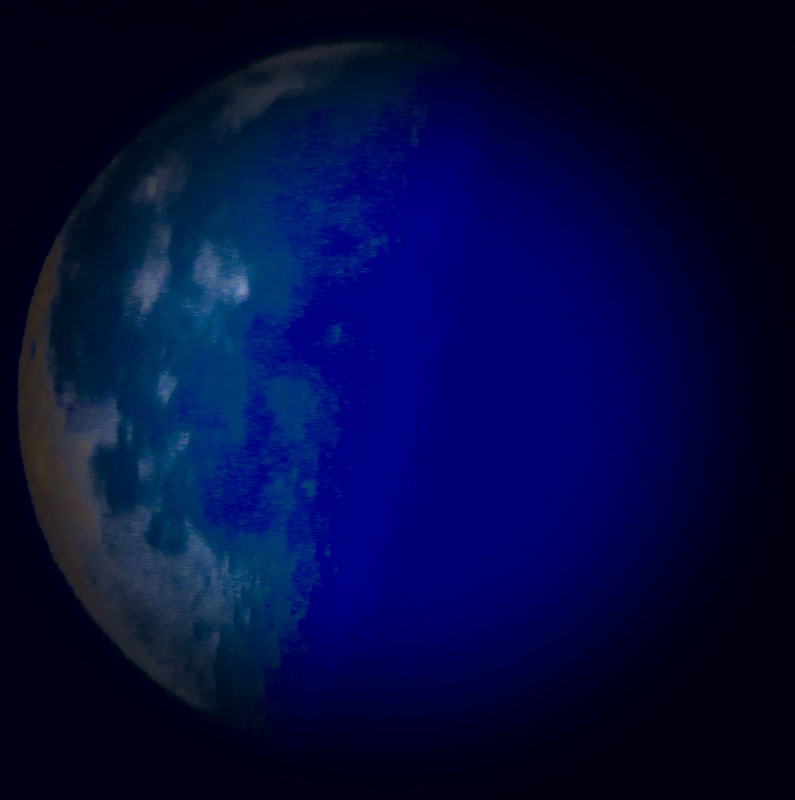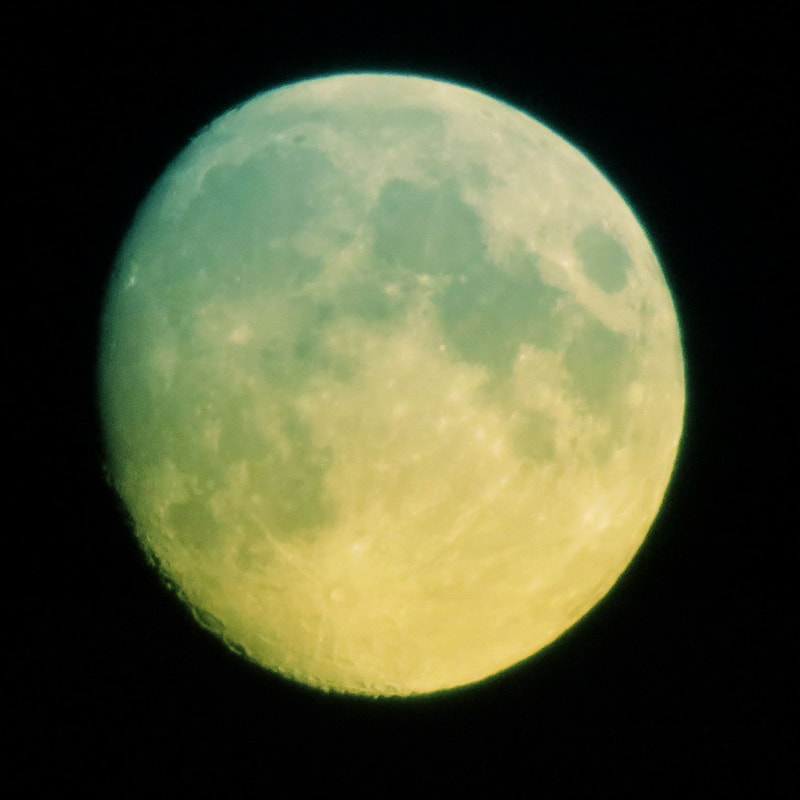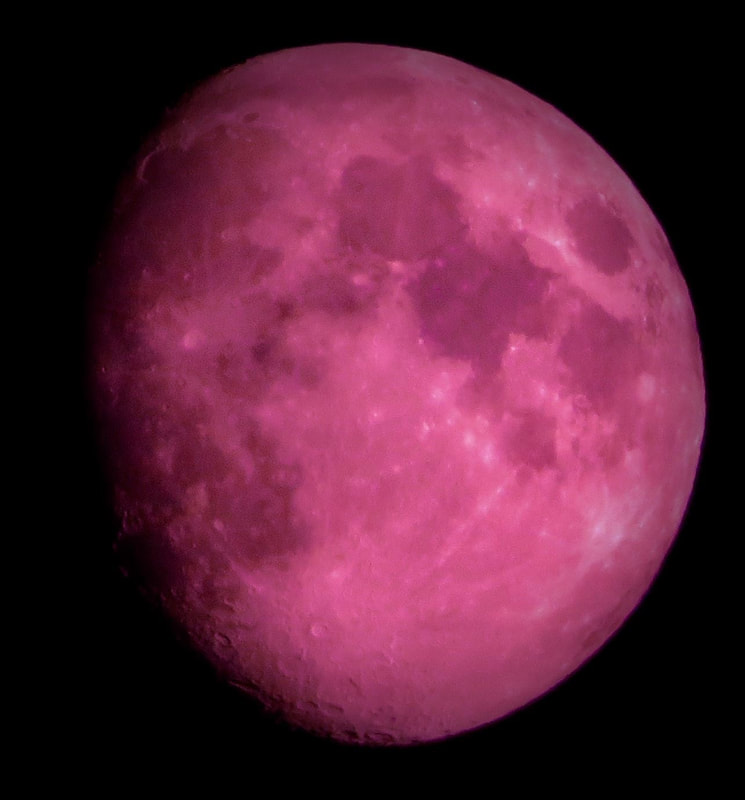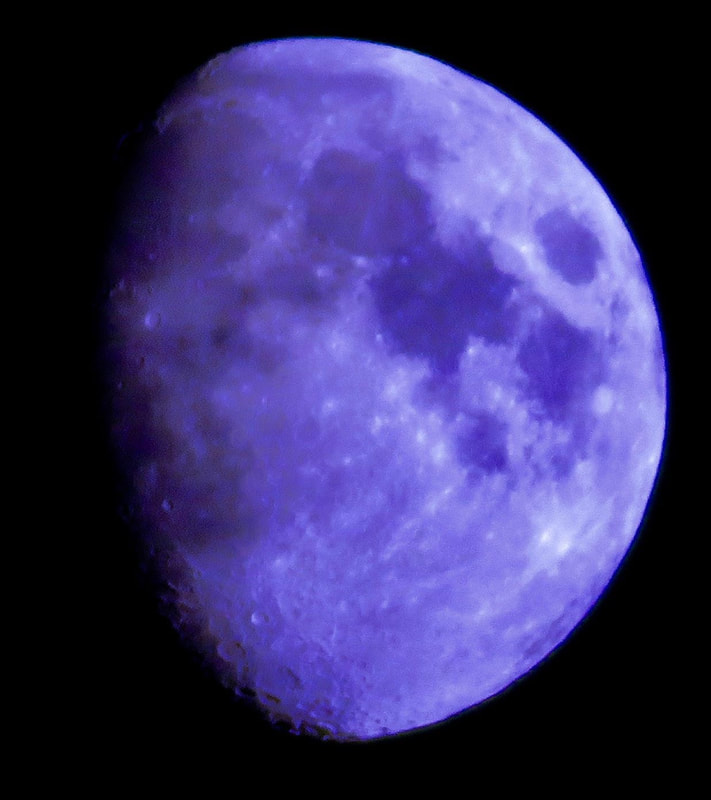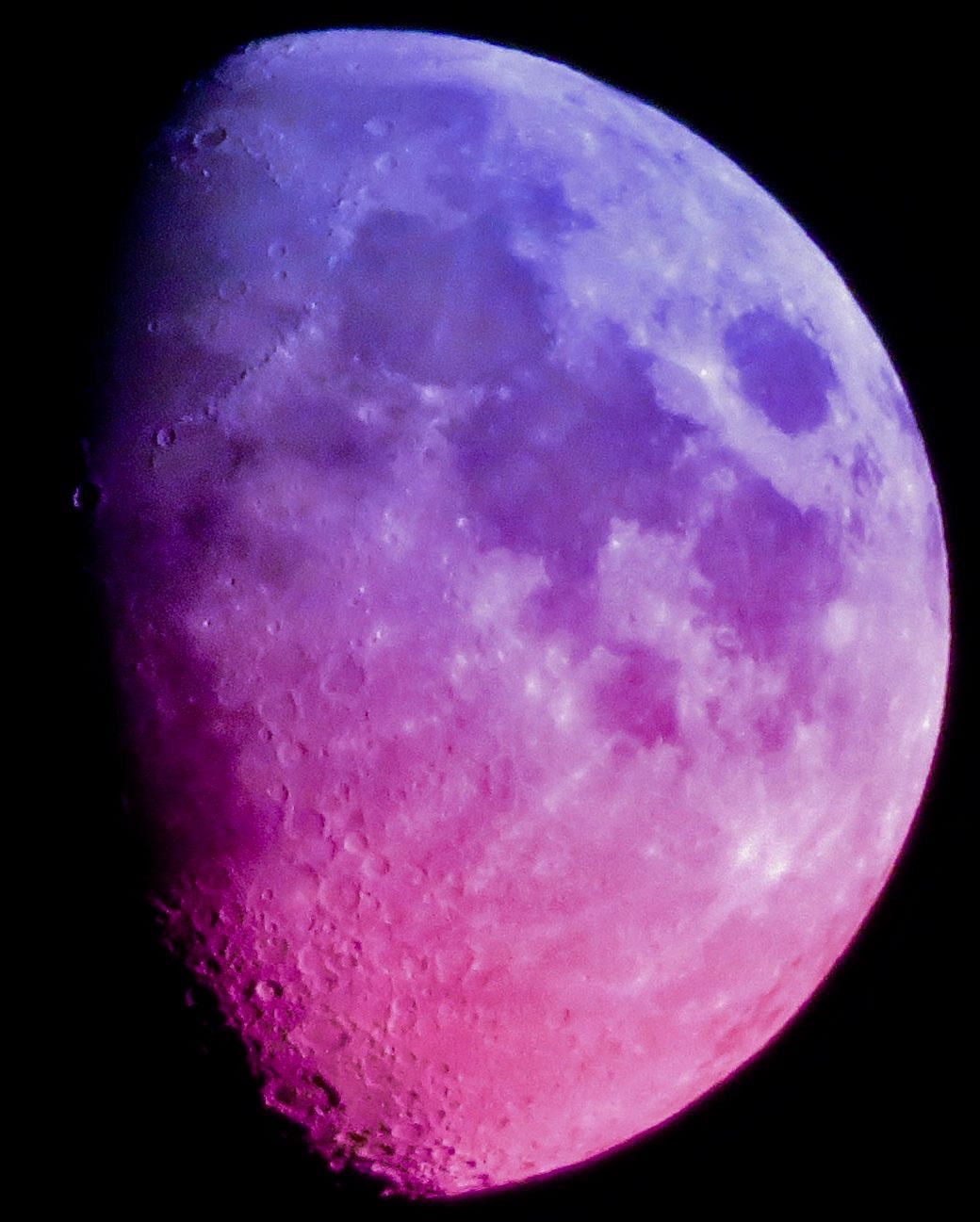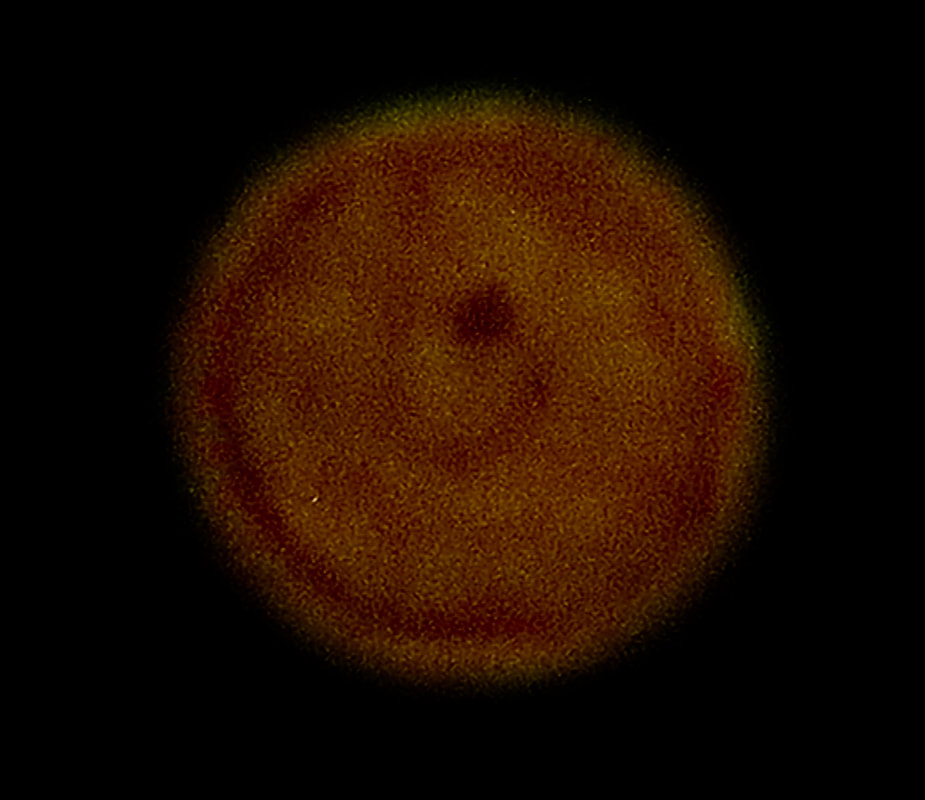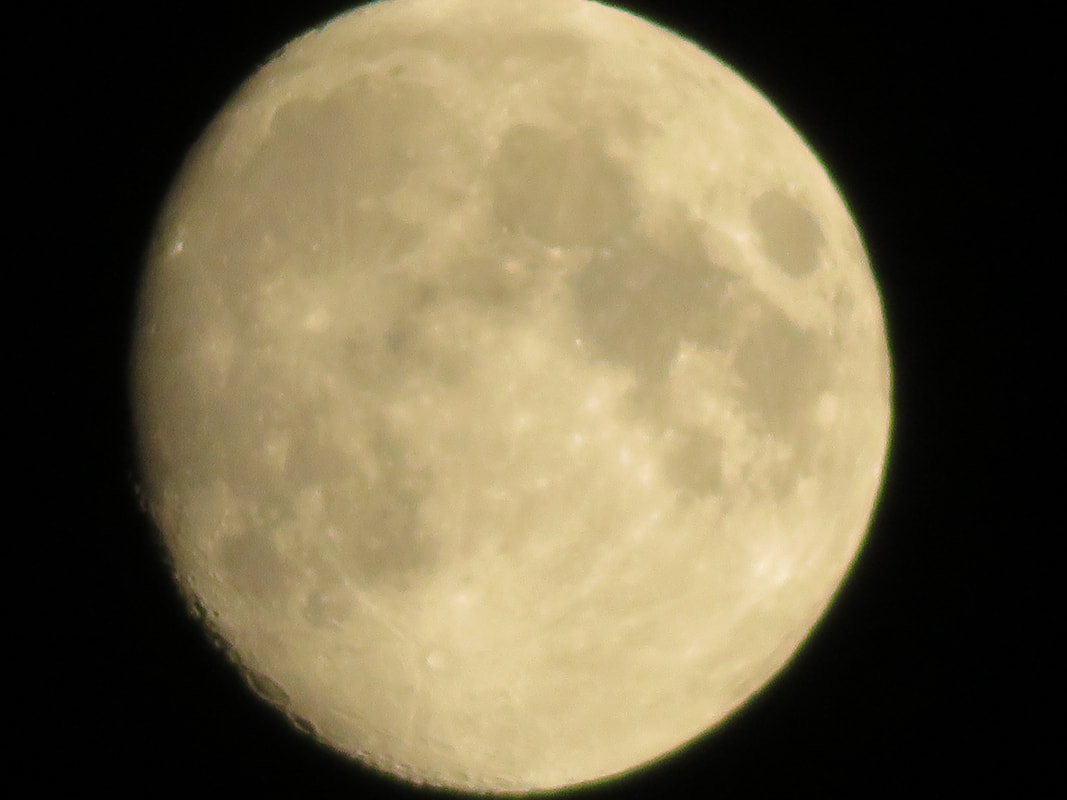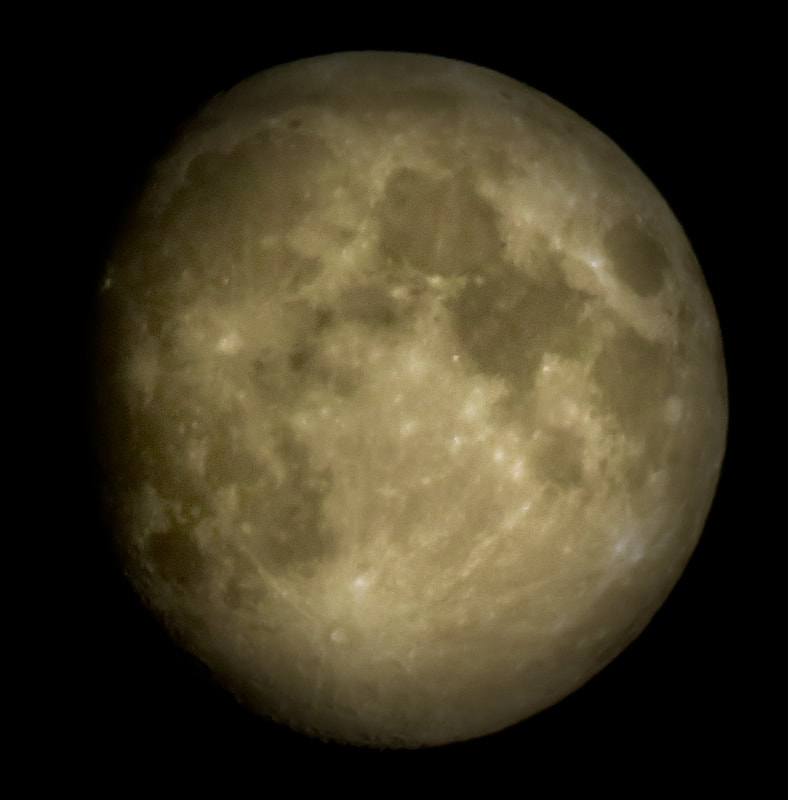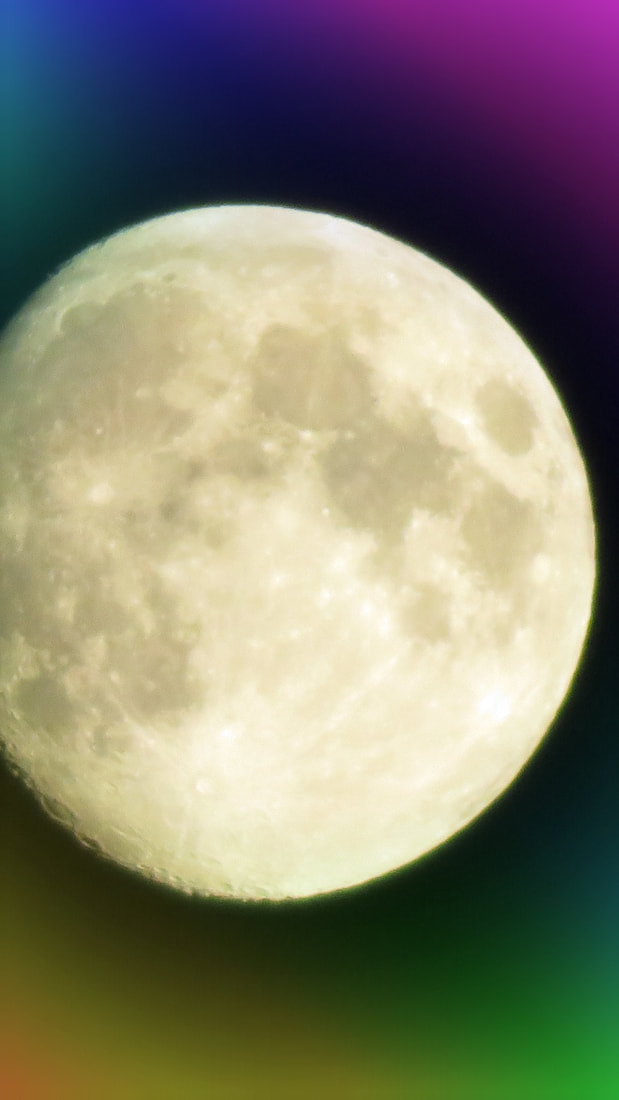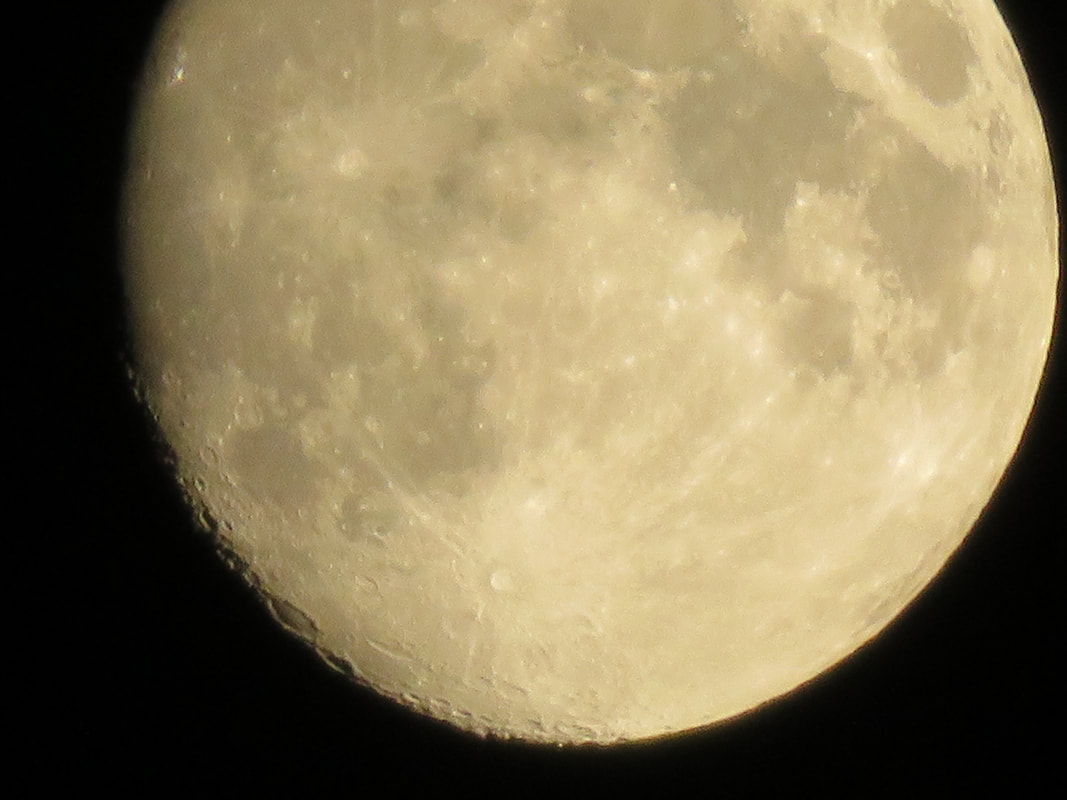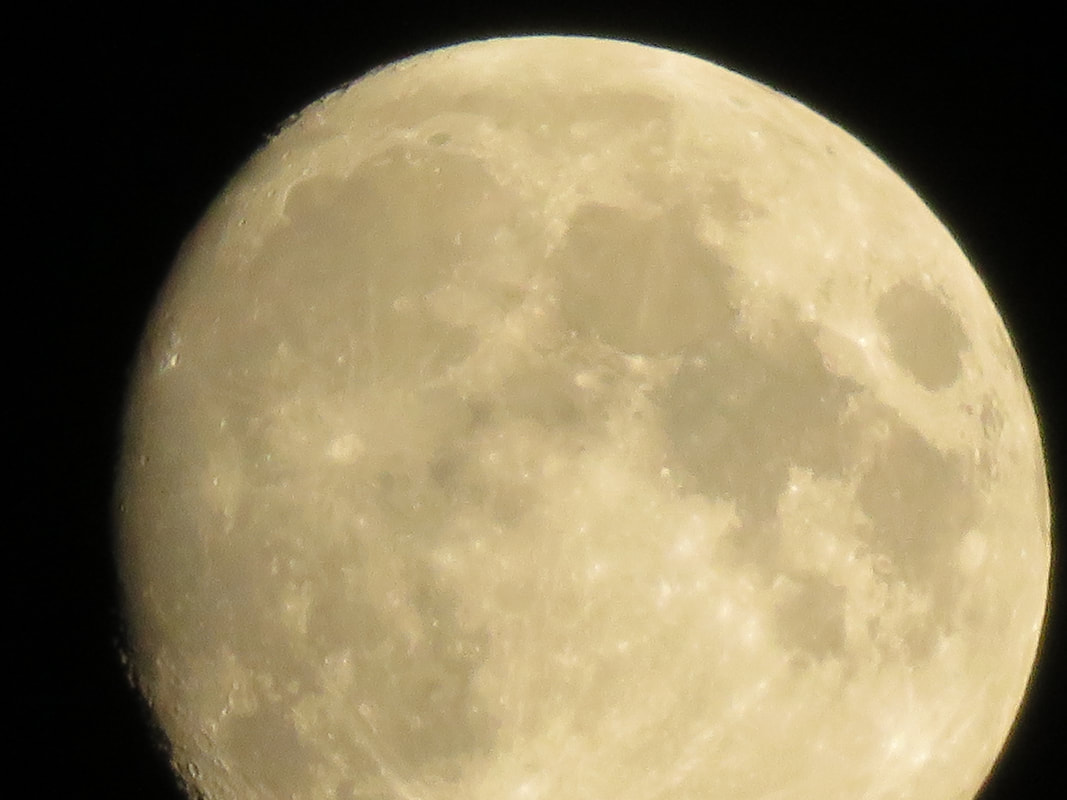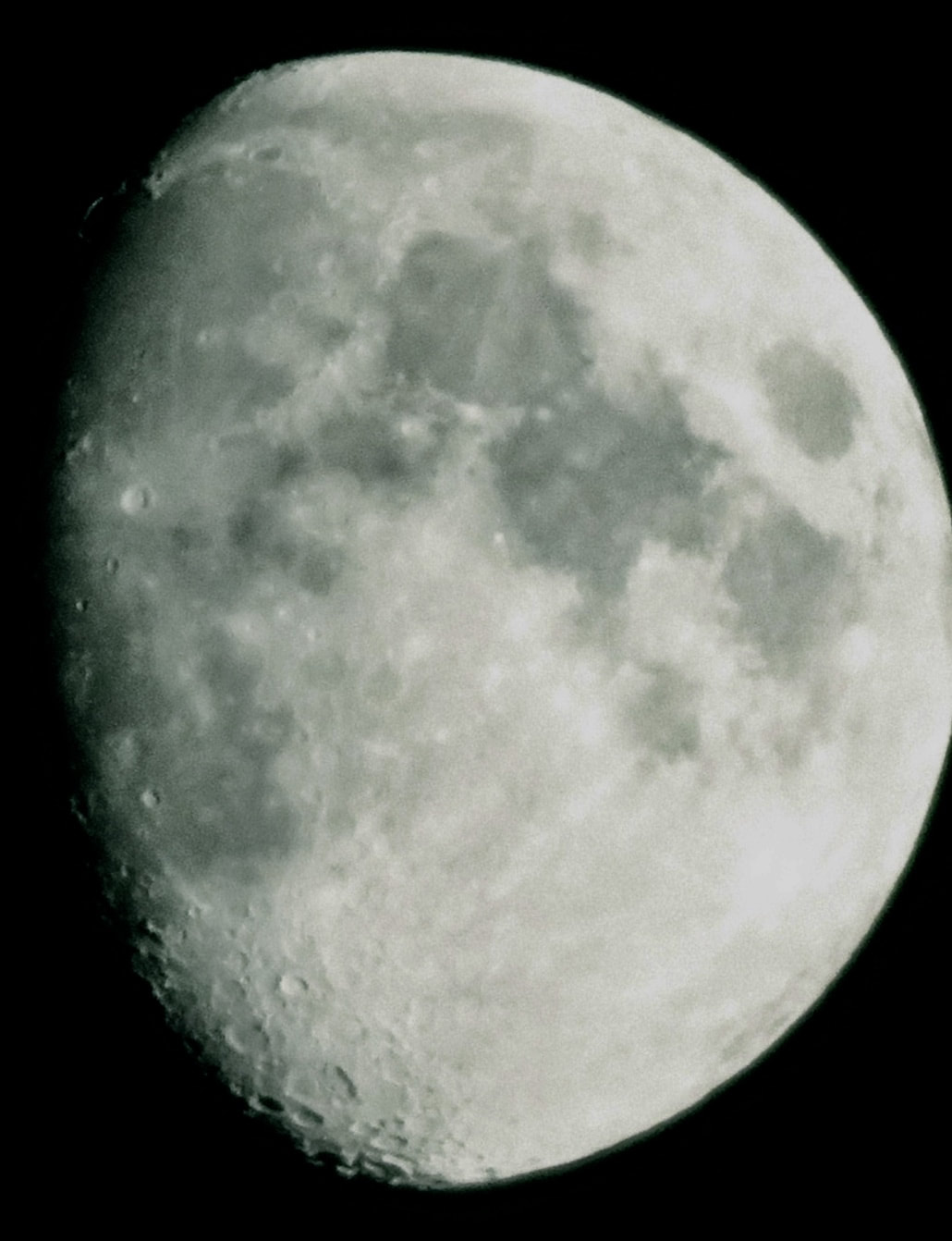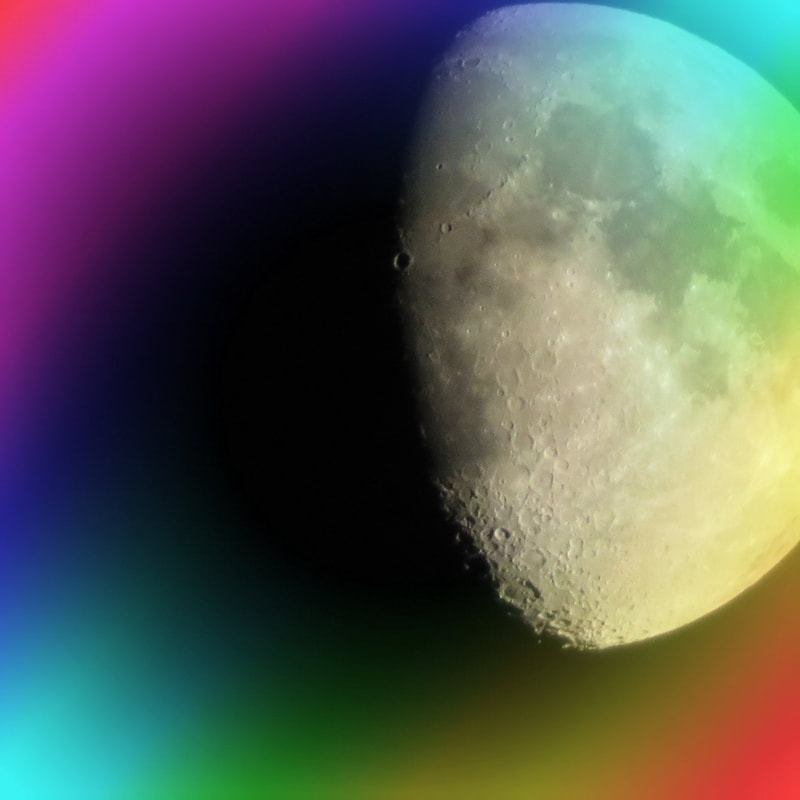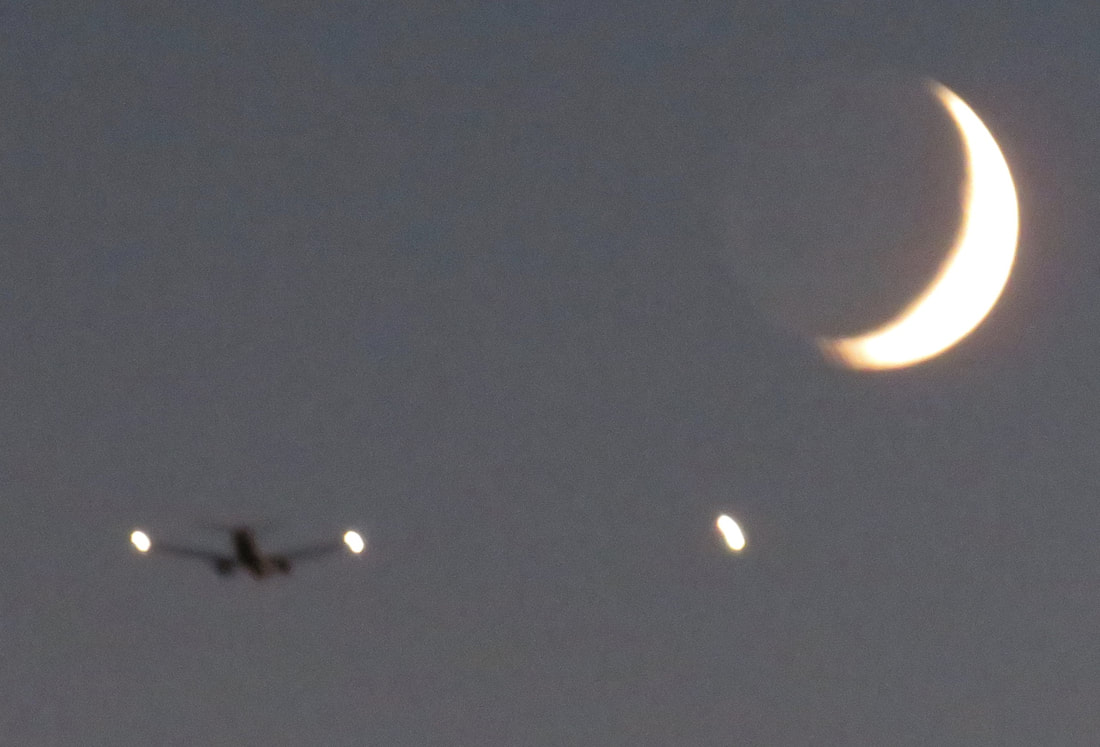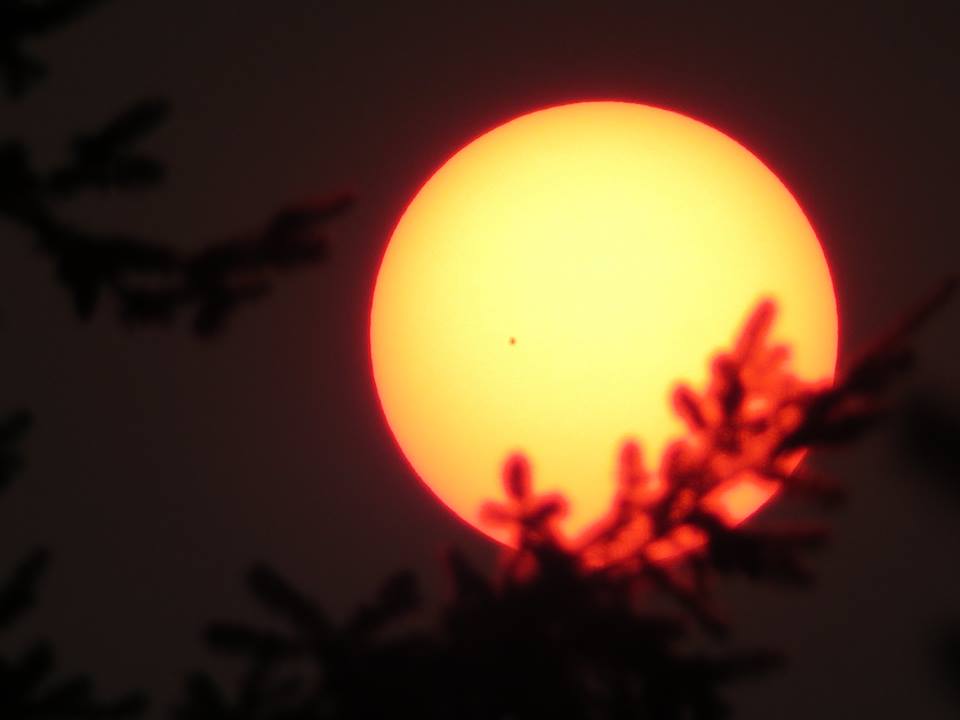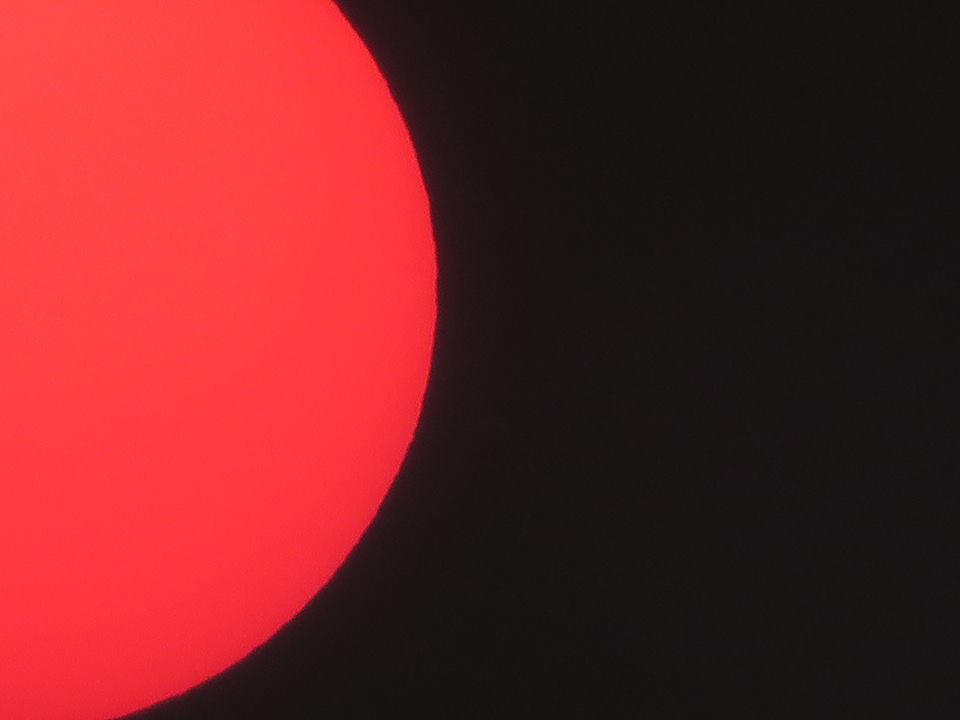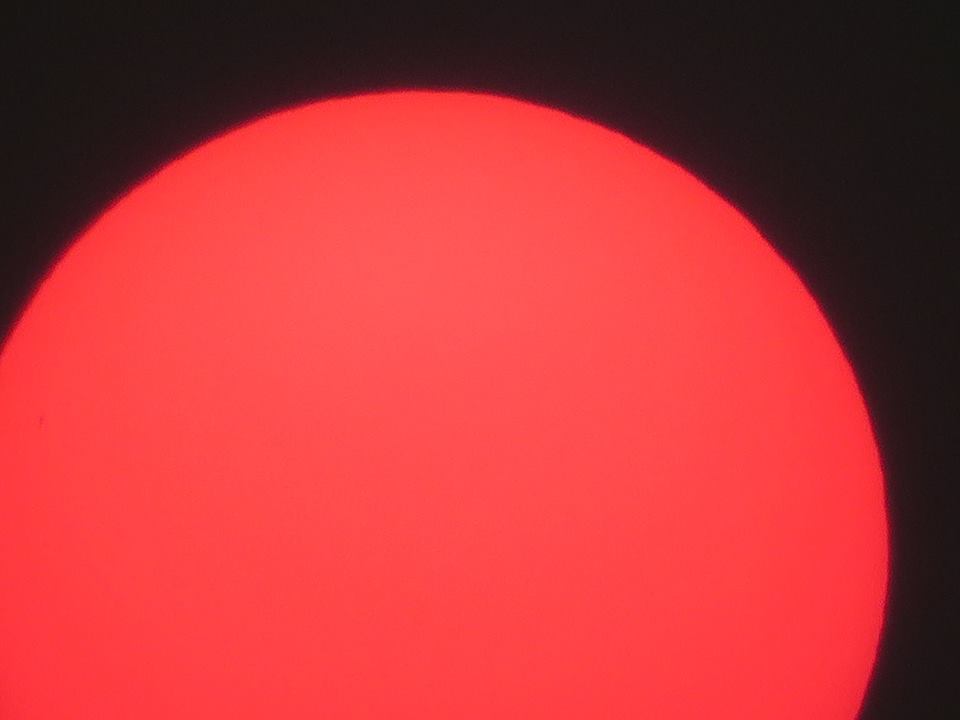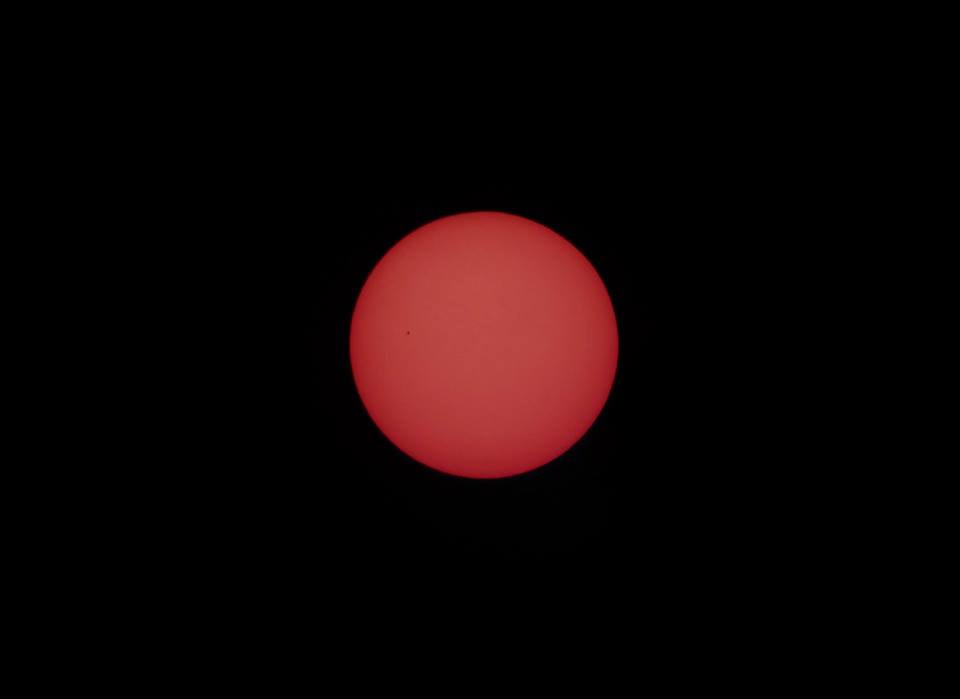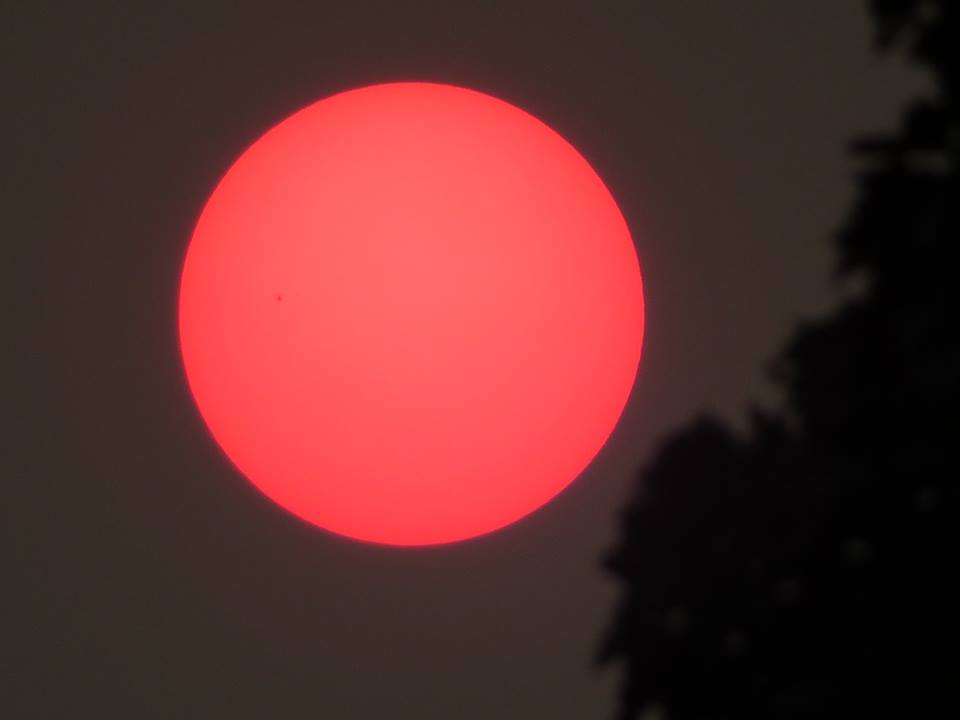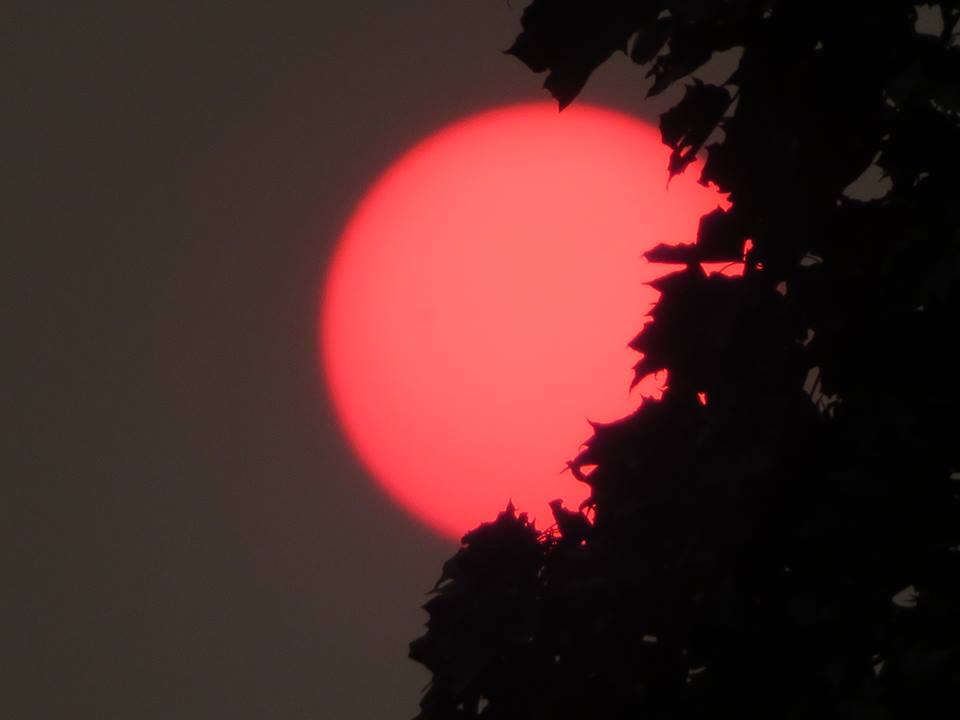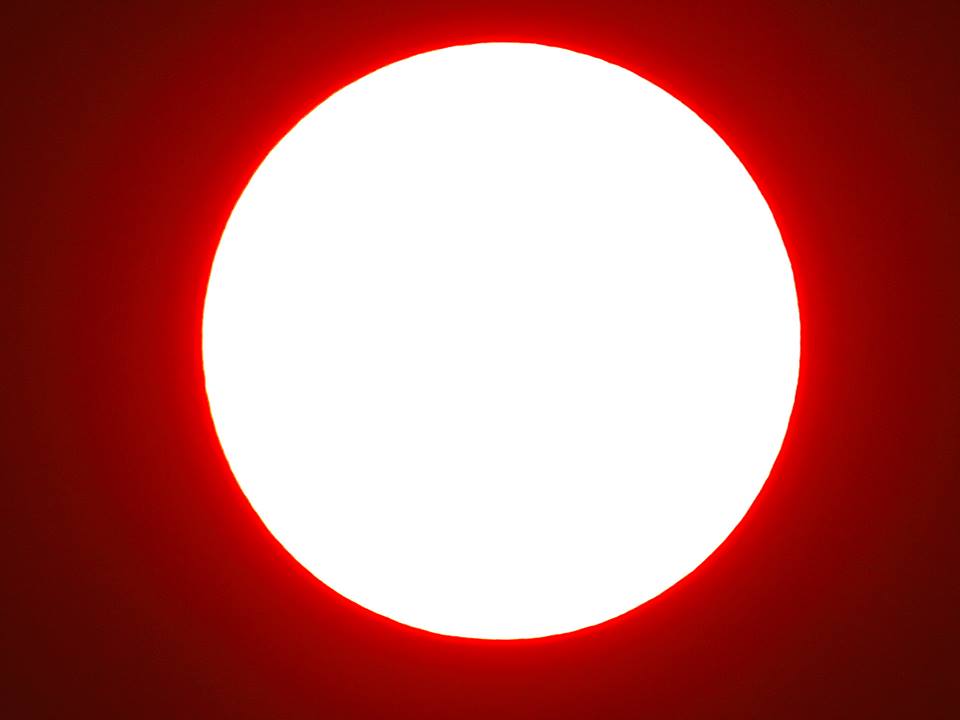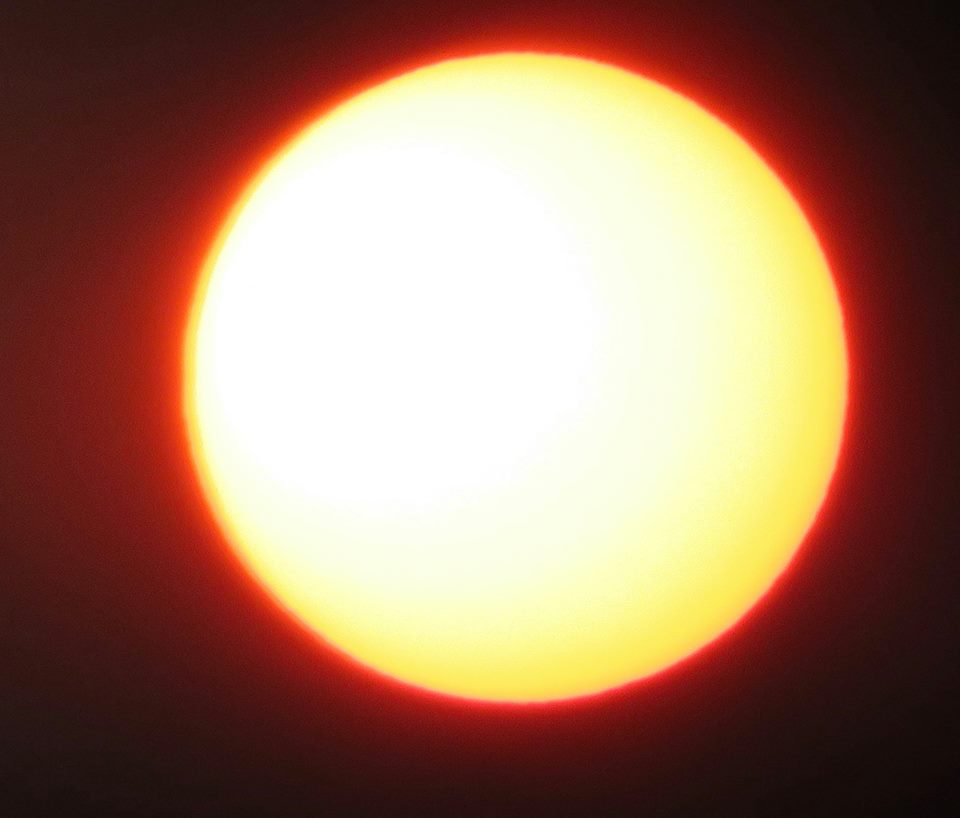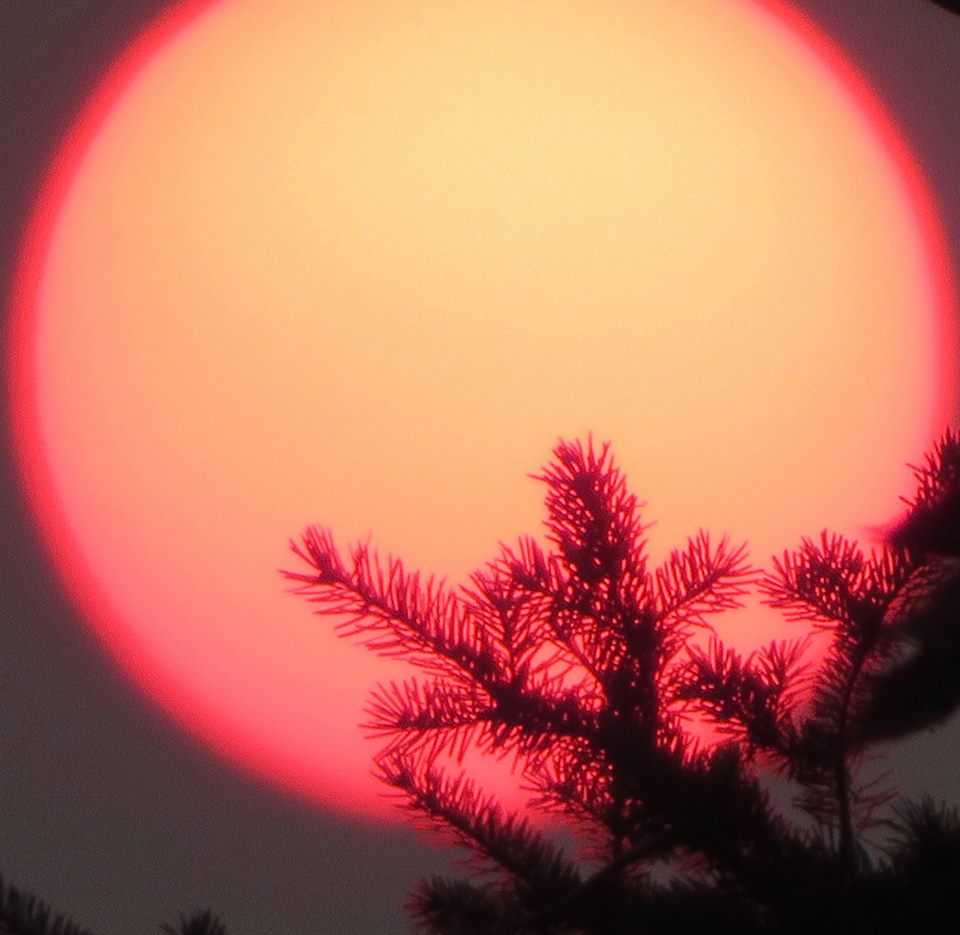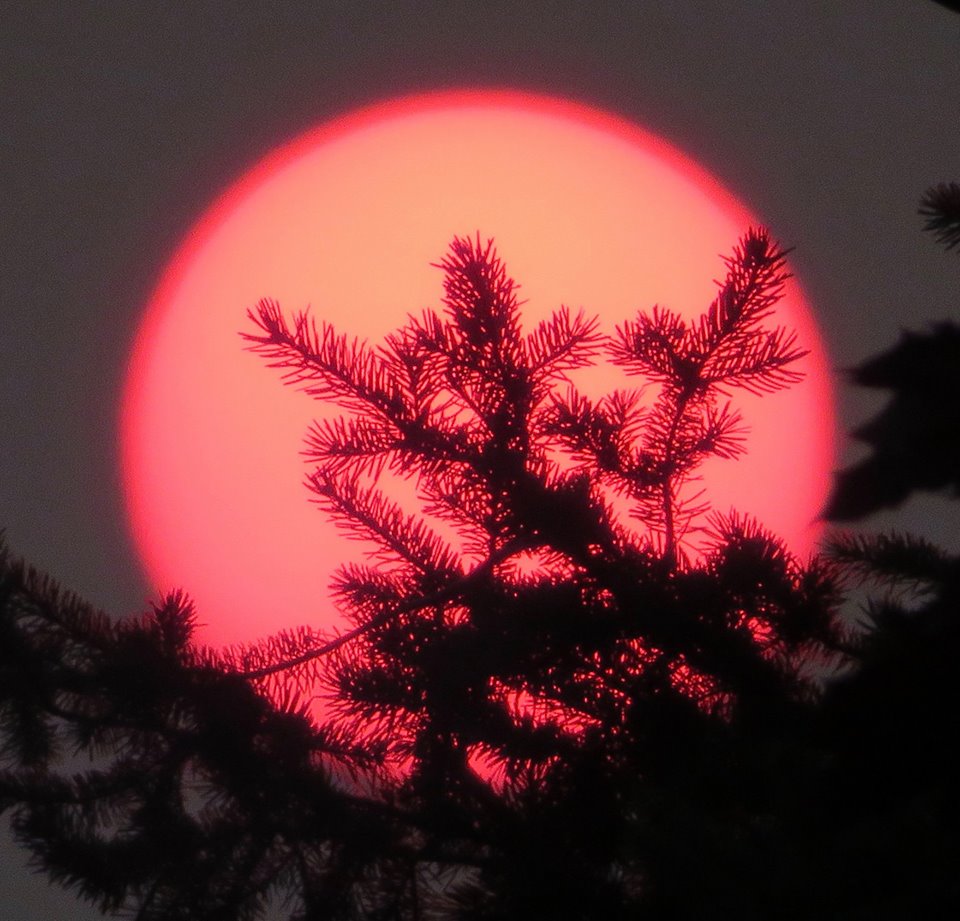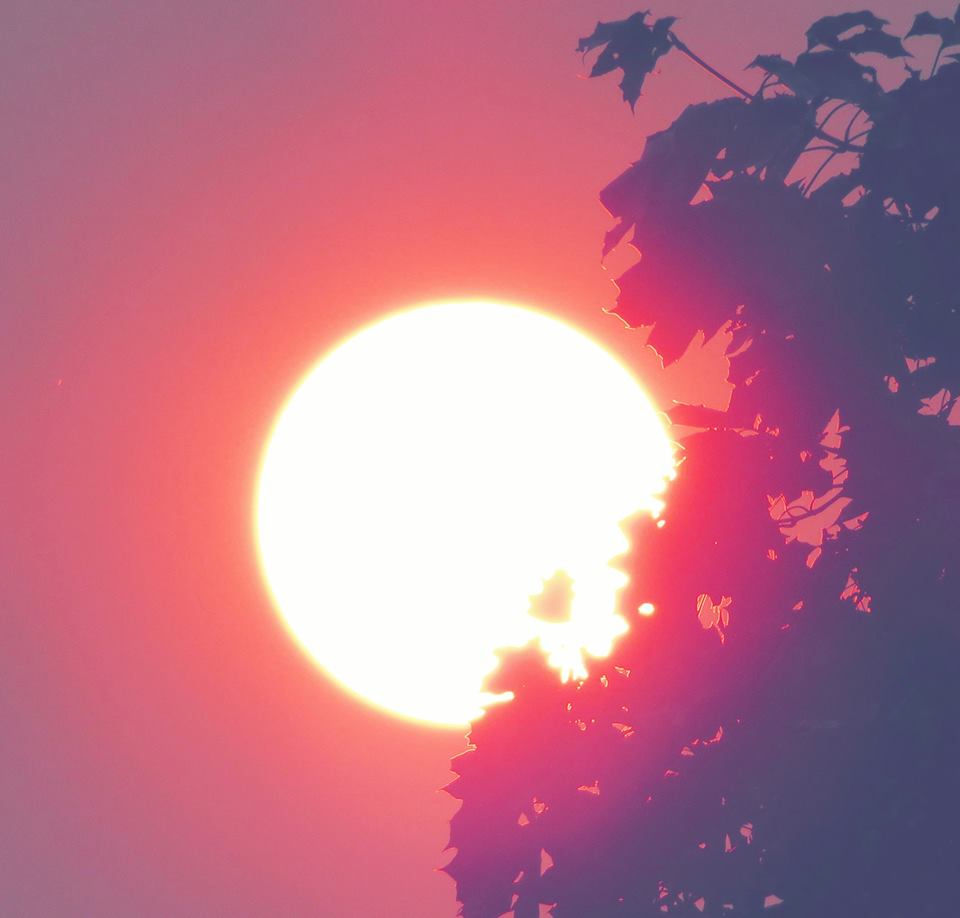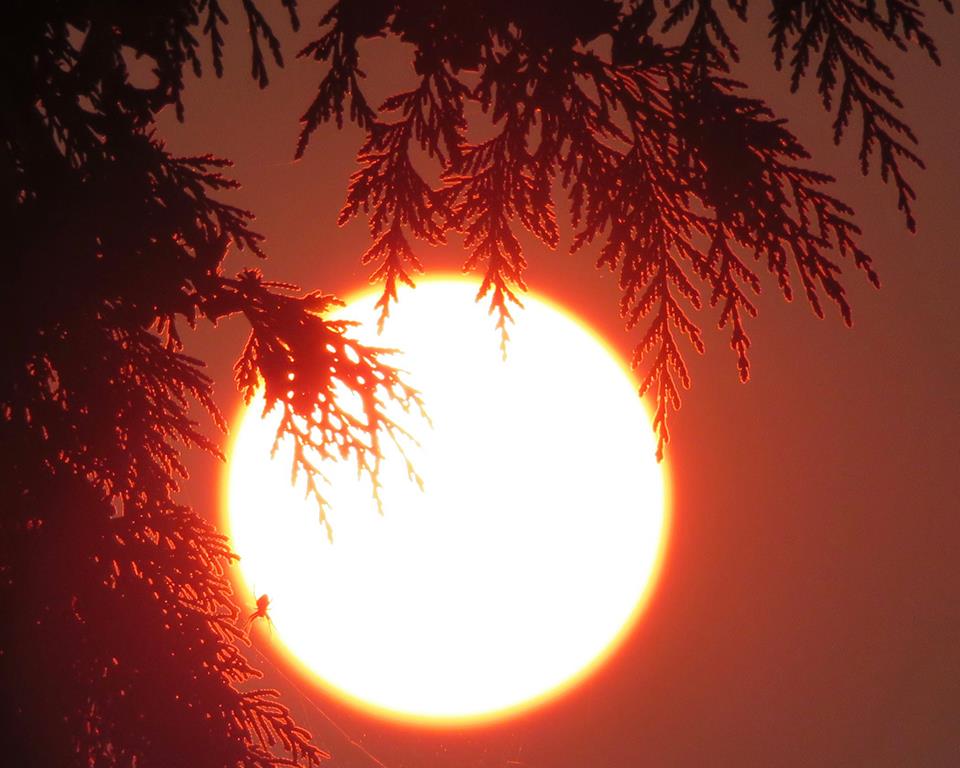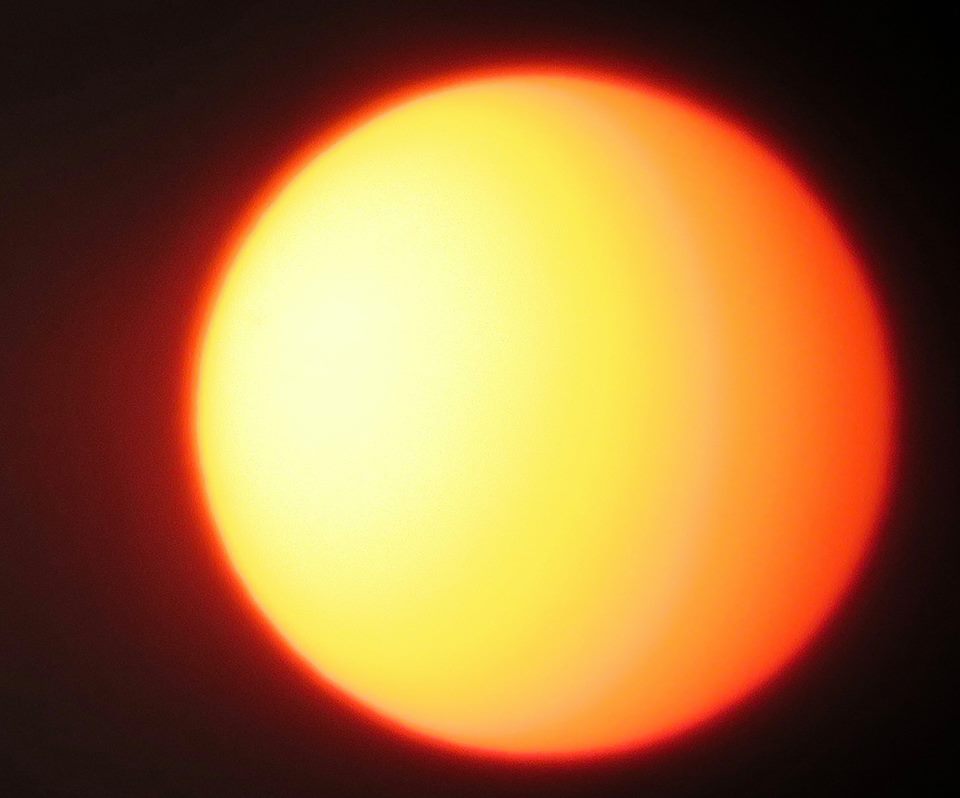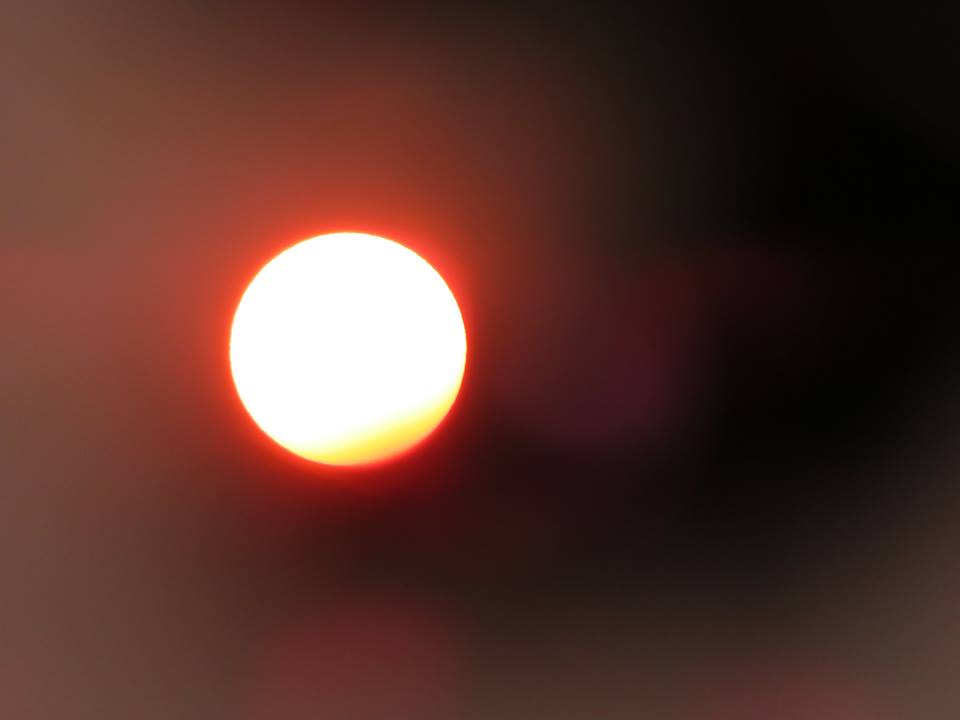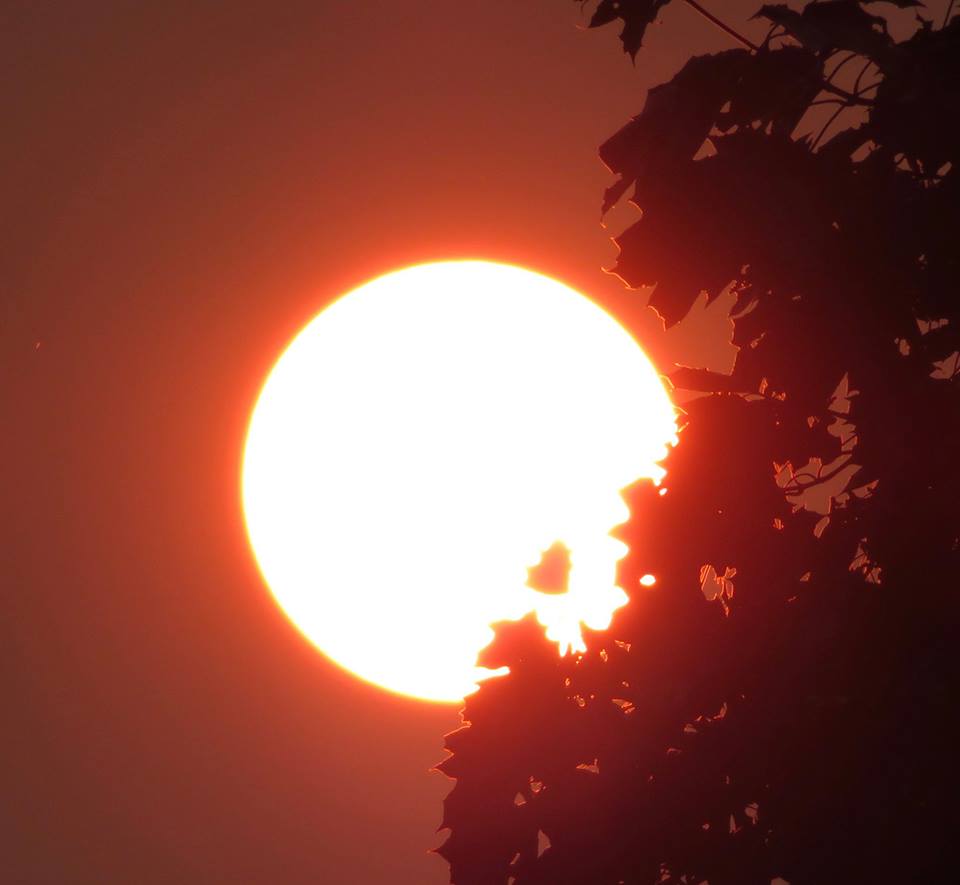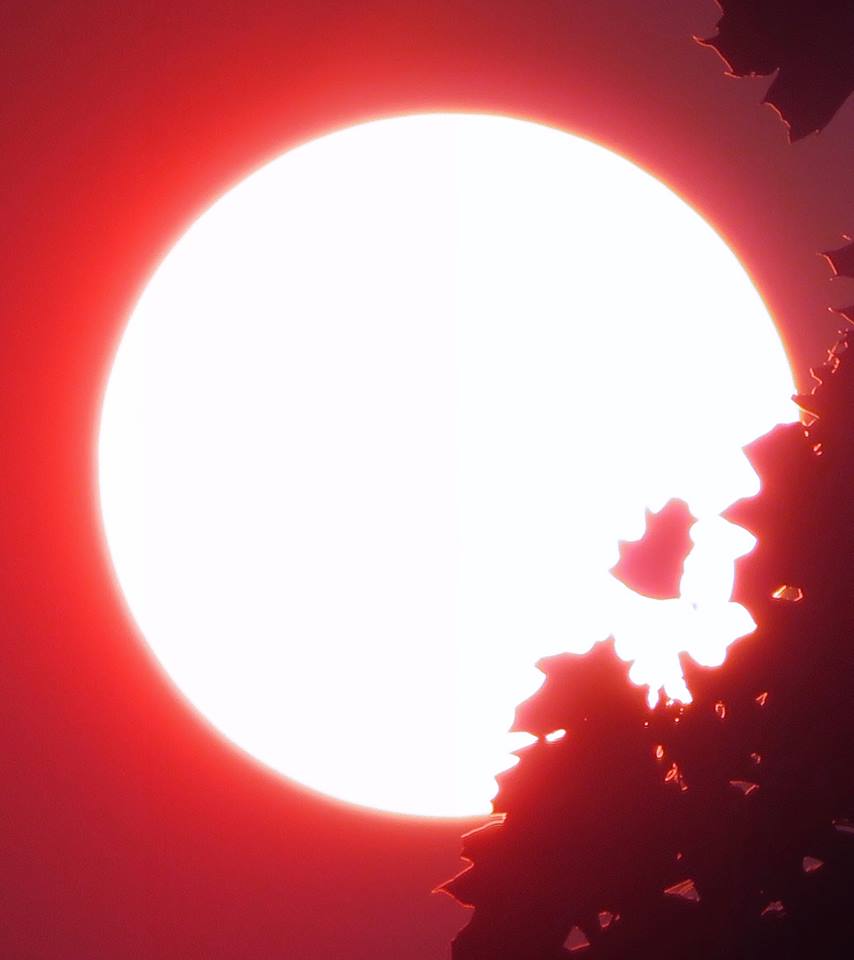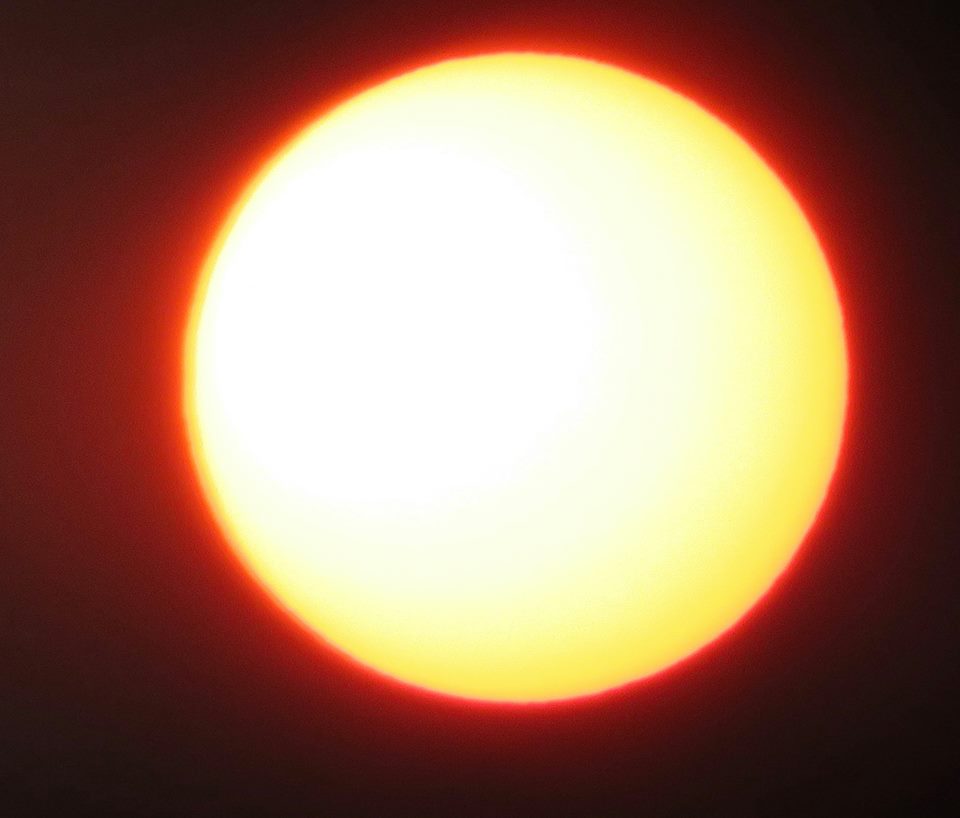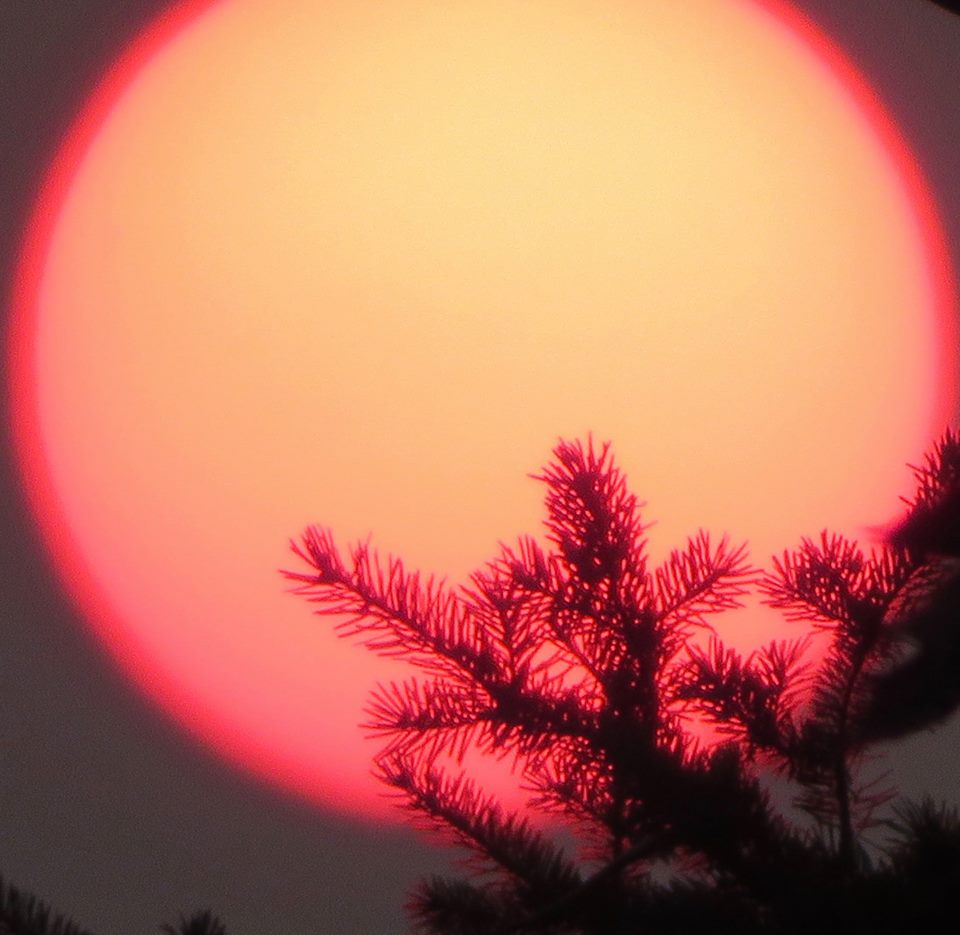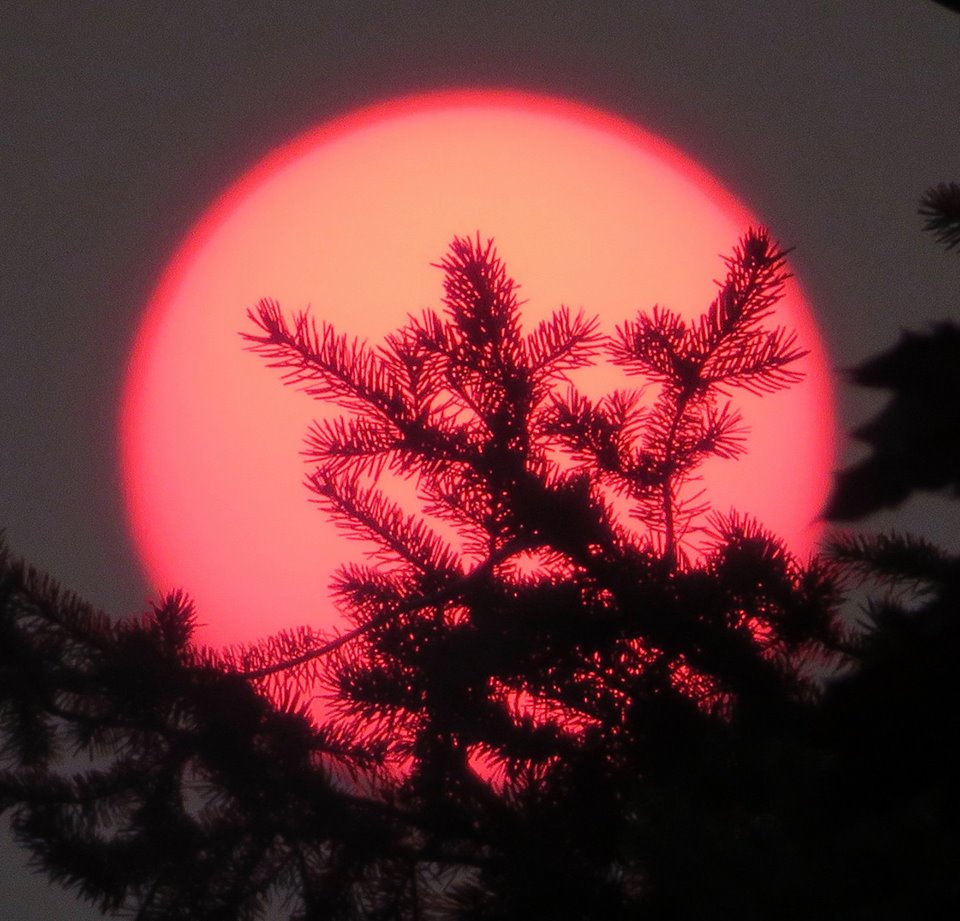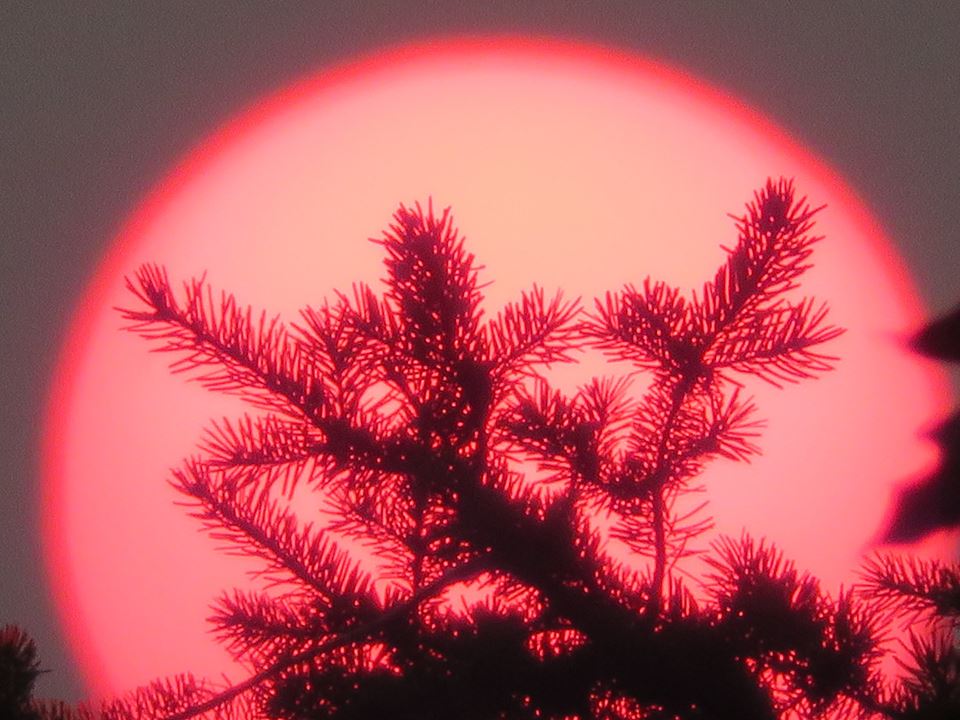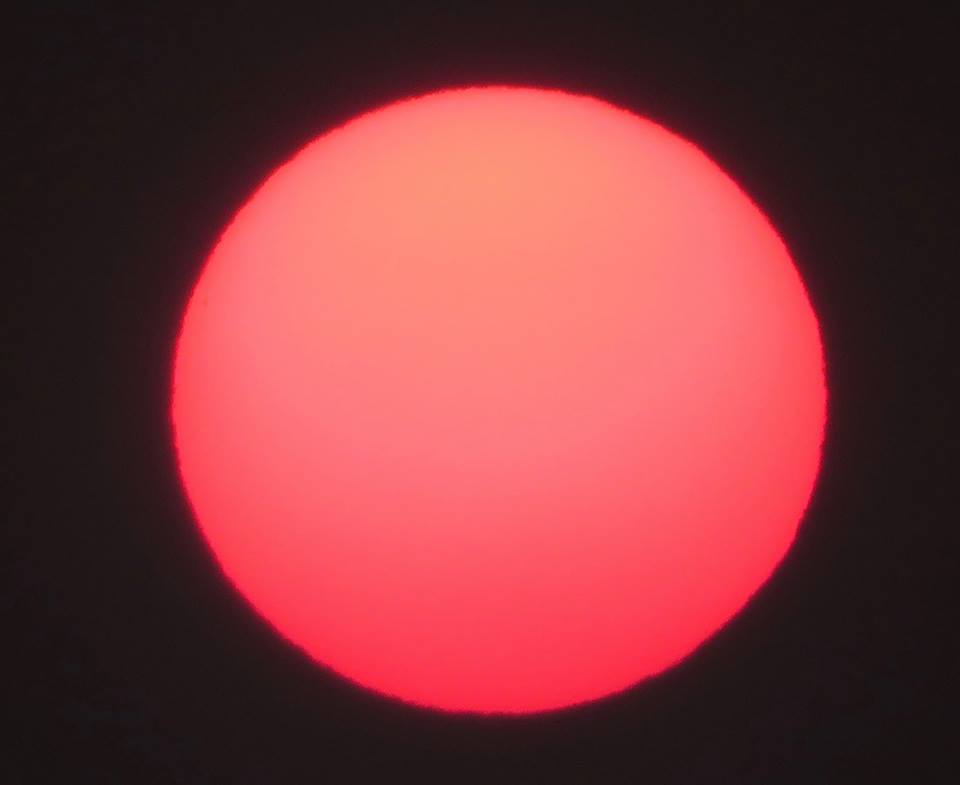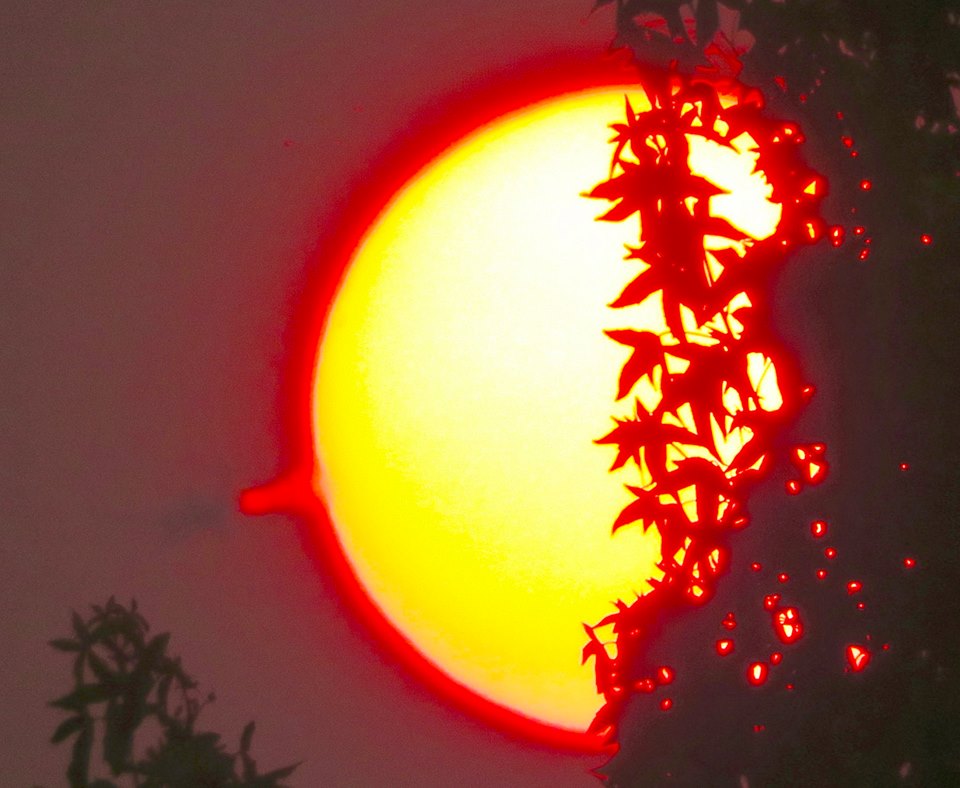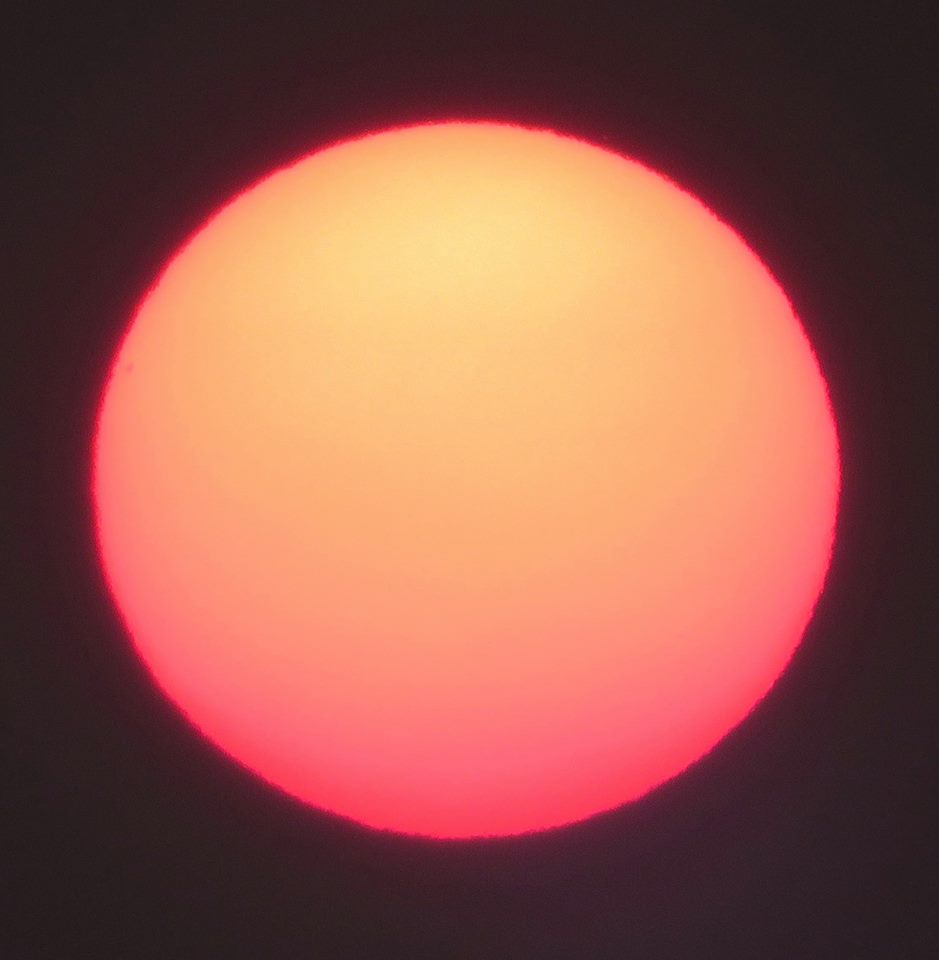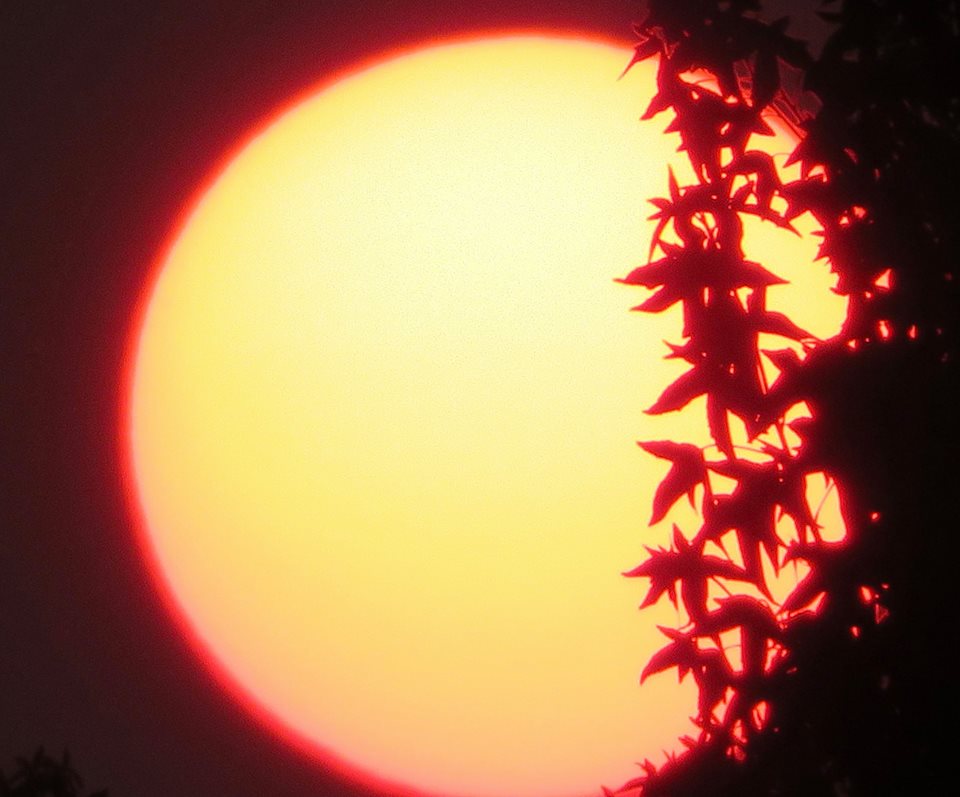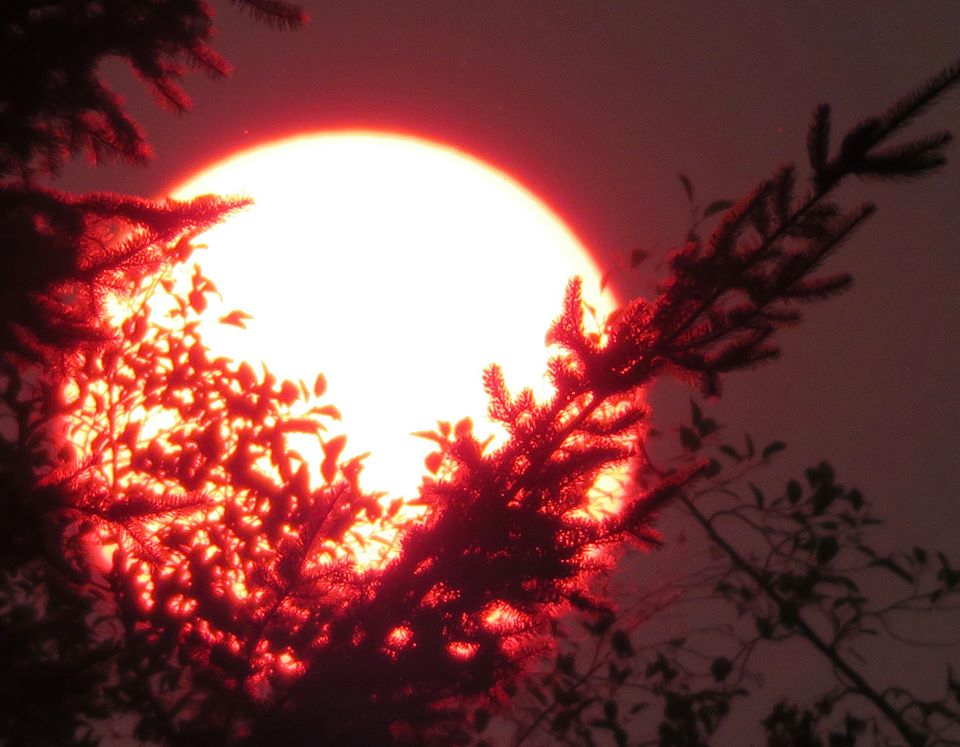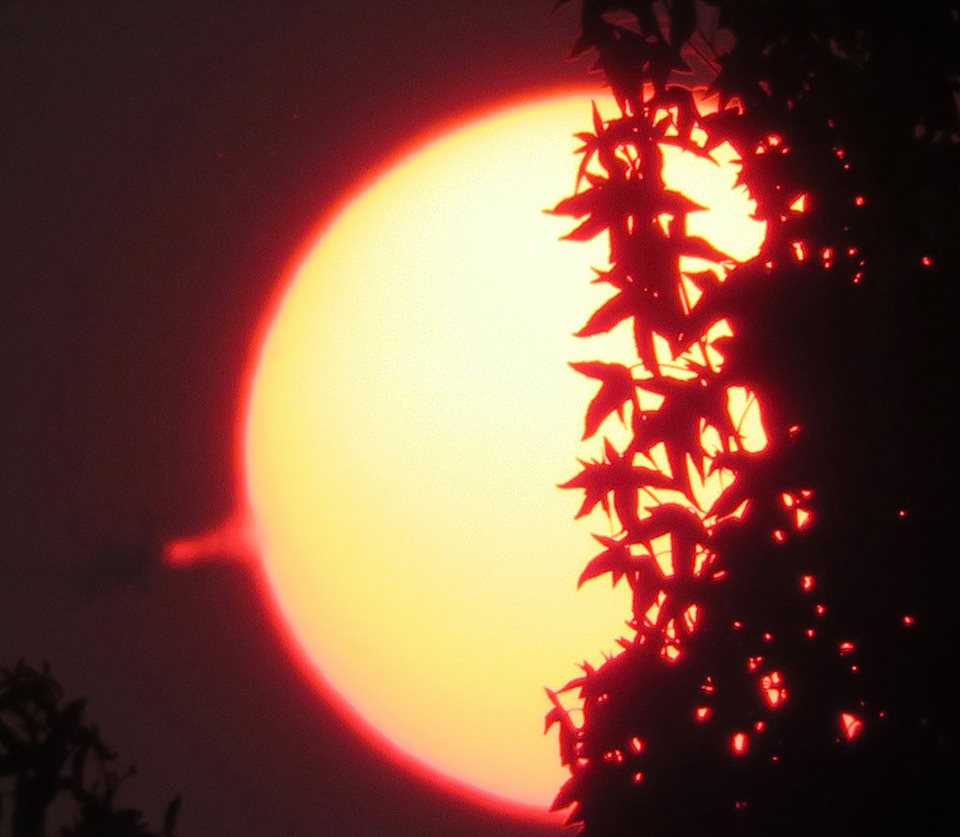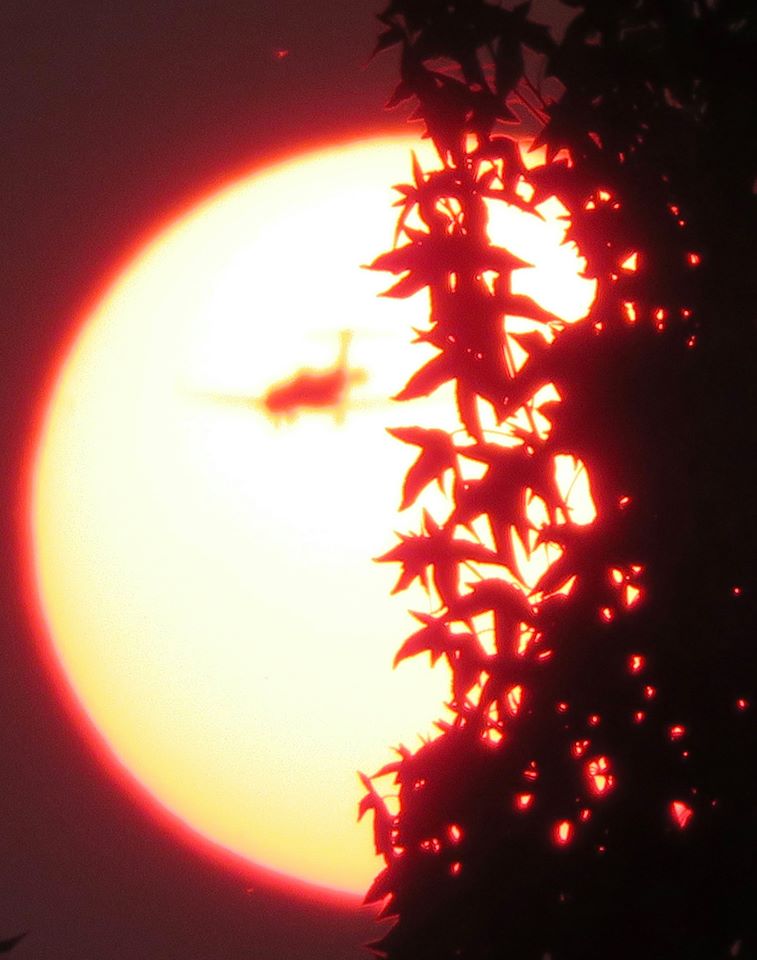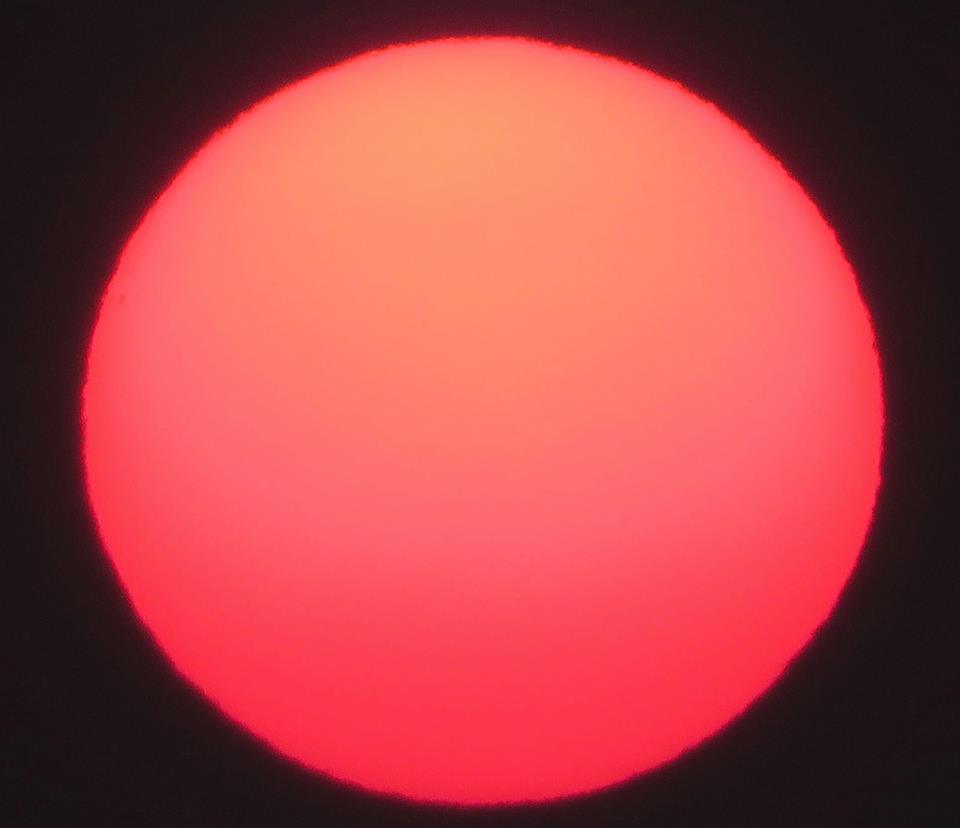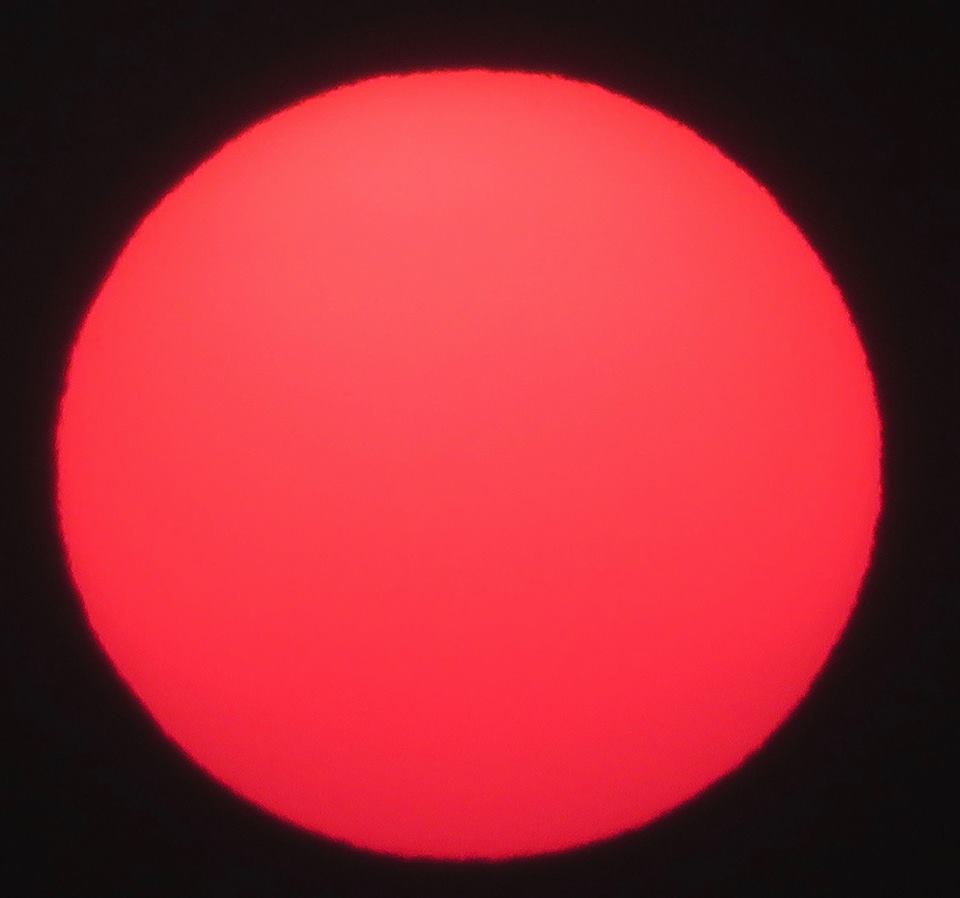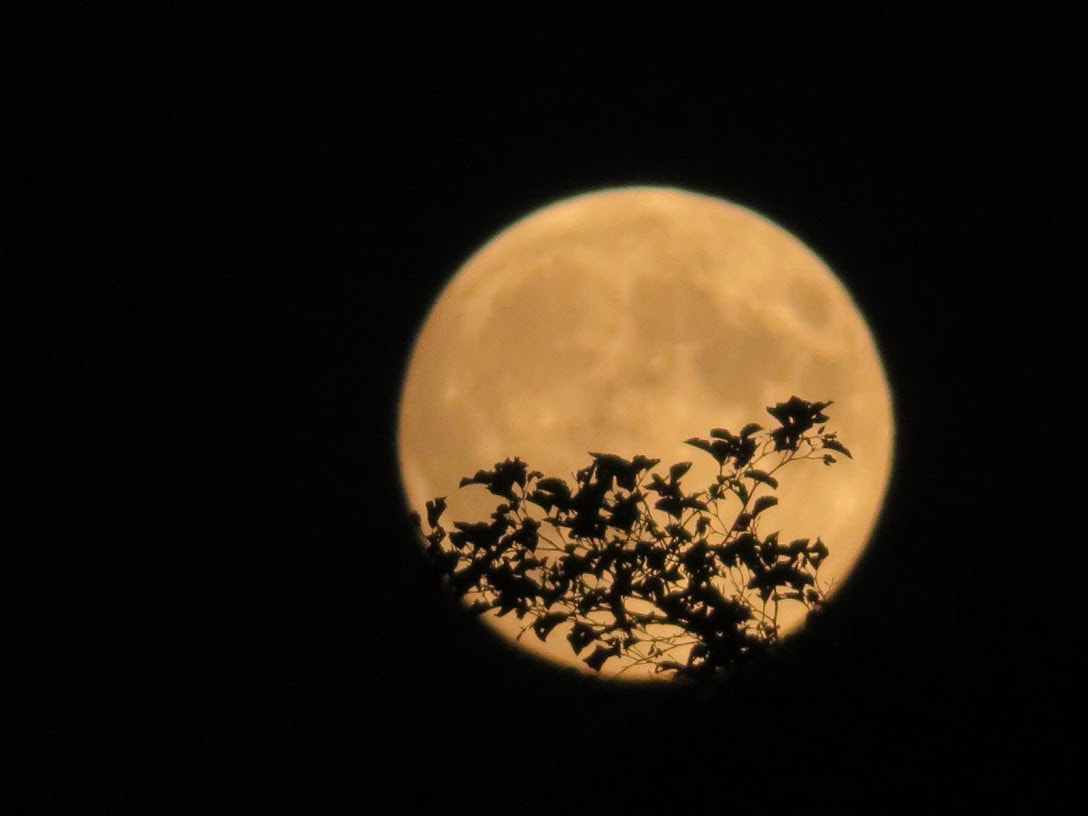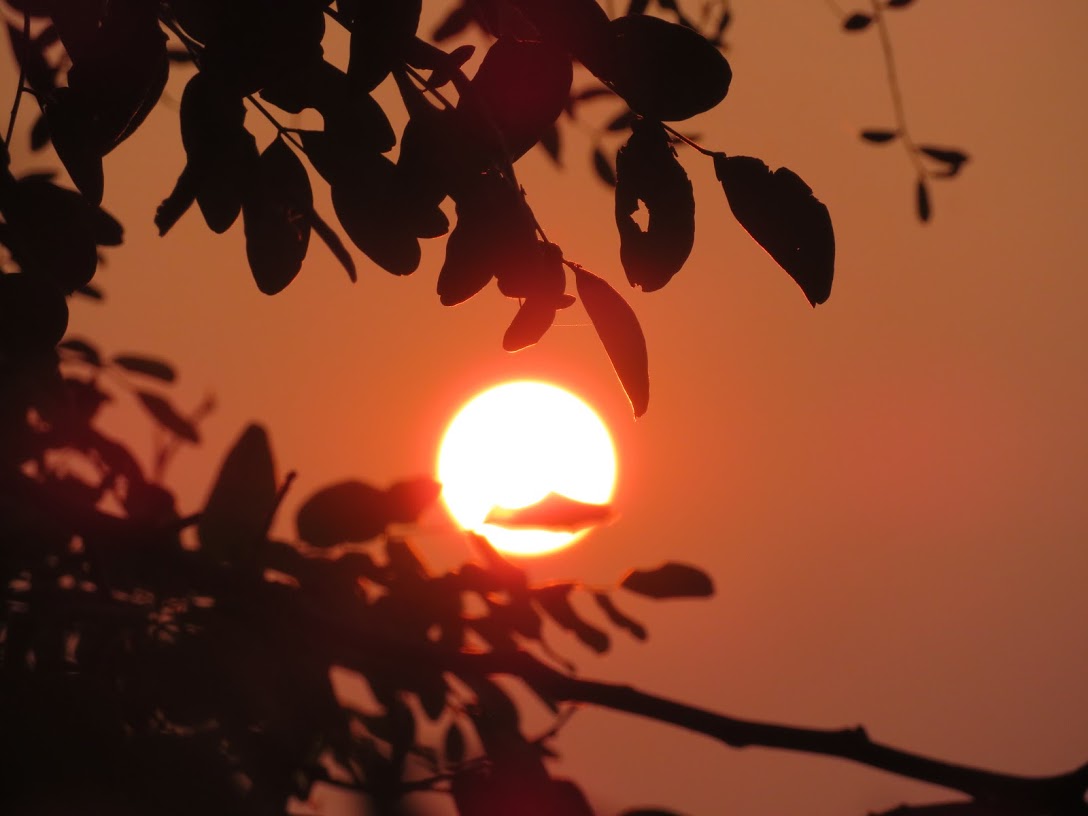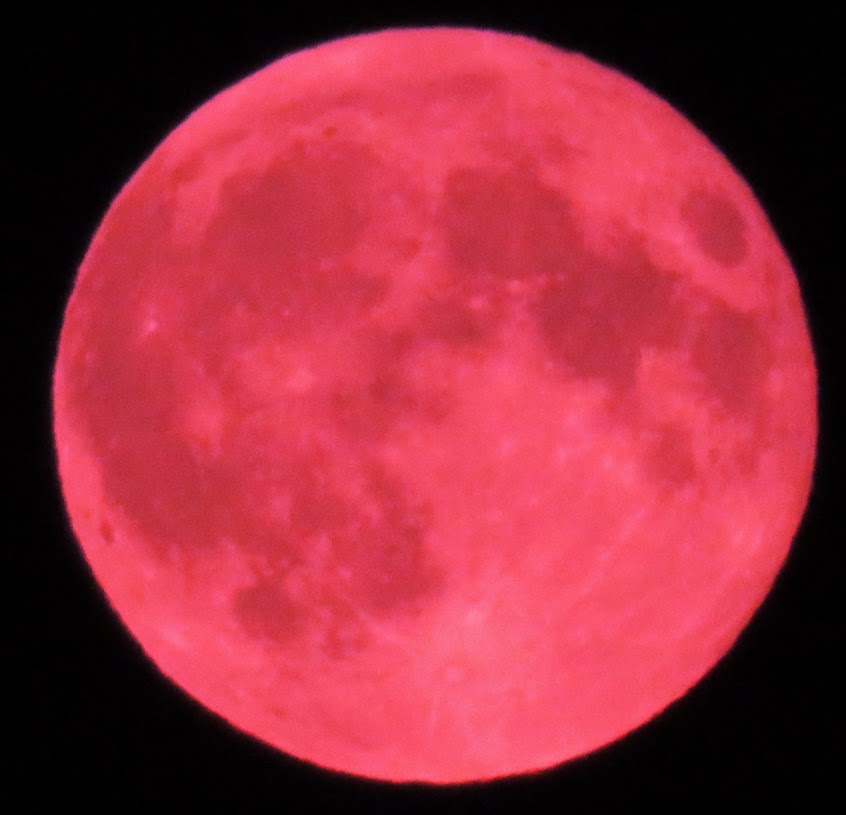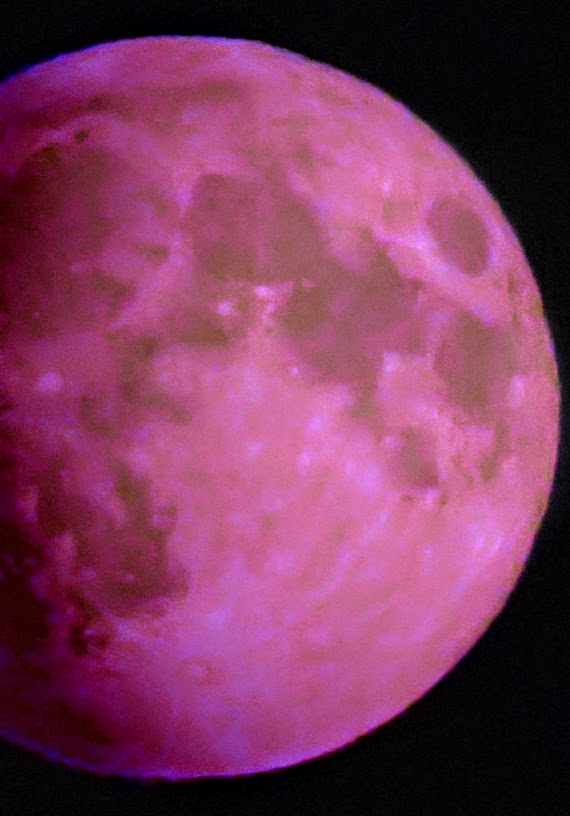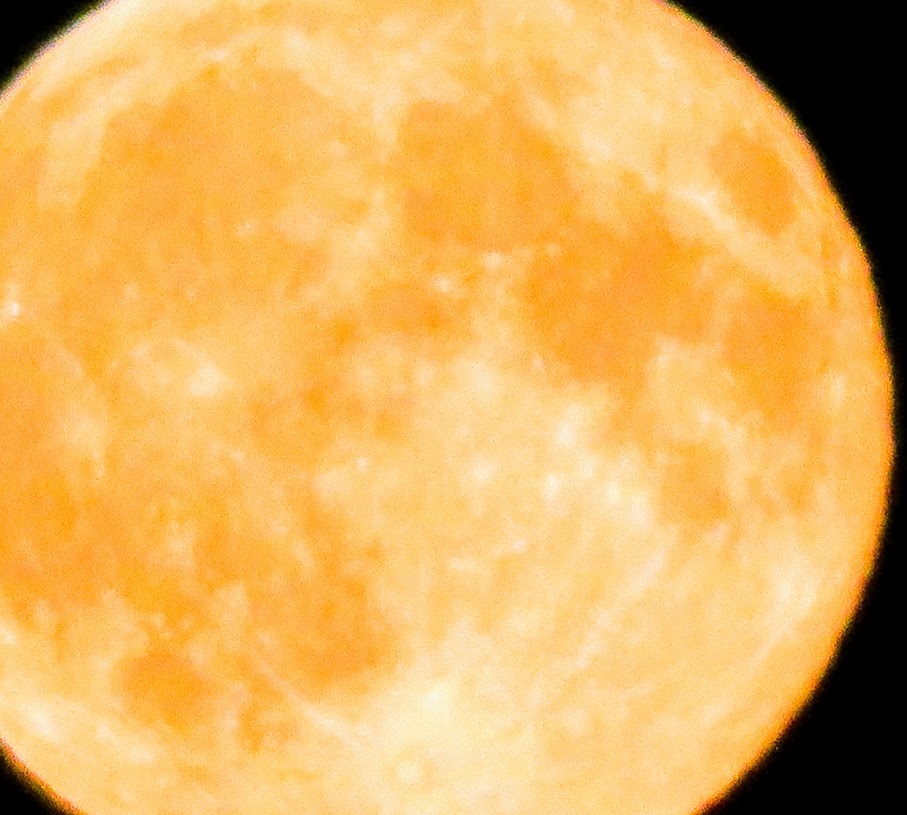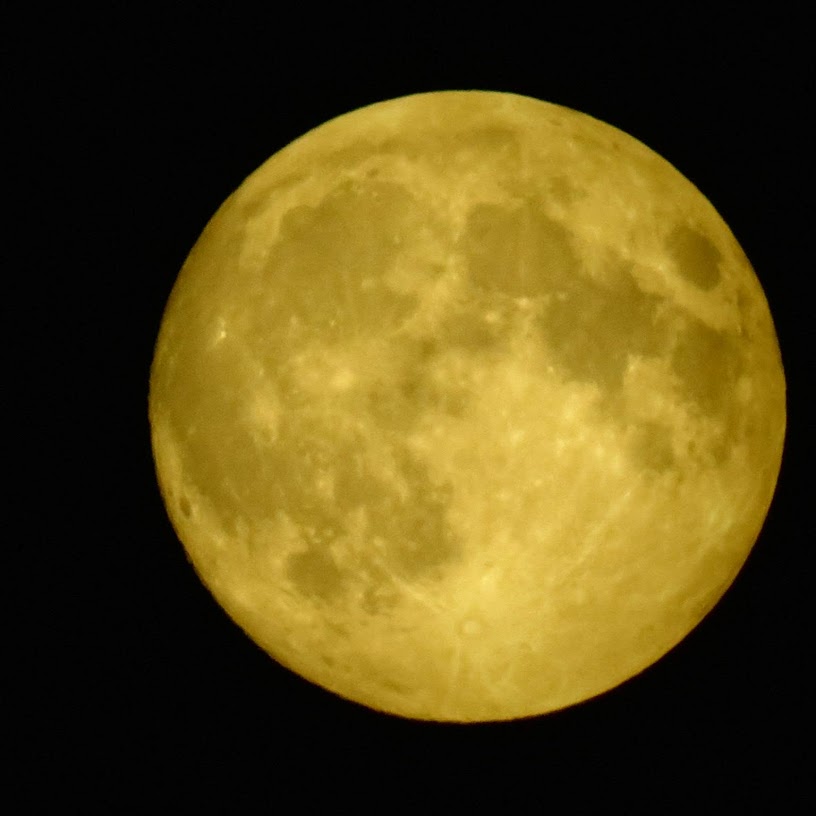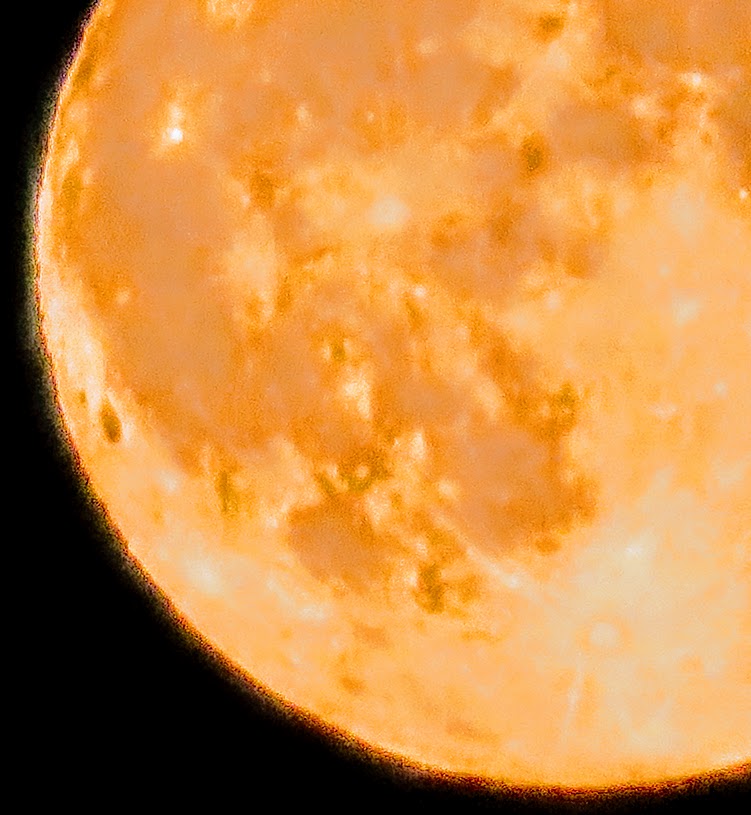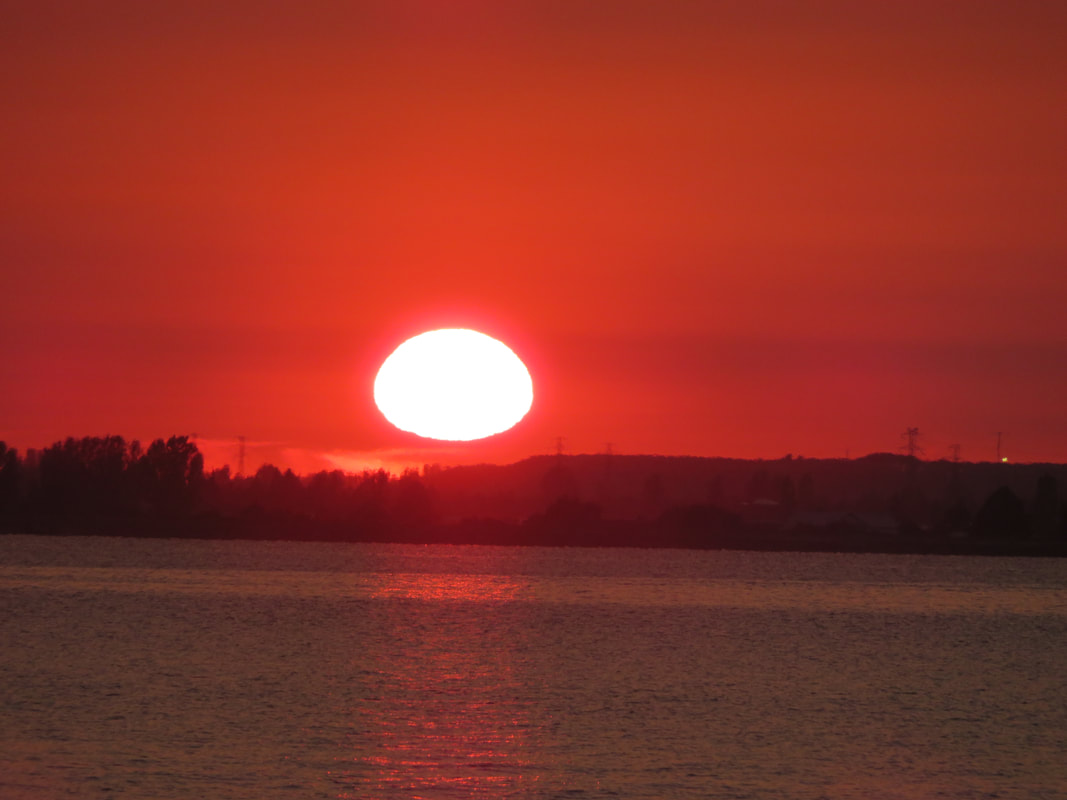|
LORD YAMA:
Why is man so mortally afraid of death? Perhaps one could treat it with a pinch of humour, say, place oneself in an imaginary coffin and hear what the mourners have to say as they pass by! Death is the irreversible cessation of all vital functions of the body. Lord Yama does not come with a club to smash you head to end life; He comes on his bullock to pick up your soul with his noose. Yama is the God of Death, Judge of Men and King of the Unseen World. He was born to Vivasvat, the Sun and Saranya, the daughter of Tvastri. Yama had a twin named Yami. As there was no one to perpetuate the race, Yami entreated Yama to become her husband. She urged the fact that Tvashtri had formed them as man and wife in the womb; and therefore it was useless for him to refuse her request as none can act contrary to the ordinances of Tvashtri. Yama doubts as to whether Varuna and Mitra really intended that they should be paired to produce human. Yama is more of a stratum of Vedic mythology. When the human race was established Yama became its pathfinder; he was the first to explore the hidden regions and discovered the road which became known as the ‘path of the fathers’ which route led to heaven and hell. He is said to be the first mortal who died and thus by precedence becomes the King of the Dead. The dead had to walk along this path first, then the path of the fathers, Manes and Pitris which was presided by Agni. When the dead were cremated, Agni’s fires distinguished between the good and the evil in them. The ash that remained represented that all that was evil and imperfect being burnt and the soul borne on wings of a chariot to be greeted by the forefathers who lived in Yama’s territory. In this way Agni smoothened the path to Yama lokha. NAMES: Dharmaraja – King of Righteousness; Pitripati – Lord of the Fathers; Samavurthi – He who Judges Impartially; Kritana – The Finisher; Samana – The Leveller; Kala – Time; Dandadhara – He who carries the Rod; Sraddhadeva – The God of Funeral Ceremonies; Vaivasvata – The son of Vivasvata; Antaka – He Who Puts an End to Life; Yama Raja – King Yama, Yama Dharma Raja – King of Rightepusness. DEPICTION: According to Puranic illustrations, Yama is represented as a green man, clothed in red garments. He has a crown in his head. A flower adorns his hair. He is armed with an appropriate club and a noose. He has the buffalo for his vahana. Often he is accompanies by Chitragupta. In his abode he sits on a golden chair with facilities of a re-run image of all deeds by humans. SWARGA AND NARAKA: The soul is believed to reach Yama’s abode in four hours and forty minutes; consequently, in Hindu custom cannot be buried or cremated until that time passed after death. Yama decides between Swarga and Naraka. The seven Swargas are Bhuvas, Swas, Tharus, Thaarus, Savithaa, Prapithaa and Maha. Out of this, Swas is governed by Lord Indrar and Maha is governed by Lord Brahma. The seven Narakas are Athala, Vithala, Suthala, Paathala, Mahaadhala, Rasaadhala and Dharaadhala. The Narakas are under the purview and jurisdiction of Lord Yama. He sends the departed souls to the appropriate hells in accordance with their karma accounts. But there, Yama does create some by-passes Naraka serves as a temporary purgatory to purify the soul of gathered sins. Lord Yama also has the power to direct a soul to Swarga or alternatively return to Bhumi or earth. This transmigration of the soul is in the hands of Isvara and Yama just takes instructions how much time is to be spent by a soul in his department. OFFICE: The Puranas generally describe him as the Judge of Men. He is said to rule over many hells in which the wicked are made to suffer. The Padma Purna states: ‘ Yama fulfils the office of the judge of the dead, as well as sovereign of the damned; all that die appearing before him and being confronted with Chitragupta the recorder, by whom actions have been registered.’ According to Vishnu Purana, the virtuous are then conveyed to Swarga, Indra’s heaven, whilst the wicked are driven to the different regions of Naraka, hell. Vishnu Purana states that ‘there are many other fearful hells which are the awful provinces of Yama, terrible with instruments of torture and fire.’ This Purana also states that ‘all men at the end of their existence or life become slaves to the power of Yama, by whom they are sentenced to painful punishments’. Apparently, inquiry is then made as to how men can be free from his authority. All men whose minds are fixed on Lord Vishnu always achieve Mukti from Yama. Lord of Death cannot exert authority over one that has the shelter of Vishnu who is the Lord of Spirits. Not so fast. There is also the Shaivite or other Puranic views. Shiva and Krishna worshipers also attain Mukthi.There has to be death for creation to take place. As a form of Mitra associated with Varuna, Yama was to be the judge of the dead in his own right. As Dharmaraja, he was the king of truth or righteousness, by which Yama judged mortals who approached heaven. Formerly Varuna bound the guilty with rta, his inscrutable law. So Yama consigned the wicked to annihilation or to the realm of darkness called Put. Varuna assisted him in this while he sat under a tree in the land of the fathers. In the earlier he was accompanied by his messengers, the owl, two watch dogs with four eyes. In later times Chitragupta was was assigned to ‘court records.’ Varuna was no longer the judge of the dead; he becomes to Lord of the Oceans. He was enthroned with a queen and attended to by minor deities such as Adityas, Nagas, Daityas and Danavas, the ocean demons. Yama can’t be a bachelor too, can he? MARRIAGE: It would be unfair for anyone to deny Yama a marriage! This is accounted for in Bhavishya Purana. Now, Yama casts his eyes on a girl called Vijaya, a Brahmin. She was terribly alarmed by his approach. First his appearance and makeup terrified her. Secondly Yama had to tell her who he was. Probably his vahana, the bullock would have been parked in the vicinity. Boy, what combination! But he seemed to have convinced her alright. You know, ‘I am Lord Yama...that would make you Lady Vijaya’ something alluring like that in lieu of celestial credit or cash cards! As he allays Vijaya’s fears at length, her brothers tried to dissuade her. But she falls for him adamantly and the nuptial knot is tied. Now, Lord and Ladyship travel to their abode. Yama particularly cautioned the new bride against going into the southern quarter of his kingdom. Now Vijaya, typical of earthly beings, is not only curious but suspicious that Lord Yama’s manly frailties of hiding another woman there. So one day, she quietly sneaks into the forbidden zone only to get the shock of her life. She was distressed beyond redemption seeing the wicked suffering great torment. Now Lady Viajaya gets the shock of her life. One of the sufferers is her own mother. There are no details if she was boiled in an oil pot or the demons were disgorging her intestines. Vijaya ran to Yama and pleads. “No-one is above the law, the pleading cannot be granted” Yama retorts. Who knows, Yama probably wanted the mother-in-law there! But ladyship had her way, they always do. So Yama makes an exception to the general rule that some-one then living on earth could self-sacrifice and transfer the merit of the act to the mother-in-law. After some time they located a poor fellow to do just that. The old woman was released. The soft side of Yama is also seen in Sathyavan Savithri story. (posted earlier) TEMPLES: Lord Yama and his record keeper Chitragupara seems to have been elevated to divine status also. There is a temple dedicated to Lord Yama in Srivanchiyam in Tamil Nadu. Lord Chitragupata , Yama’s record keeper and accountant also has a unique temple dedicated to him in the temple city of Kanchepuram. KARMA AND REINCARNATION: The concept of karma is not only fundamental to Advaita Vedanta but is prevalent in all Hindu schools of thought, even Western. Karma means action, work; the work or function of a man; the power which by its continuity and development as a subjective and objective force determines the nature and eventuality of the soul's repeated existences. The theory of karma is deeply associated with transmigration of the atma. The Sastras mention fourteen lokas or worlds to which atma enters in successive janmas or births. Basically it means that the sukshma sarira in which cidabhasa, the reflected consciousness, survives the death of the sthoola sarira and transmigrates from one world to another. Jivatmas and karma are beginningless. But the ‘punya papa account’ is a running current account. It is recurrent as additions are made by actions and thoughts and subtractions are made on account of enjoyment and suffering through further action and thought. Actions and thoughts of jivatmas as they incur are called “punya” or merit and “papa” or demerit. This is the basis for one to undergo enjoyment or suffering in future janmas. The merits and demerits are sometimes reflected in this janma itself. Usually four types of karma are said to operate simultaneously as follows: SANCITA KARMA is the accumulated punya papa account meaning the sum total of the accumulated karma of previous lives. It is the burden of one’s past recorded in the account. This needs to be exhausted at some stage in one’s existence. AGAMI KARMA is the punya papa incurred in the current janma meaning it is the karma that arises out of your current life activities, whose consequences will be experienced in the next janma. Karmic deeds and their returns are added and accounted as sanchita karma PRARABHDA KARMA is the punya papa quota assigned to be exhausted in a particular janma. Transmigration of the jivatma into another loka with different kind of sthoola sarira, or any form of human being with superiority or defects, as plant, insect, animal etc is in accordance with prarabdha karma. In other words it is part of your sanchita karma which is currently activated in your present life and which influnces the course of your present life. Depending upon the nature of your actions, you are either exhausting it or creating more karmic burden for yourself. KRIYAMANA KARMA is the karma which befalls one right now, meaning karma whose consequences are experienced right now or in the near future. In any event this karma effect is seen in this life. BRHADARANYAKA UPANISHAD IV.4.vi. “Being attached, the transmigrating jivatma together with its karma attains that on which its subtle body or mind is set. It experiences in the other world the karma phalam or recompense for punya papa in the form of enjoyment and suffering for whatever karma it had done in this world. When it is exhausted, it comes again from that world to this world for new karma. Thus does the man with craving transmigrate.” KATHOPANISHAD II.II.7. “Some embodied ones enter after death into another womb for assuming bodies. The extremely inferior ones, after death attain the state of motionless things like trees etc., in accordance with each one’s work – i.e., under the impulsion of the fruits of the works they have accomplished in this life; similarly too, in conformity with the nature of knowledge acquired.” PRASNOPANISHAD III.7. “Punyena punyam lokam papena papam ubobhyam eva manushyalokam.” ….leads to a virtuous world as a result of virtue, to a sinful world as a result of sin, and to the human world as a result of both.” People are with born diverse physical and mental equipment, health and wealth; benefits and shortcomings; enjoyments and sufferings. The disparity is sometimes glaringly wide so much so it is difficult to compromise a philosophical answer. How can there be current karma without a previous janma? The theory of karma explains previous and preceding karma. The Creator is impartial. The punya papa for actions and thoughts of a person will hang in the air without reward or retribution and He decides the varying patterns of rebirth. Permanent liberation from earthly existence may come about by neutralizing ongoing karma and also exhaust previous prarabdha karma by various means. This has been subscribed in the ancient scriptures and elaborated by sages and rishis as practical philosophy to liberation. The routes towards this are Jnana Yoga, Bhakti yoga and Karma Yoga. Thus the law of karma clearly places liberation in our own hands and at our discretion. It is the mortal body that is dead. It would be pointless to blame Lord Yama for early or pre-mature retrieval of one’s soul. GAYATRI MANTRA: Aum Surya-Putraye Vidmahe, Mahakalaye Dhimahi, Tanno Yamah Prachodayat meaning “Om. Let us meditate on the great son of the sun god. May that Yama Deva, the lord of time, inspire and illumine our mind and understanding.” Hari Om Yogi Ananda Saraswati Jyotish musings: If it feels like your worlds are colliding, if you feel agitated and then nothing, if you feel like a fight and then forgot what the fight was about? Mars and Saturn are very close right now, (planetary war) and will conjunct on Wednesday August 15, be extra aware when traveling or pick your fights very carefully, if you have strong martian energy (quick, focused) it may not be a great conductor for Love and IF it is LOVE you WANT always think of the other person first. Remember each person has a right to be successful. Mars likes to push ahead and can be a very focused energy, Saturn moves a bit slower but really gets the lesson so be understanding. In Tai Chi there is a great remedy, there is a practice that is an energetic movement called 'Push Hands' which is really Push and Pull hands this is a martial art, TAI CHI PRACTICE. MARS conjunct Saturn Push and Pull Standing with a partner using you arms you gently push the other person and circle around as they pull at you, it becomes a circular dance where when pulled you relax into the pull, when pushed you relax into the push creating enough flow and energetic release at the right time. When pulled do not fall into flow into instead you recover your balance.. When pushed lean with it releases the grip of the Push. balance balance and flow with life, don't get trapped by the corners or conflicts, relax just enough to let the force escape and regain composure. Stay focused on the still point, weave in and out dodging the blows of Mars and balancing the delay of Saturn Be careful until the end of September 2012. 1. Mesham - Aries
2. Rhishabam - Taurus 3. Mithunam - Gemini 4. Katakam - Cancer 5. Simham -- Leo 6. Kanya - Virgo 7. Thula - Libra 8. Vrischikam- Scorpio 9. Dhanu - Sagittarius 10. Makara - Capricorn 11. Kumbha - Aquaris 12. Meena - Pisces |
Trishula Sandra Das
Mirror of the Sky Blog Coming soon, I will be giving Vedic Astrology, updates, teachings and remedial measures. Practitioner of Jyotish, Yoga, Tantra, Ayurveda, Shakti Sadhana, Bhakti Yogi for 50 years. ~ VedicAstrologer ~ ~ Researcher East & Western Wisdom, Past Life Regression, Mysticism ~ for over 50 years ~ Mind Body Soul~ Believer in Love, Humanity, Peace, freedom & Soul Mates ~ Baul Scholar ~ ~ Qigong Master ~ ~ MOTHER ~ ---------------- Archives
March 2022
Trishula Musings:Jyotish also called Vedic Astrology, Indian Astrology, is an ancient science and art of Light. October 2012
Jupiter -Rahu -Nakshatra Shakti's -Vastu -September 2012 -36 Tattva's of Sankhya Philosophy -planets and body parts -Nakshatra's & Vishnu Shasranmam Strotram -Vishvakarma Chitra Deity -Sun's Day.. Sunday -Lord Soma (Chandra) Moon -Picture of Lord Chandra August 2012 -Deities of the Planets -Adhika Maasa -Yamaraj -Jyotish Update -Saurn Lord Shani -Sanskrit names for the planets. June 2012 Kriyamana Karma May 2012 Solar Eclipse Video Shani Dev Katha Video Shani Navagraha Strotram Solar Eclipse Lineup April 2012 Mars In Leo February 2011 Jupiter Guru Lord Ganesha September 2011 Panchanga Jyotisha Reading January 2011 Lord Shani Why me?? FEBRUARY 2011 The Date Mahabharata War Categories
All

All of the below MOON and SUN -Photos by Trishula Das, all rights reserved, copyright |
| Goddess Vidya |
|
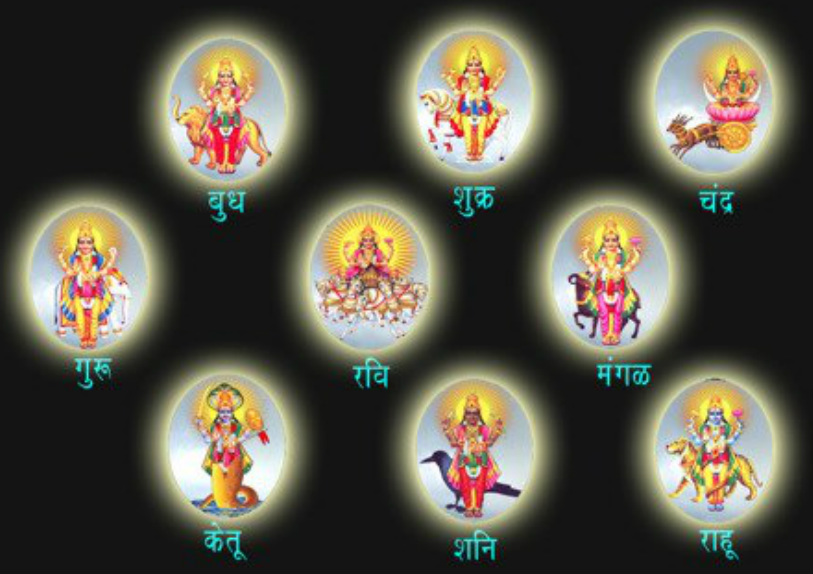
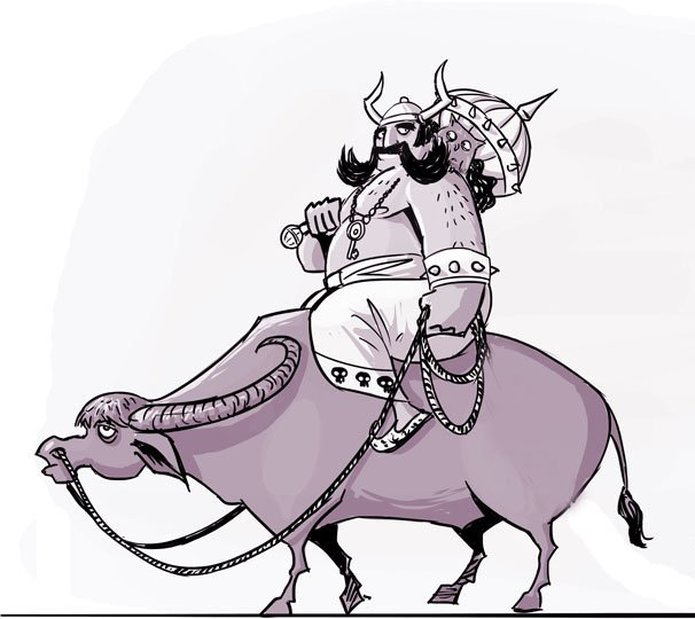

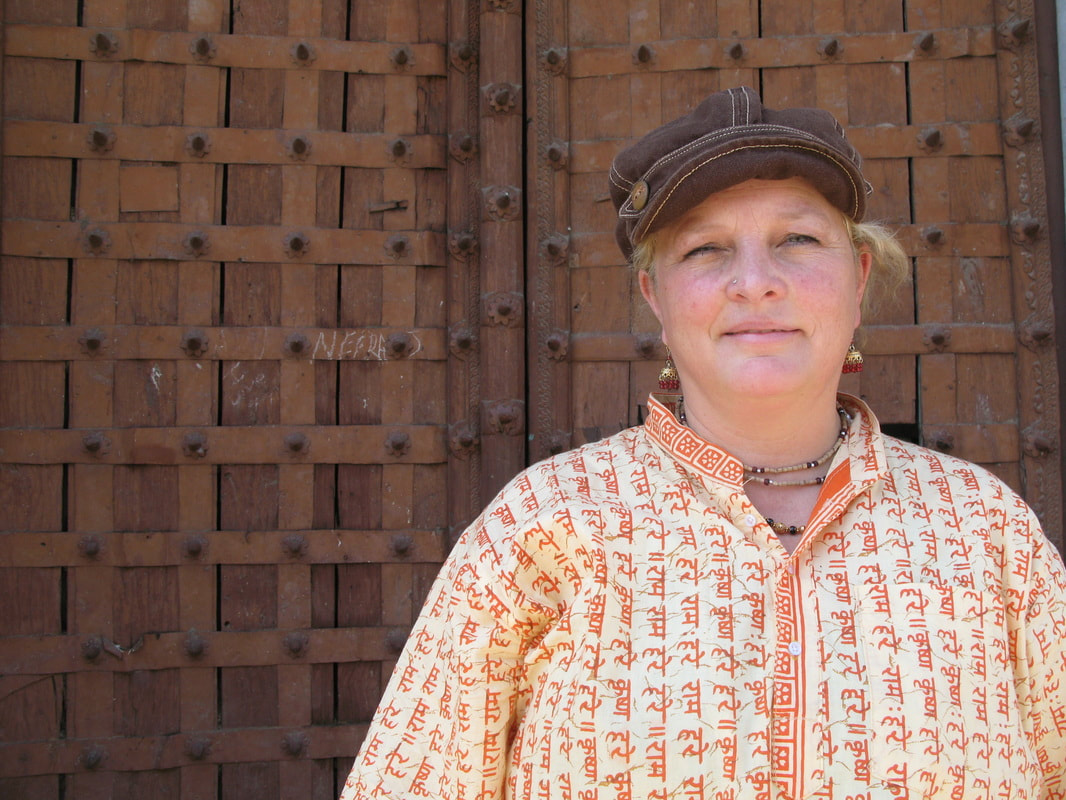
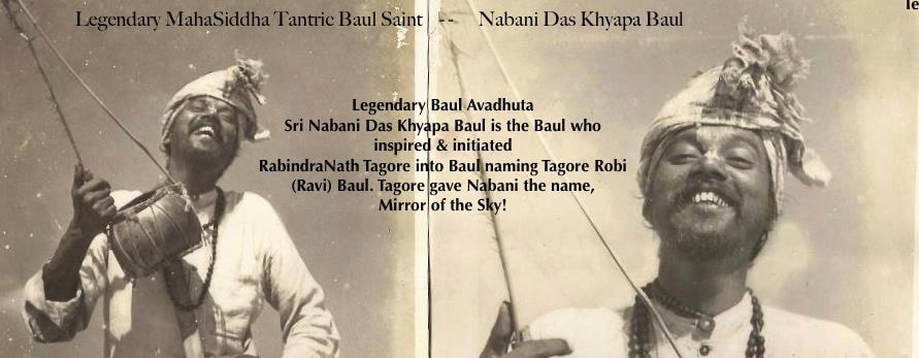
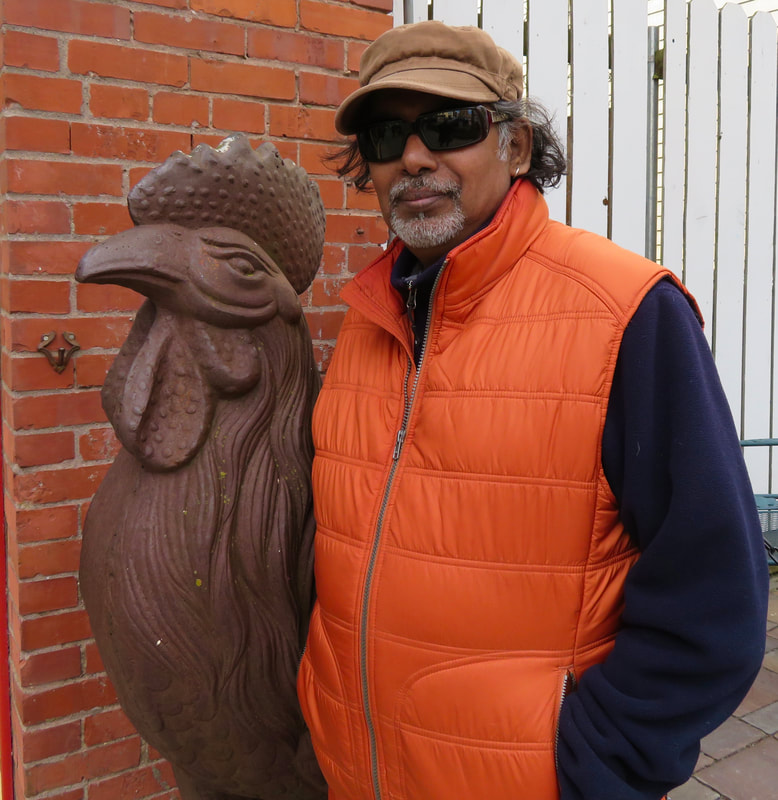
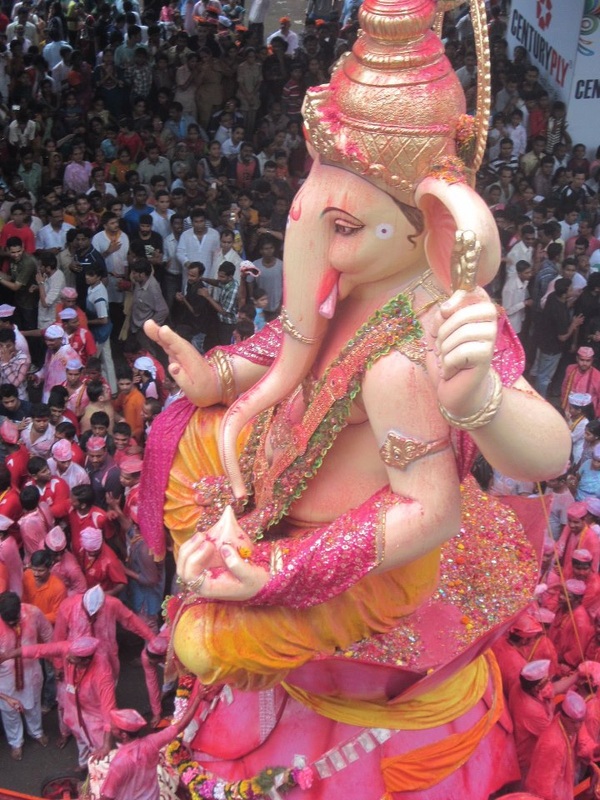
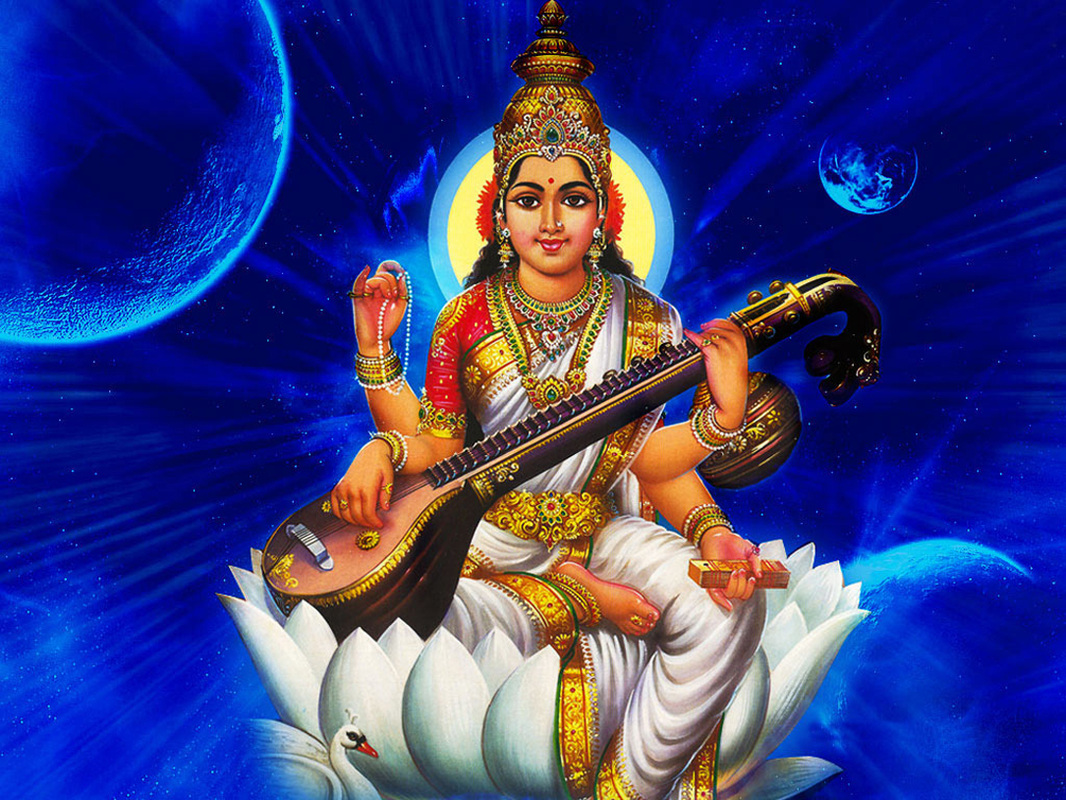
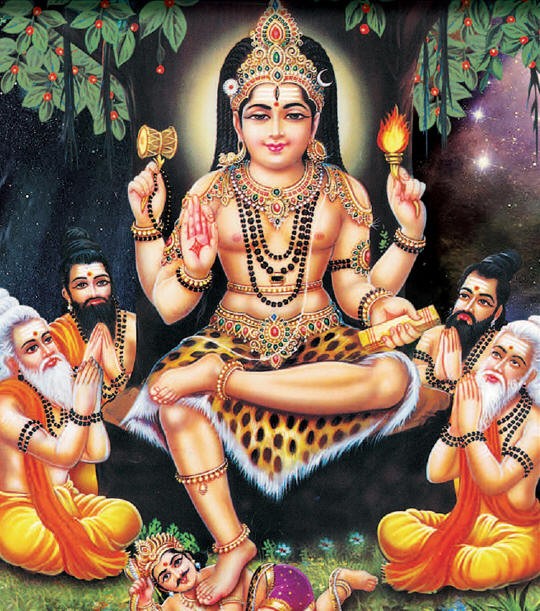
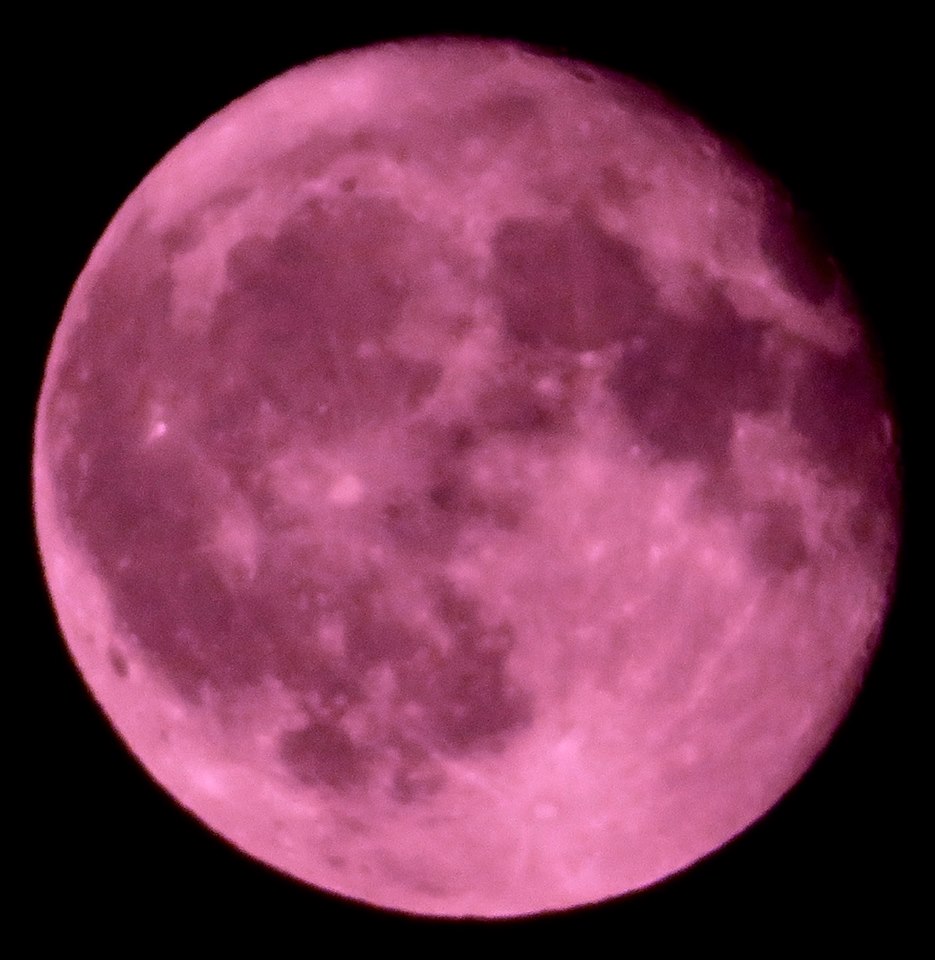
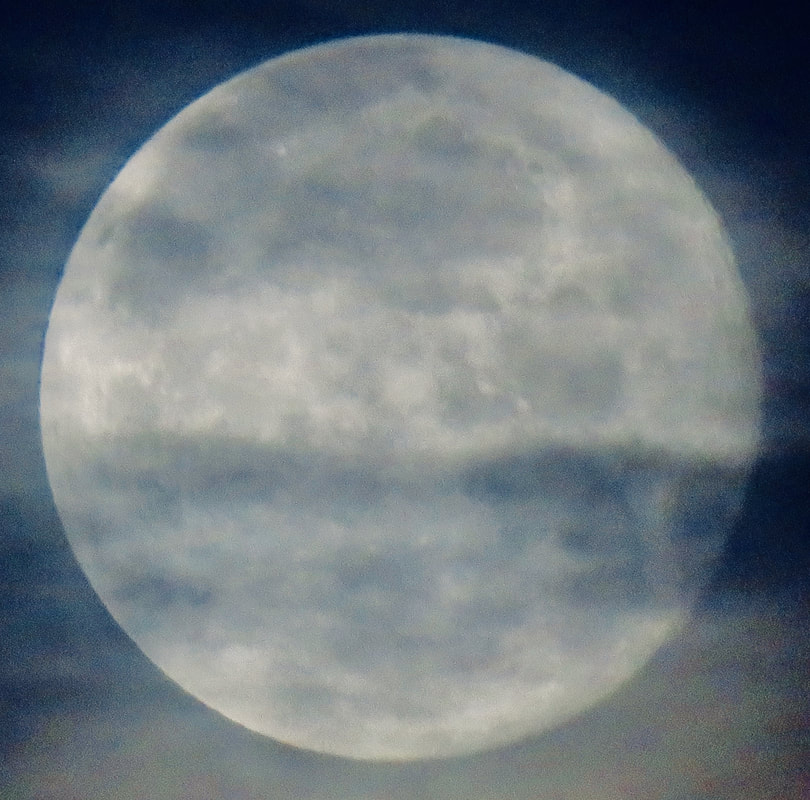
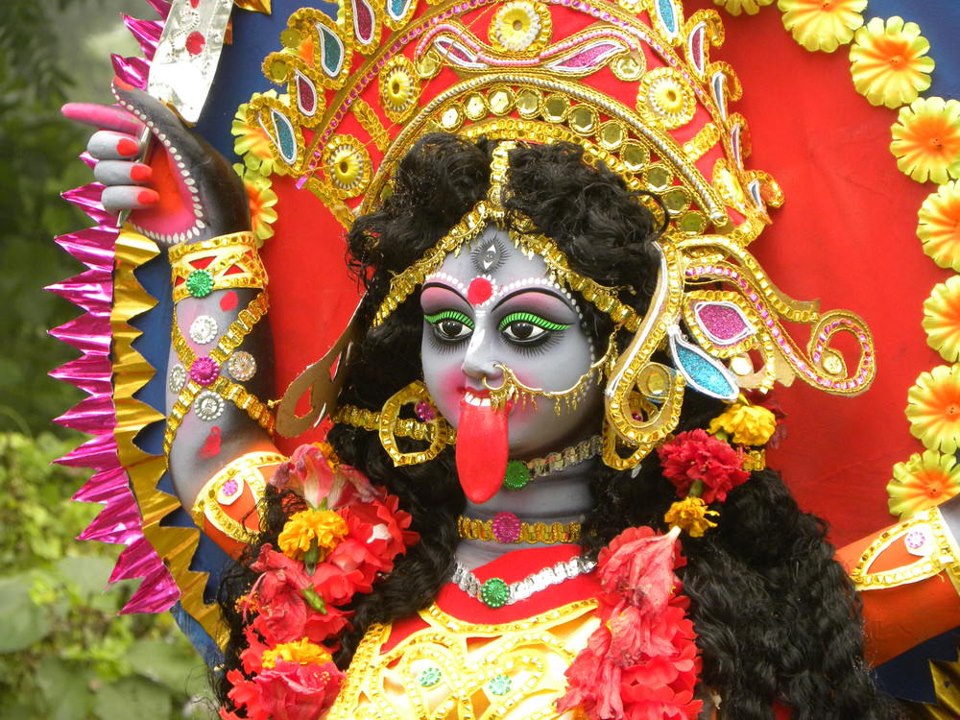
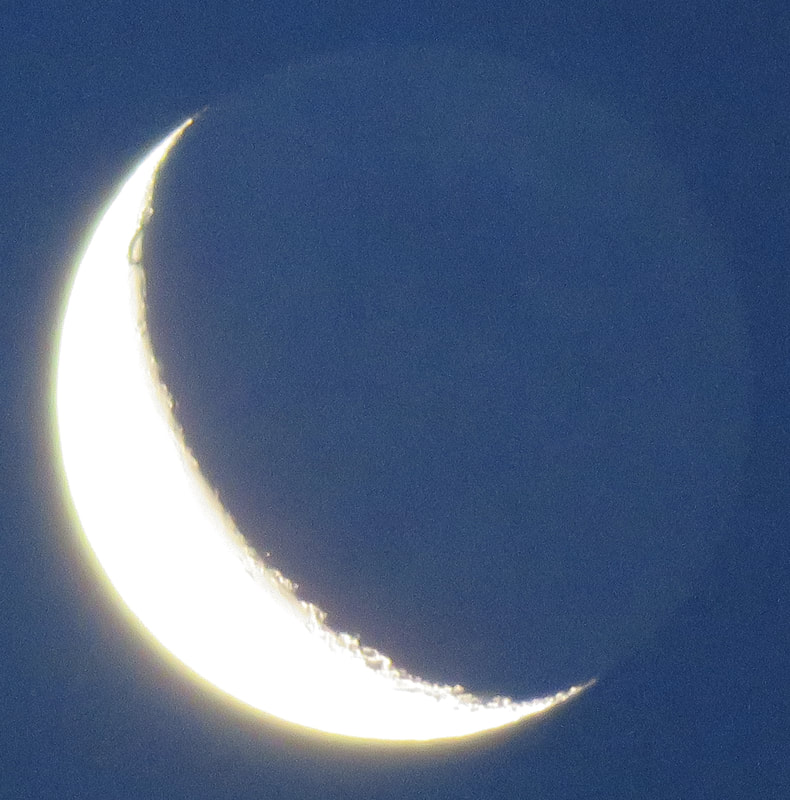
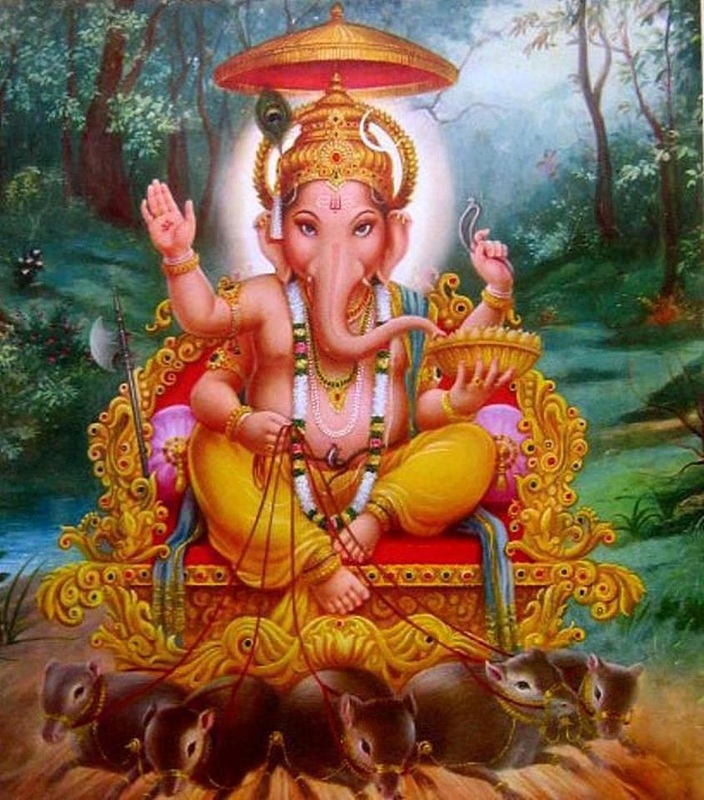
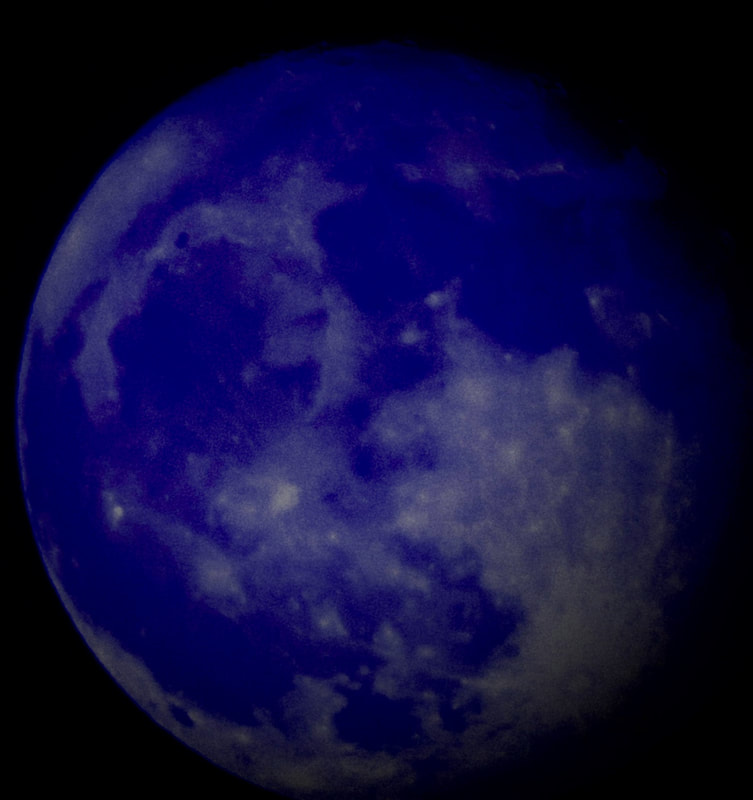
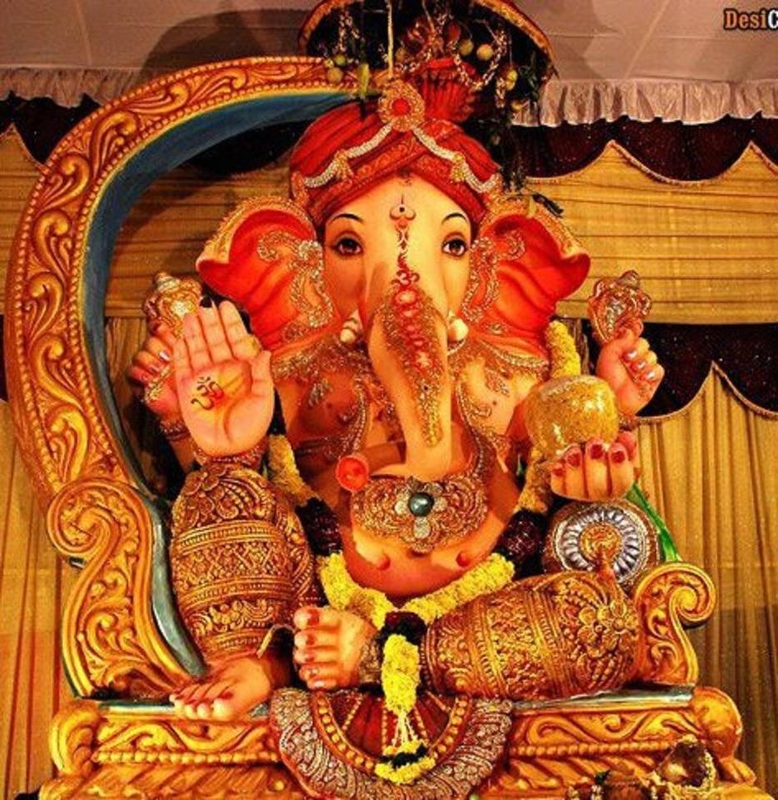
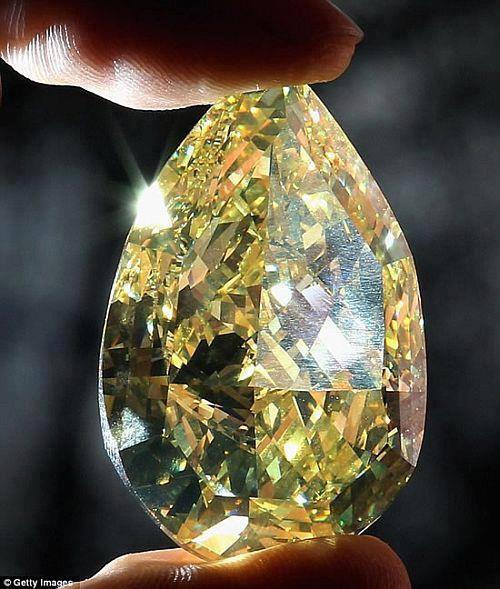
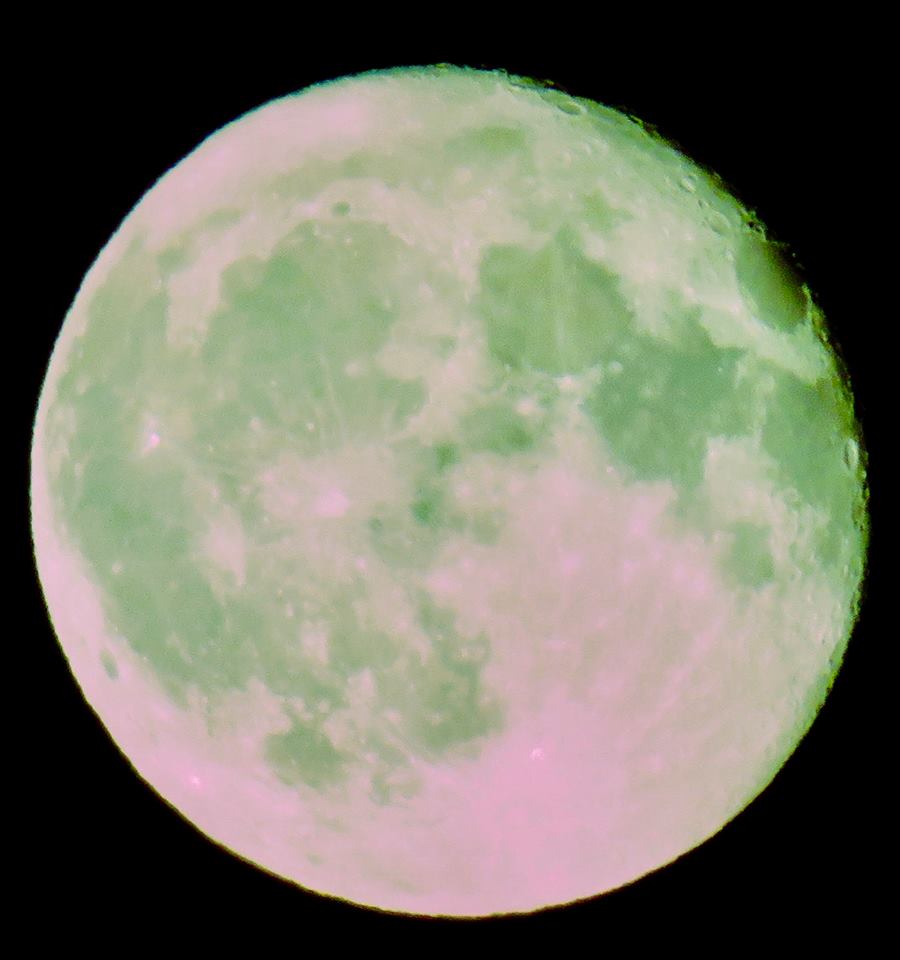
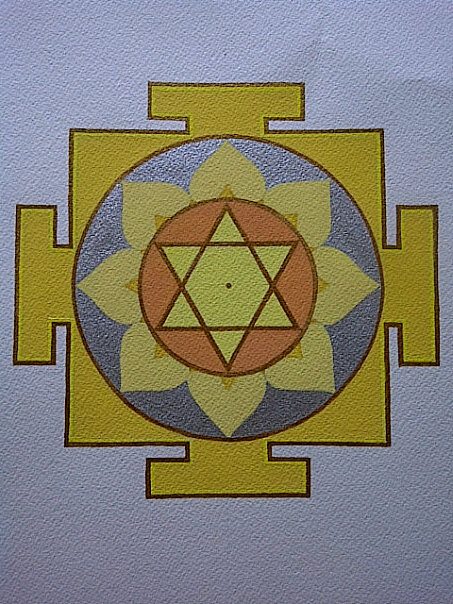
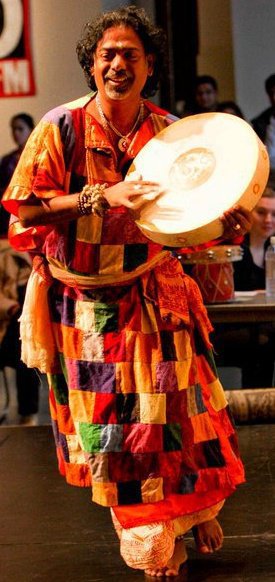
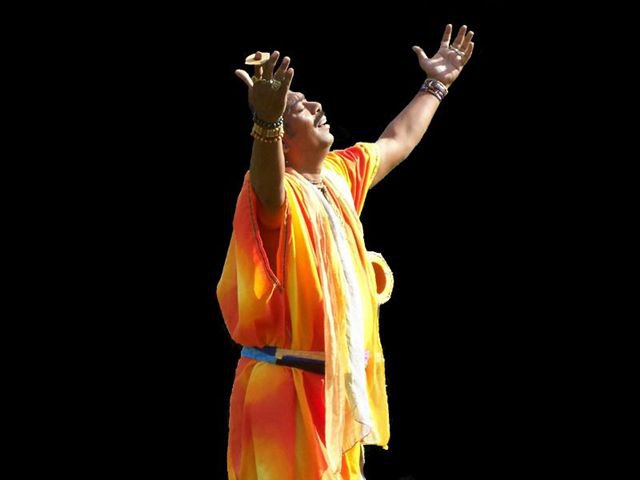
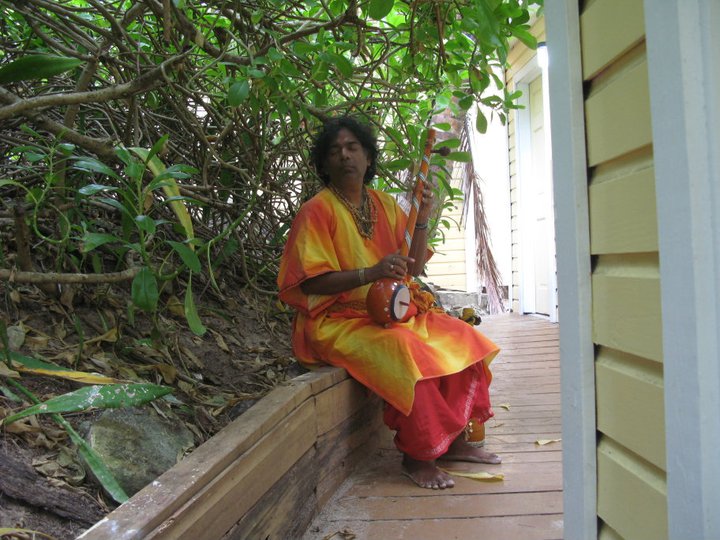
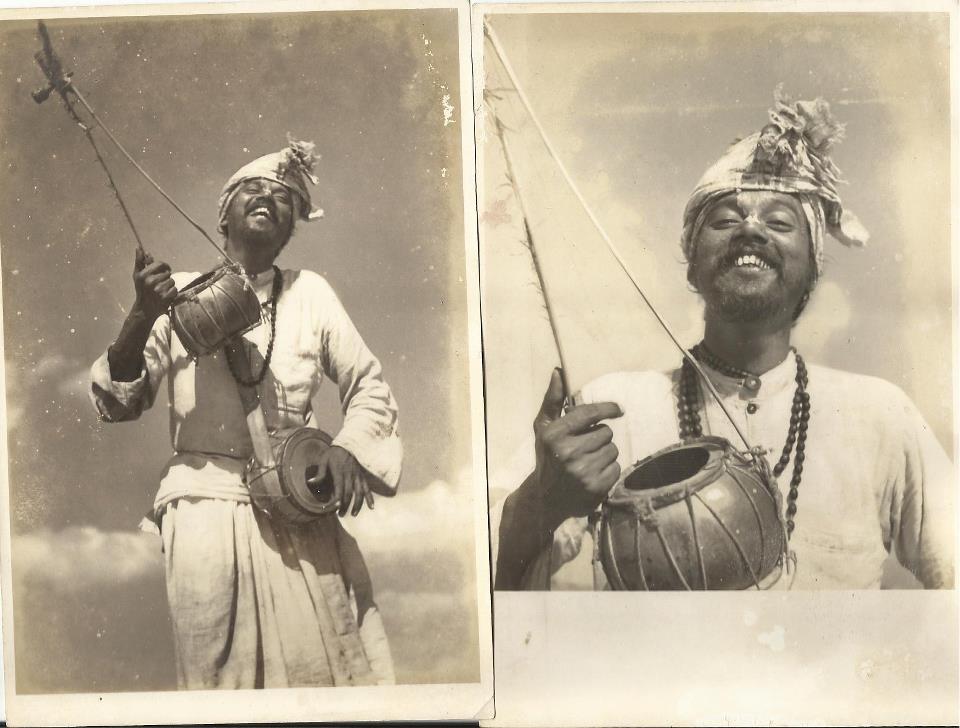
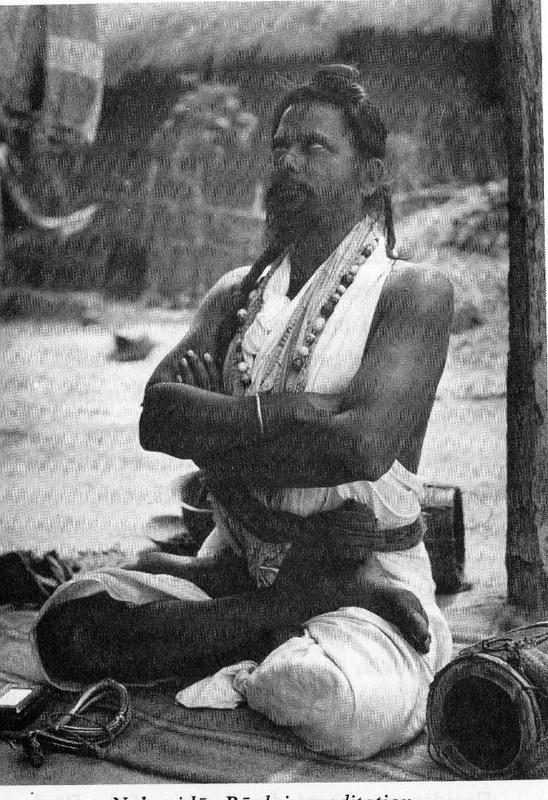
 RSS Feed
RSS Feed
